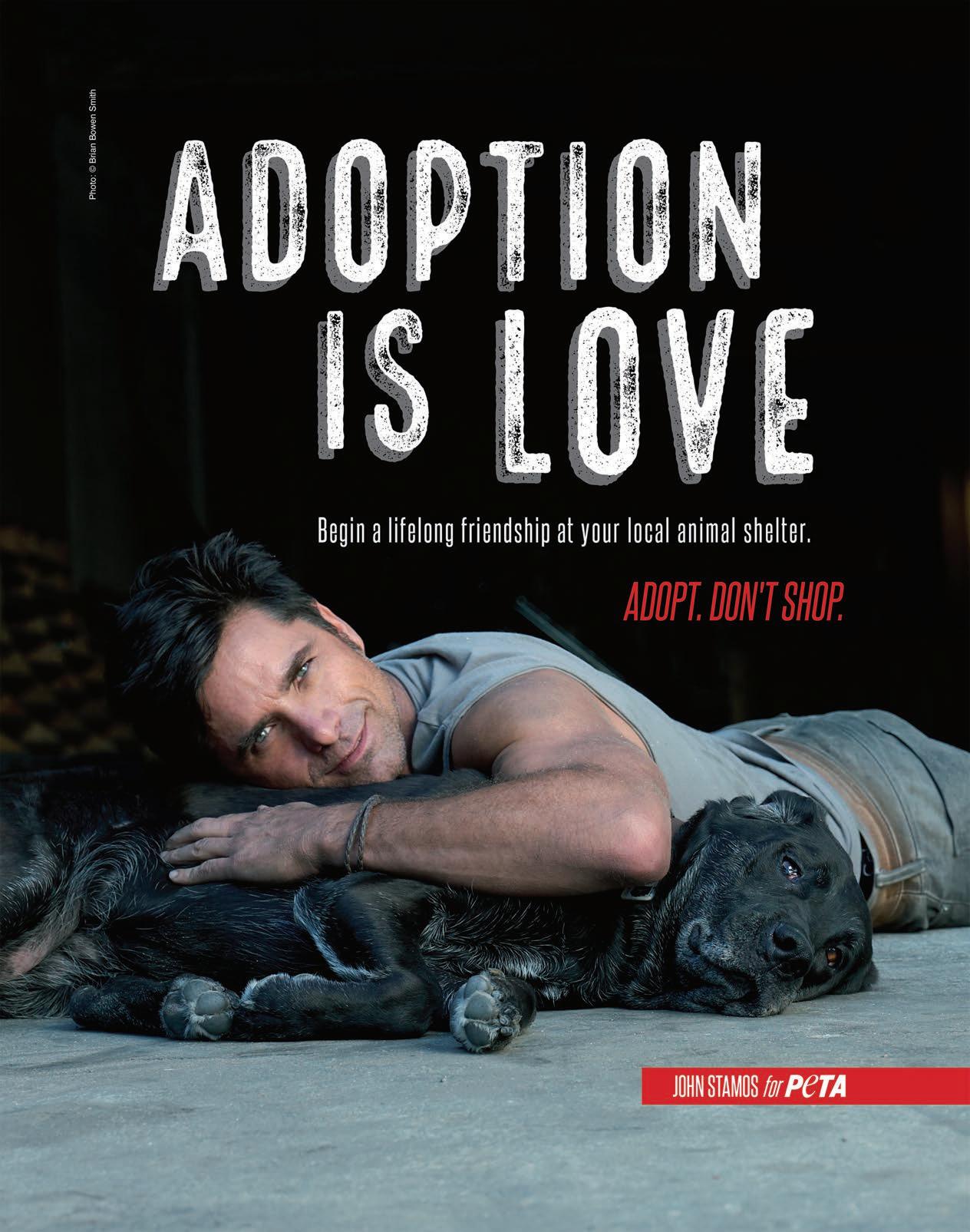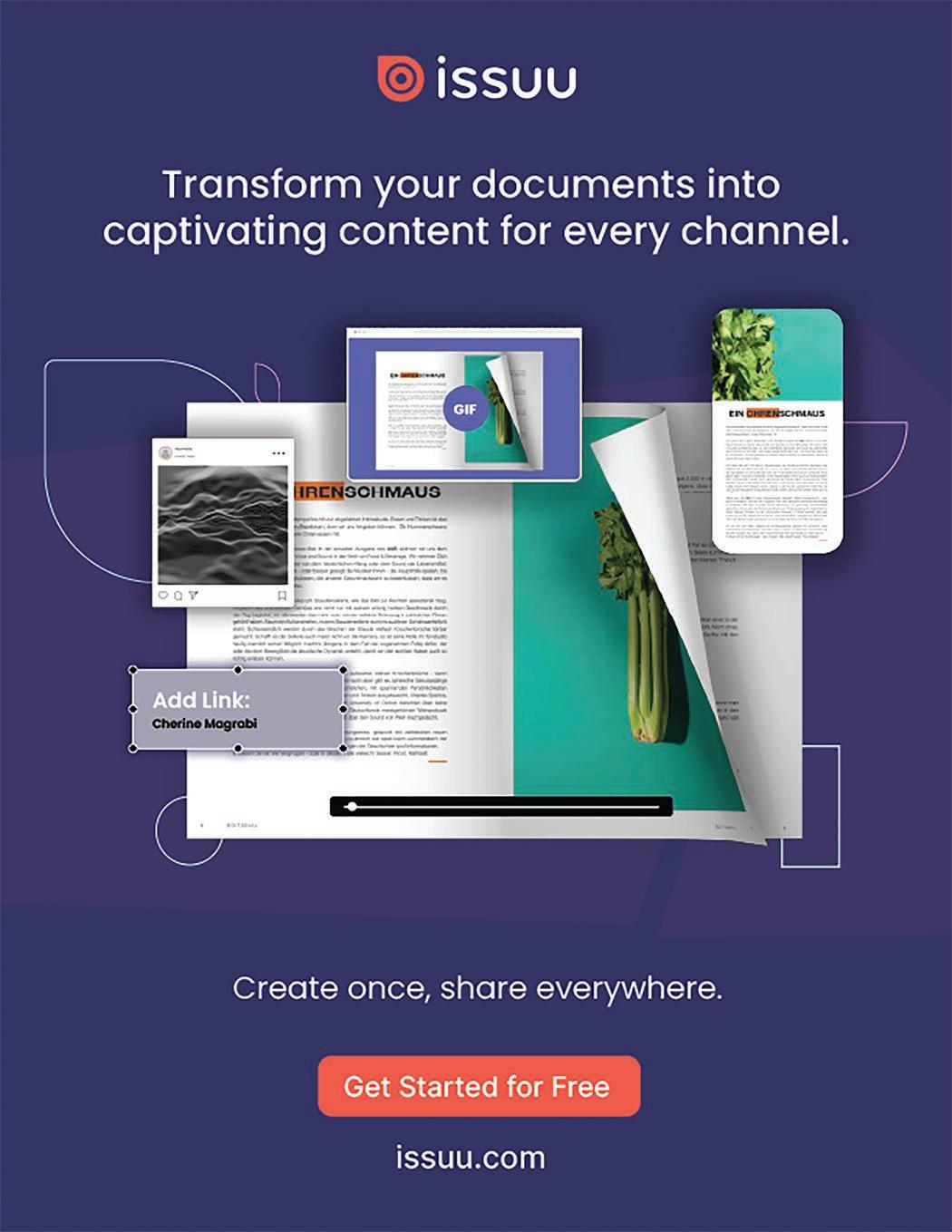EDEN

DO GHOST EXIST?
by Theresa Cheung
WHAT MEDITATION PRACTICE IS RIGHT FOR YOU?
by Dr. Taz Bhatia


DO GHOST EXIST?
by Theresa Cheung
WHAT MEDITATION PRACTICE IS RIGHT FOR YOU?
by Dr. Taz Bhatia
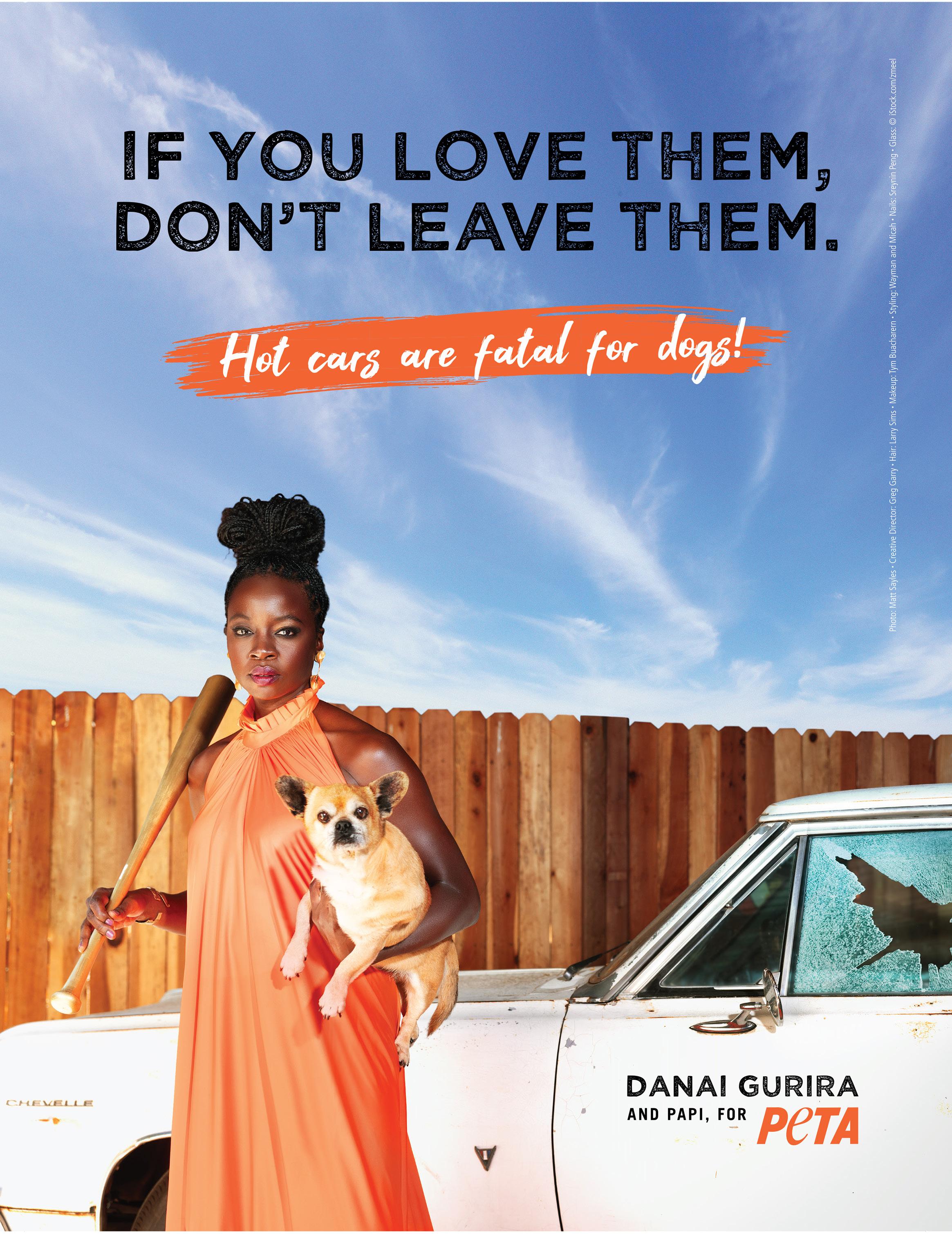




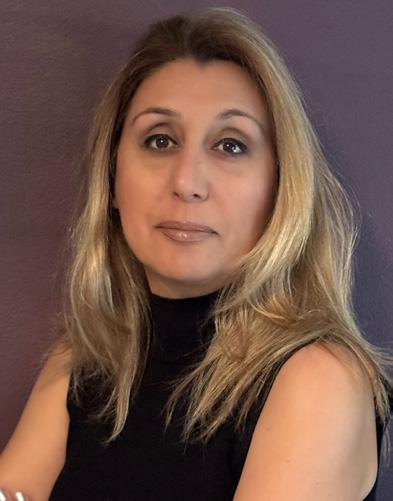
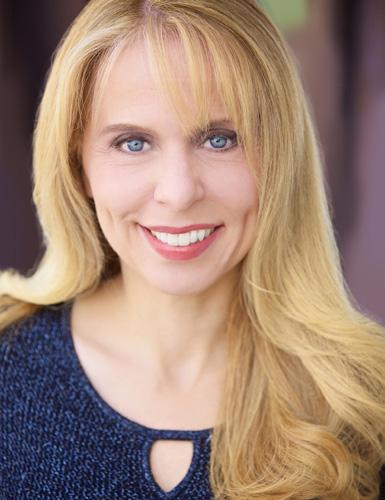

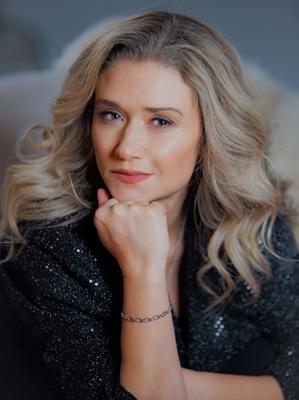
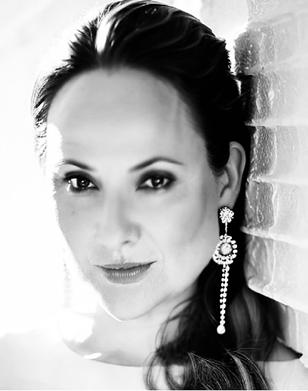
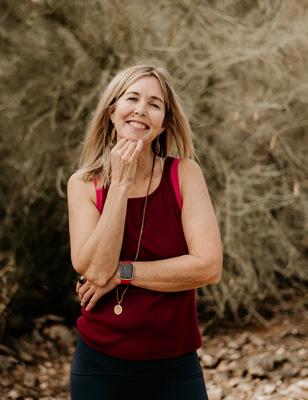
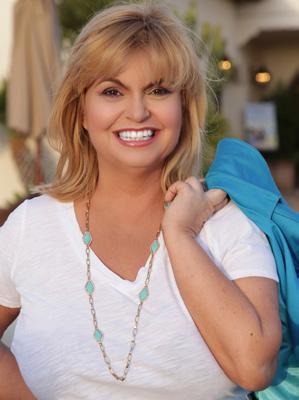
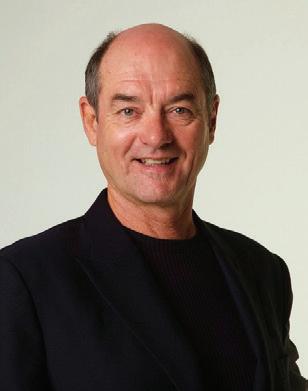
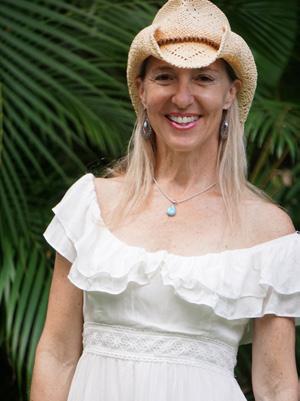
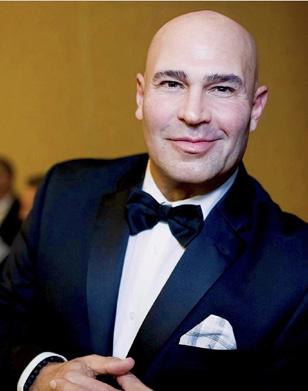
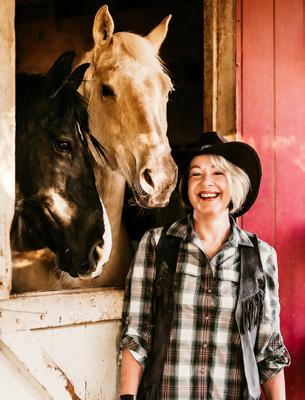
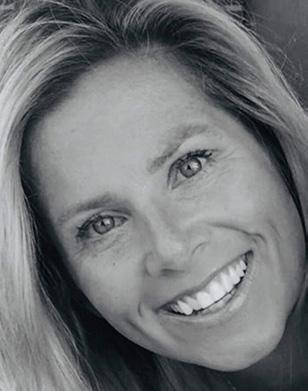
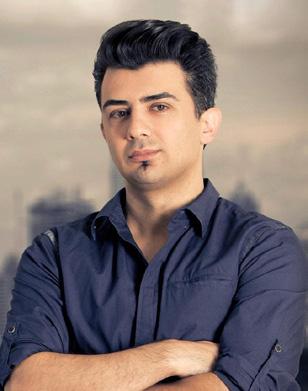
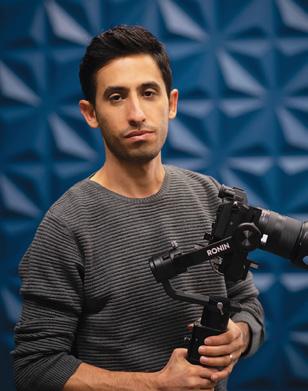
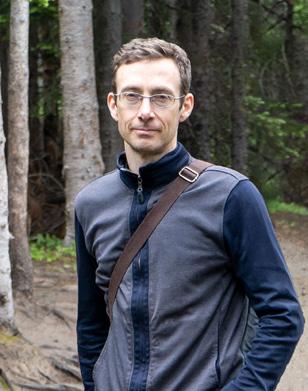
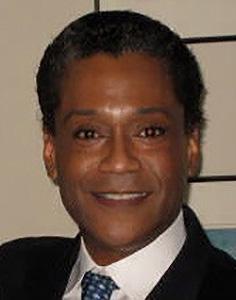

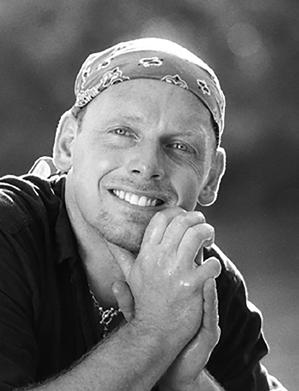
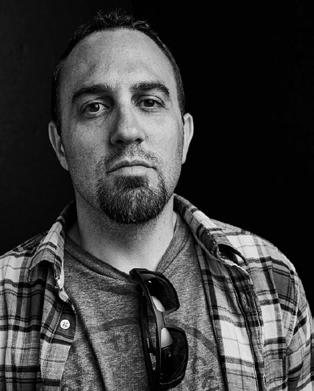

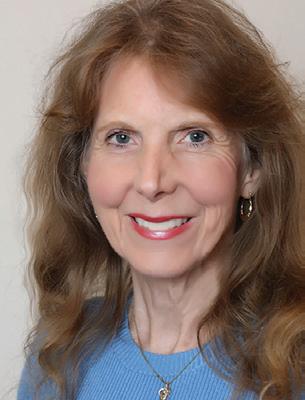

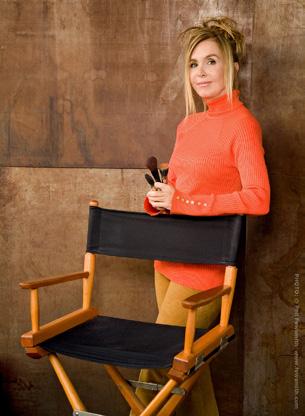
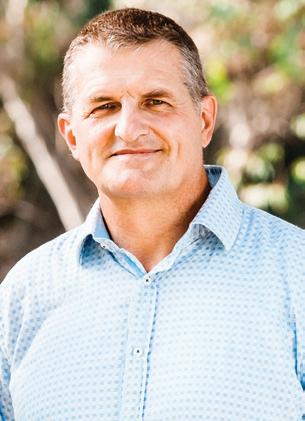
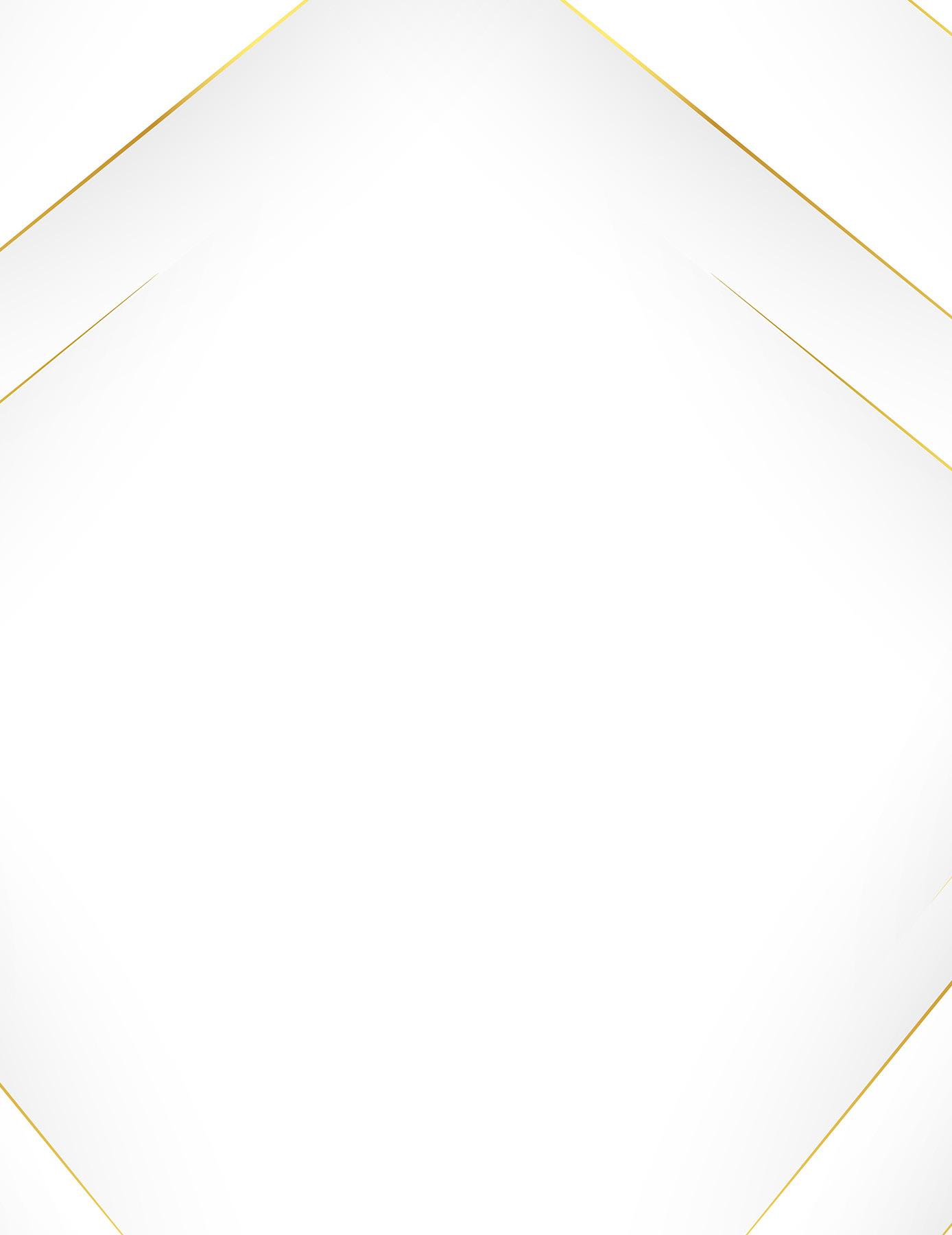
The Eden Magazine is a free online publication is your guide to healthy living, spiritual awareness, compassion and love for all living beings, holistic lifestyle, mindfulness, organic living, positive thinking, sustainability, and personal development
Founder & Editor-in-Chief
Maryam Morrison
Executive Editor/Contributing Writer
Dina Morrone
Contributing Writers
Dulce Garcia-Morman
Susanna Schroadter
Alexia Melocchi
Sherri Cortland
Joe Santos, Jr.
Dr. Rob Moir
Emilie Macas
Jan Wakefiled
Nikki Pattillo
Polly Wirum zee
Guest Writer
Philip Smith
Contributing Stylists + Makeup Artist
Edward Hakopian
Lisa Joy Walton
Graphics & Photography
JSquared Photography @j2pix (Los Angeles)
Artin Mardirosian (Nexision) (Los Angeles)
Benjamin D. Buren – AliveStudios.Com (Denver, SanFrancisco, Boston)
Sheri Determan (Los Angeles)
Greg Doherty (Los Vegas)
Ben Rollins (Atlanta)
Web developer
Brad wallace https://bradwallacedesign.com/
325 N. Maple Dr. Po Box 5132 Beverly Hills, CA 90209
To purchase a copy, visit us at www.theedenmagazine.com


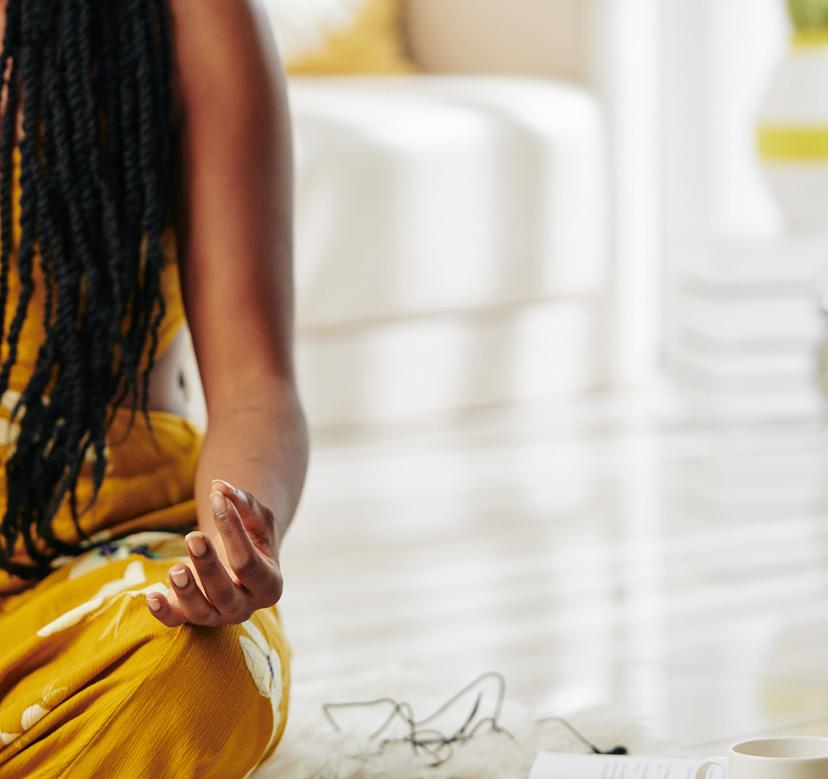
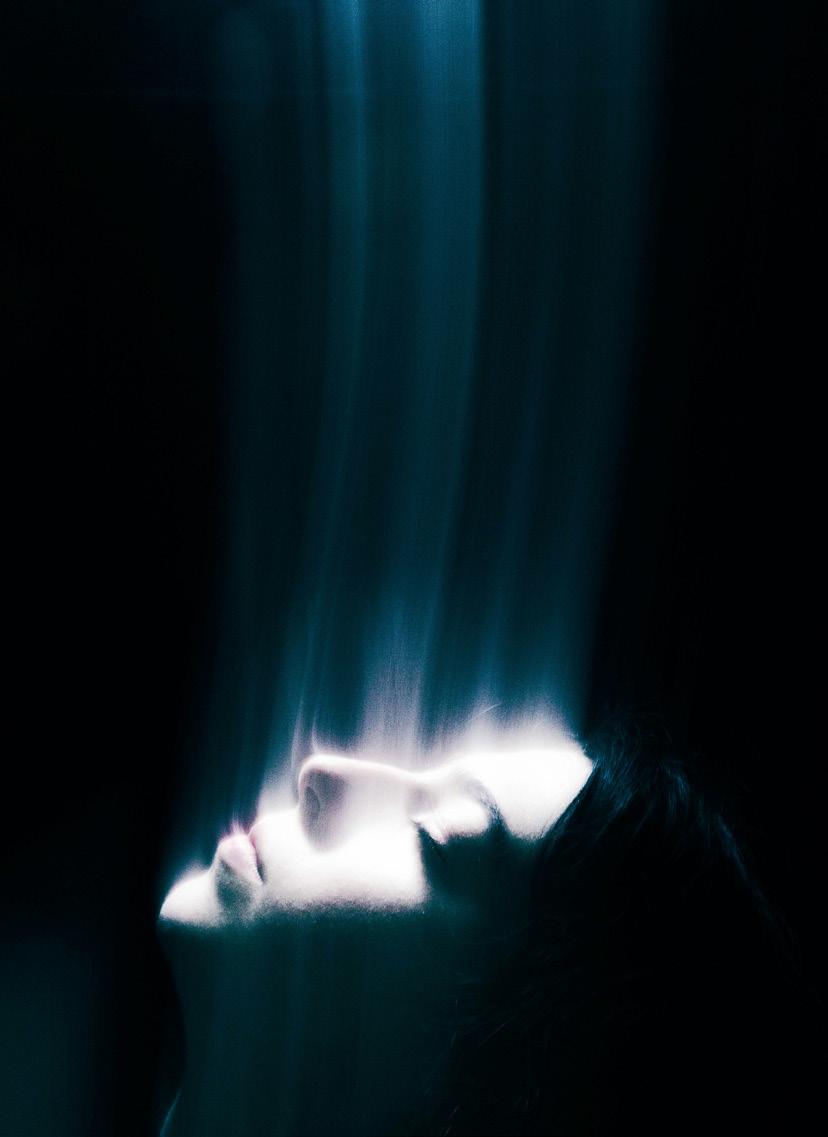
64
HOLLYWOOD & MIND WITH MARLON WAYANS ANCHORS IMPORTANT CONVERSATION ON BLACK REPRESENTATION & MENTAL HEALTH
70 EXPOSE 1 WE DO NOT KNOWN THYSELF by Zee
74
HOW AFFIRMATIVE PRAYER HELPED ME... by Polly Wirum
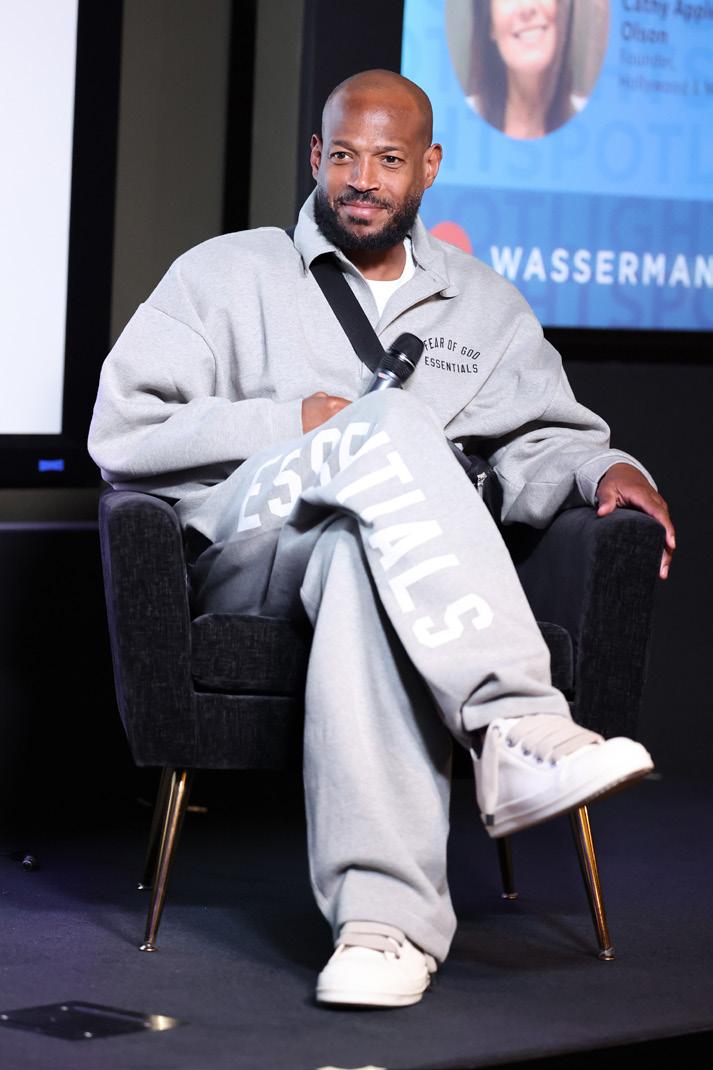
80
THE LOST & FOUND by Joey Santos
82
THE AGE OF AQUARIUS? YES, PLEASE by Dulce Garcia-Morman
90
HOW TO SAVE OUR COCOON HOME; WAYS TO PROTECT PLANET EARTH by Carl G. Showengerdt
96
9 STRATEGIES TO FIGHT LONELINESS by Shari Leid
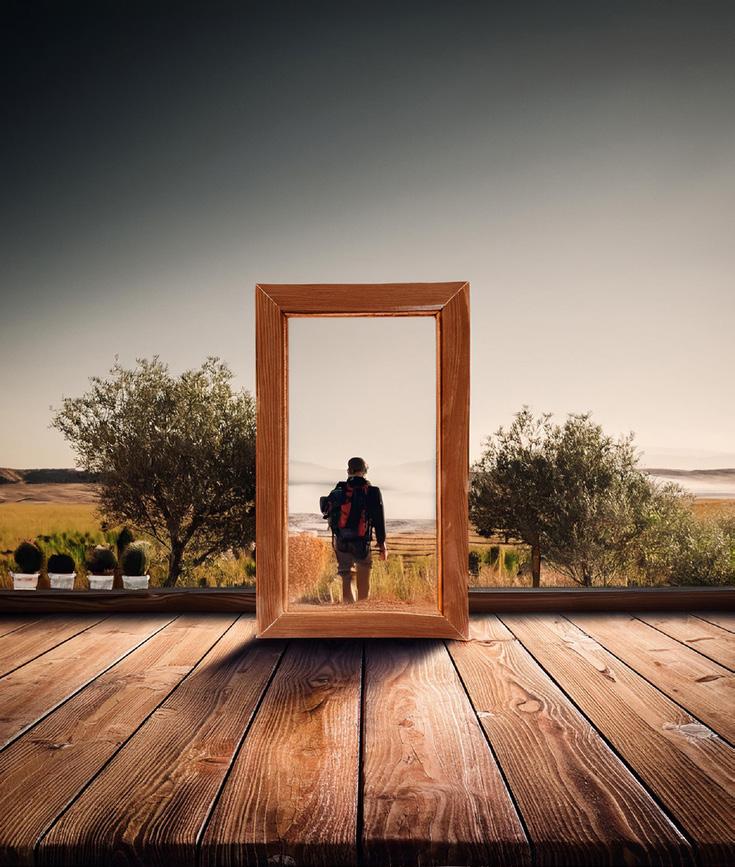
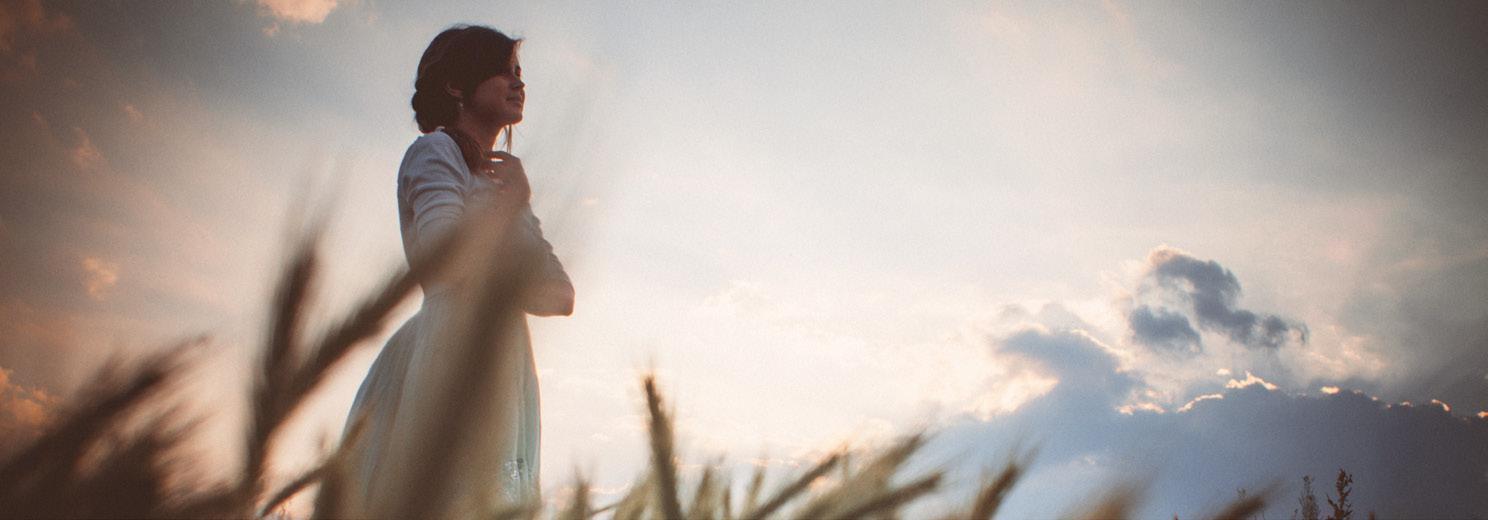
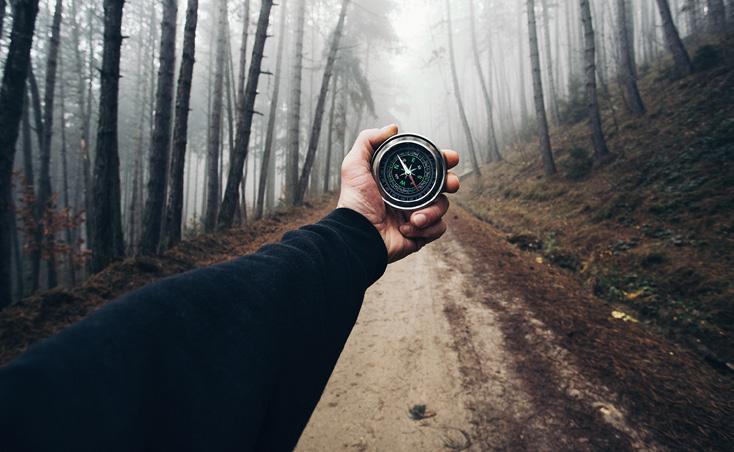



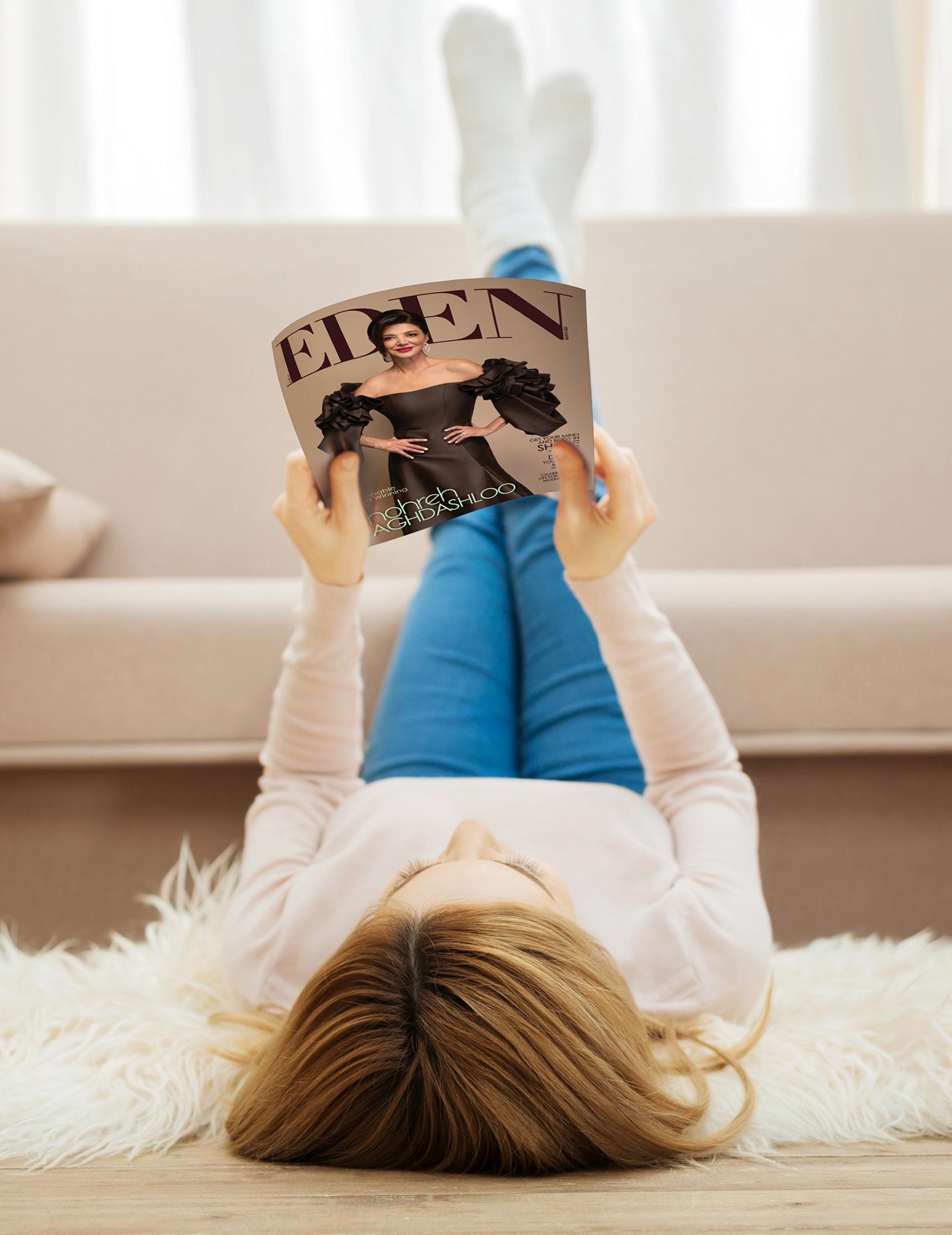

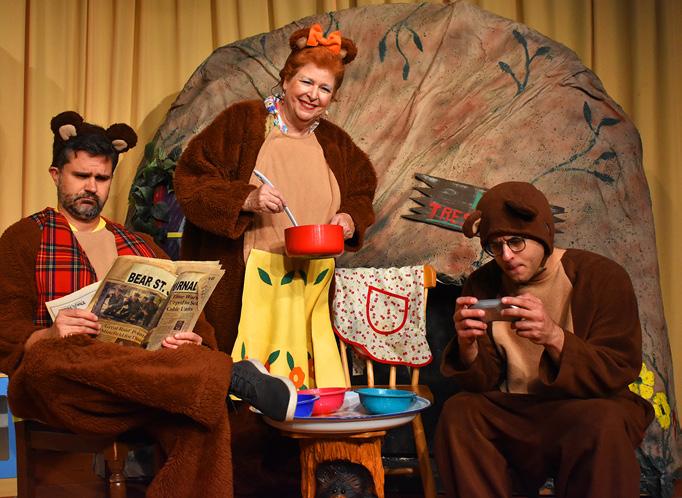
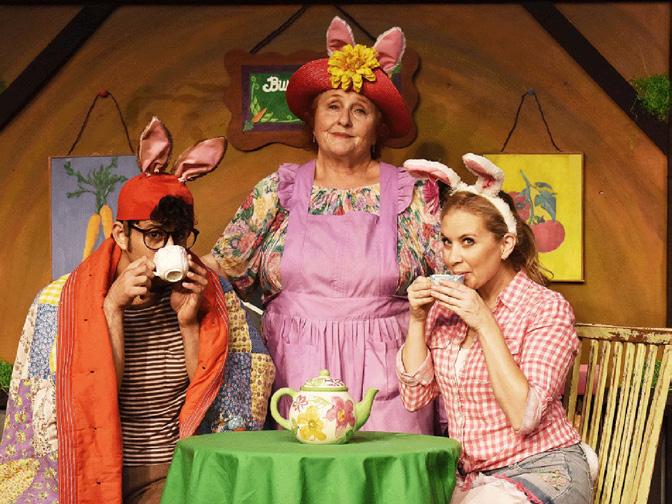
Written by Dina Morrone
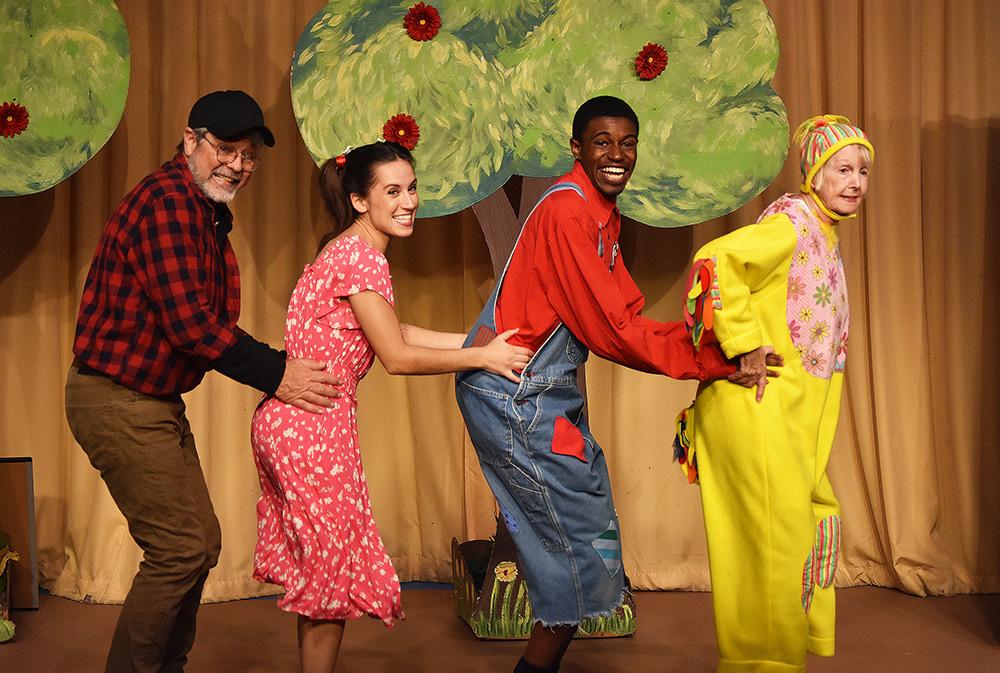
Lloyd and Barbara Schwartz are this project’s brains, heart, and soul. After the birth of their first son, Andrew, Lloyd, and Barbara noticed a shortage of quality children’s theatre in the Los Angeles area and decided to do something about it. Lloyd wrote the book, music, and lyrics and directed their first children’s musical, Little Red Riding
Hood. They rented the park auditorium near their house, and the play sold out immediately. It was such a success that legendary Theatre West (www.theatrewest.org) asked them to bring their play to the company. According to Actors Equity Association, Storybook Theatre is one of the highest-impact children’s theatres in the US.
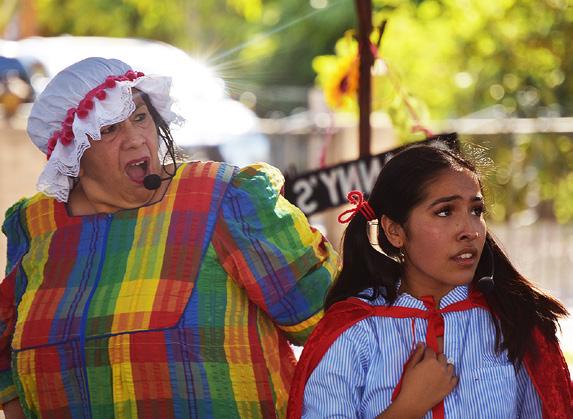
Storybook Theatres’ current production of The Ugly Duckling opens on October 12 and runs every Saturday at 1 p.m. until Jan. 11, 2025.
On September 29th, 2024, Theatre West celebrated Barbara and Lloyd’s contribution with a huge surprise party. They received honors from the Hollywood Chamber of Commerce and LA City Councilmember’s office (Nithya Raman) for their 40 years of producing award-winning Children’s Theatre in Los Angeles.
Storybook Theatre’s unique participatory interactive musicals have delighted over half a million children in the Los Angeles area. They perform on Saturdays and have special field trips to schools and various charities.
Book by Lloyd J. Schwartz. Music and lyrics by Adryan Russ. Produced and directed by Barbara Mallory Schwartz for Storybook Theatre. The cast includes Kathy Garrick, Elise Walters, Briana Burnside, and Paul Denniston.
Understudies: Kerry Melachouris, Jennifer Whitman, Kelsey Johnson, Hasan Crawford. Stage managers: David P. Johnson, Leesa Freed.
The reviews over the years have been outstanding.
The Los Angeles Times said: “Storybook Theatre’s appeal over all these years is its unscary, playful theatrical setting and a good-natured invitation for young children to become part of a familiar story. Nobody does it better!”
L.A. Parent Magazine declared Storybook Theatre “The Best Children’s Theatre in the city.”
Los Angeles Magazine said, “Storybook Theatre is one of the 200 reasons not to leave Los Angeles.” Barbara and Lloyd pride them-
selves on the fact that their plays are nonviolent and contain messages that make parents happy to accompany their children to the theater. Each of their eighteen original musical productions retells a famous story or a theme that provides immediate familiarity for their young audiences.
Storybook Theatre’s catalog of plays includes Snow White, Sleeping Beauty, Cinderella, Aladdin, Jack and The Beanstalk, and The Pied Piper, to name a few.
One of the aspects of Storybook Theatre plays is their appeal to the audience’s imagination. They are presented with colorful costumes, but the sets are minimal. The songs are sung to professional tracks, and each play has only four or five performers and travels easily. Each show takes into account the attention span of the audience and runs fifty minutes to an hour with an intermission. Intermission is also a special part of the show’s experience because children are given juice boxes and cookies. After the show, they can meet the play’s colorful characters and take pictures with them.
The shows are just as much fun for adults. Watching the children interact and engage with the characters on stage, participating from the audience by answering questions, or just seeing the joy and excitement on their faces can melt your heart and put a smile on your face.
Theatre West, 3333 Cahuenga Blvd. Los Angeles, 90068

About Theatre West:
Established in 1962, Theatre West is celebrating its 62nd year as the oldest continually running professional theatre company in Los Angeles. It is a membership collective of actors, playwrights, directors, and technicians. Theatre West’s alumni members include Ray Bradbury, Beau Bridges, Richard Dreyfuss, Sally Field, Betty Garrett, Martin Landau, Lee Meriwether, Jack Nicholson, Carroll O’Connor, Sherwood Schwartz, Joyce Van Patten, and Paul Winfield. Theatre West has produced more than 300 plays and musicals. Of these plays, nearly 70% are original works developed in its workshops, and many have led to Broadway, regional tours, and feature films, including A Bronx Tale by Chazz Palminteri; A Very Brady Musical by Lloyd Schwartz and Hope Juber; Our Man in Santiago by Mark Wilding that transferred to Off-Broadway in the Fall of 2022; our co-production of Eisenhower: This Piece of Ground that went to Broadway in 2023, and in 2025 David Johnson’s musical Sally Spectre will also open off-Broadway. www.theatrewest.org
*For tickets or bookings for Schools or Charities, call (818) 761 2203 www.theatrewest.org

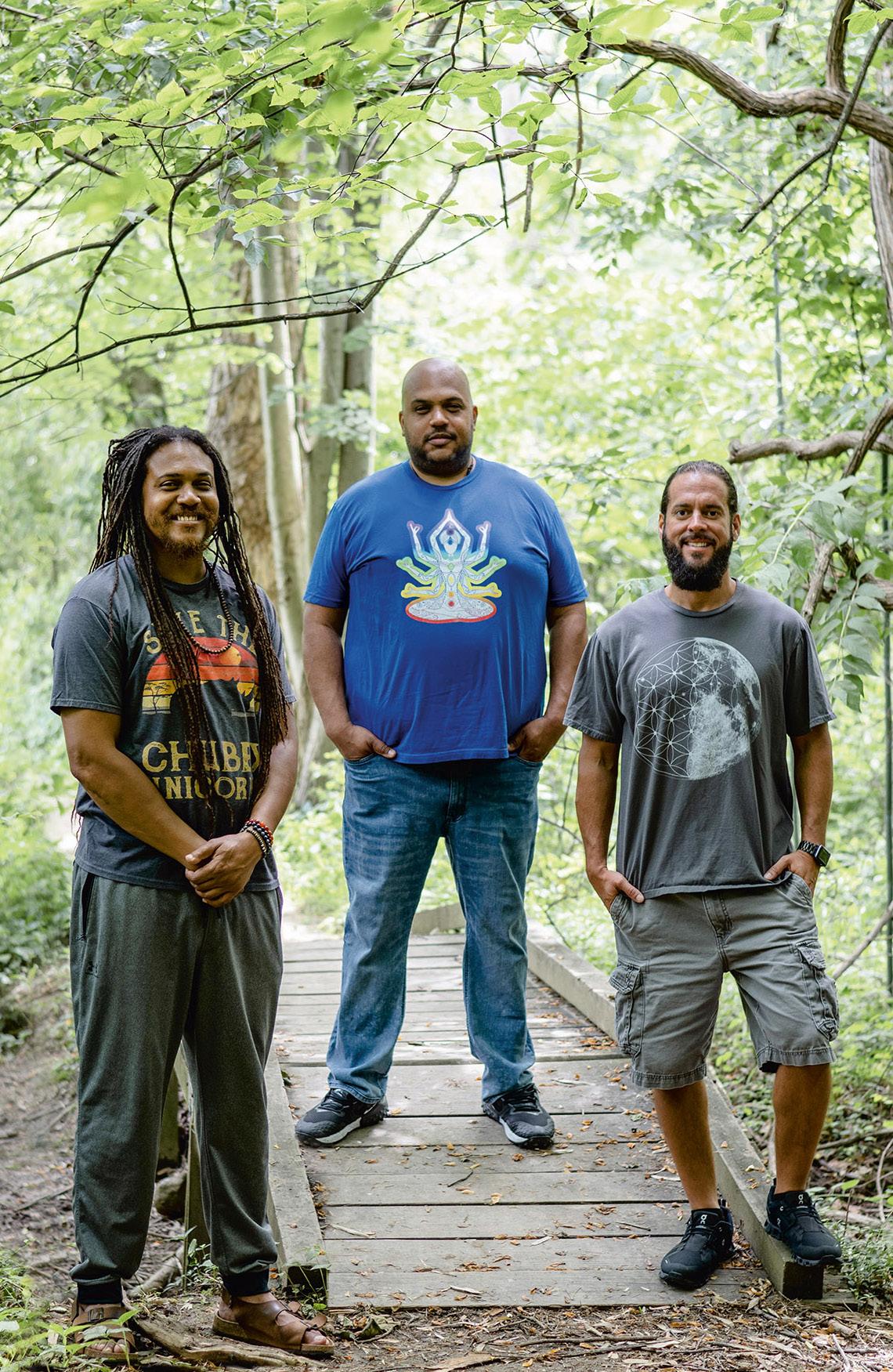
In the heart of Baltimore, an extraordinary transformation is unfolding—one that extends beyond the individual to touch the lives of entire communities. This BIPOC-led initiative, founded in 2001 by Ali and Atman Smith along with their friend Andres Gonzalez, has been at the forefront of weaving mindfulness and yoga into the fabric of underserved communities. We delve into how the Holistic Life Foundation is reshaping underserved communities with each breath and movement. At the heart of their mission is the powerful convergence of love and breath, essential elements that guide all their transformative work. The impact has been nothing short of incredible: since its inception, the foundation has reached over 150,000 youth and adults in Baltimore and continues to expand its influence. For example, in one of Baltimore’s most challenged neighborhoods, the Holistic Life Foundation’s Mindful Moment program dramatically turned the tide at a local school from over 100 suspensions annually to zero suspensions for eight consecutive years. This profound change is mirrored in personal transformations—
children leaving gangs, stepping down from psych medications, and emerging as community leaders—all testament to the foundational power of mindfulness cultivated by the Holistic Life Foundation.
The Smith brothers were born and raised in West Baltimore, where they were instilled with a deep understanding of the racial and class-based inequities affecting their community by their parents, neighbors, and Uncle Will. After graduating from the University of Maryland at College Park, they returned to their old neighborhood, with co-founder Andres Gonzalez. They witnessed firsthand their community’s challenges—from systemic neglect to widespread health disparities. This intimate understanding of these issues and their rich cultural heritage fueled their mission to ignite lasting change. By integrating mindfulness, yoga, and environmental consciousness into its programs, HLF addresses the multifaceted needs of the communities it serves and promotes a holistic model of healing.

To gain deeper insights into HLF’s journey and its profound impact on the community, we spoke with co-founder Andres Gonzalez. His reflections provide a unique window into the soul of the foundation’s work and its aspirations for the future.
Interview with the Co-Founders Ali Smith, Atman Smith & Andres Gonzalez:
From the inception of the Holistic Life Foundation, how have you seen the influence of your programs evolve in the communities you serve, particularly in Baltimore? Could you share a story that exemplifies this impact?
Andres: We started our organization because we wanted to help people help themselves via a variety of practices that we had been given by our teacher, which had helped us out immensely. We had been conducting after-school programming for over 5 years when this situation occurred.
The story is about a young lady named Janasia. Janasia grew up in the same projects as Freddie Gray, and she didn’t have all of the same material things that other kids had (i.e., cool clothes, shoes, backpacks, etc...), so sometimes kids would bully her. The thing is that her older brother knew how to box and showed her how to throw her hands, so when she did get bullied, she would fight the bully and usually win. You would
think the kids would have learned their lesson, but one day, Ali, Atman, the principal, and I turn a corner, and there is Janasia gripping this other kid up by their shirt and having them slammed up against the lockers. She looks at us, looks at the kid, looks at us again, looks back at the kid, and says, “You lucky I meditate.” she lets the kid go, sits down in a meditative posture, closes her eyes, and starts breathing. None of us could believe these practices’ profound impact and knew that we had to keep up with our mission. We have been doing so for almost 20 years since and have had a multitude of those students who we worked with in their youth now leading the programs in their own communities, across the nation, and worldwide.
Ali Smith: I think one of the most impactful and unexpected evolutions of our programs has been from service to job development and economic empowerment. When we started the Holistic Life Foundation, we were all about service to West Baltimore. We thought that to impact the world; we had to give all of our time to HLF and teach contemplative practices to as many people as possible. As things progressed, we had to start turning down contracts and limiting our reach because there’s only so much three people can do with 24 hours in a day.

One of the reasons we started HLF was our father’s push to be entrepreneurs. He always said that he didn’t want us caught up in the racism we would have to deal with in corporate arenas but wanted us to be able to employ people who looked like us. He would always say that he wanted HLF to be like Noah’s Ark so that we could employ people from our community who might need more opportunities to find meaningful and well-paying jobs in other places. We could hear those words echoing as we started looking for a solution to make a bigger impact. We shifted HLF from a group of 3 men giving all of our time to West Baltimore, to an organization that employed many people from underserved communities that served the world. We were empowering people with jobs that not only paid them well but helped them to make a positive change in the world. Many of those employees were former students of ours who we started with in elementary school and were now young adults with a deep yoga and mindfulness practice, giving back in the same way it had been given to them. The first time HLF programs
were able to run without us being involved was a day that changed HLF forever. Three guys couldn’t even make a dent in West Baltimore, but an organization with many employees could make a change in the world.
Atman Smith: The influence I’ve seen from our programs is multifaceted. Changing the structure of behavior-shaping institutions is hard, but we have done so through HLF. Baltimore City Public Schools (BCPS) aren’t really known to set up the masses to thrive. It is true that a lot of strong-willed youth that attend BCPS do thrive and are trailblazers in their fields, that masses usually get caught up in the school-toprison pipeline, and that has a lot to do with the punitive approach to disciplining the youth through detention, referrals, and suspension. Holistic Life Foundation created an innovative way to support youth dealing with undiagnosed trauma, which usually plays out as “bad behavior”. HLF created a revolutionary school-wide intervention called the Mindful Moment program that has totally transformed the school’s culture.
This is great because it brings down suspension and referral numbers in the school setting, but in real life, it teaches young people how to respond instead of react, which could not only save them from being arrested but could actually help save their lives in life or death situations.
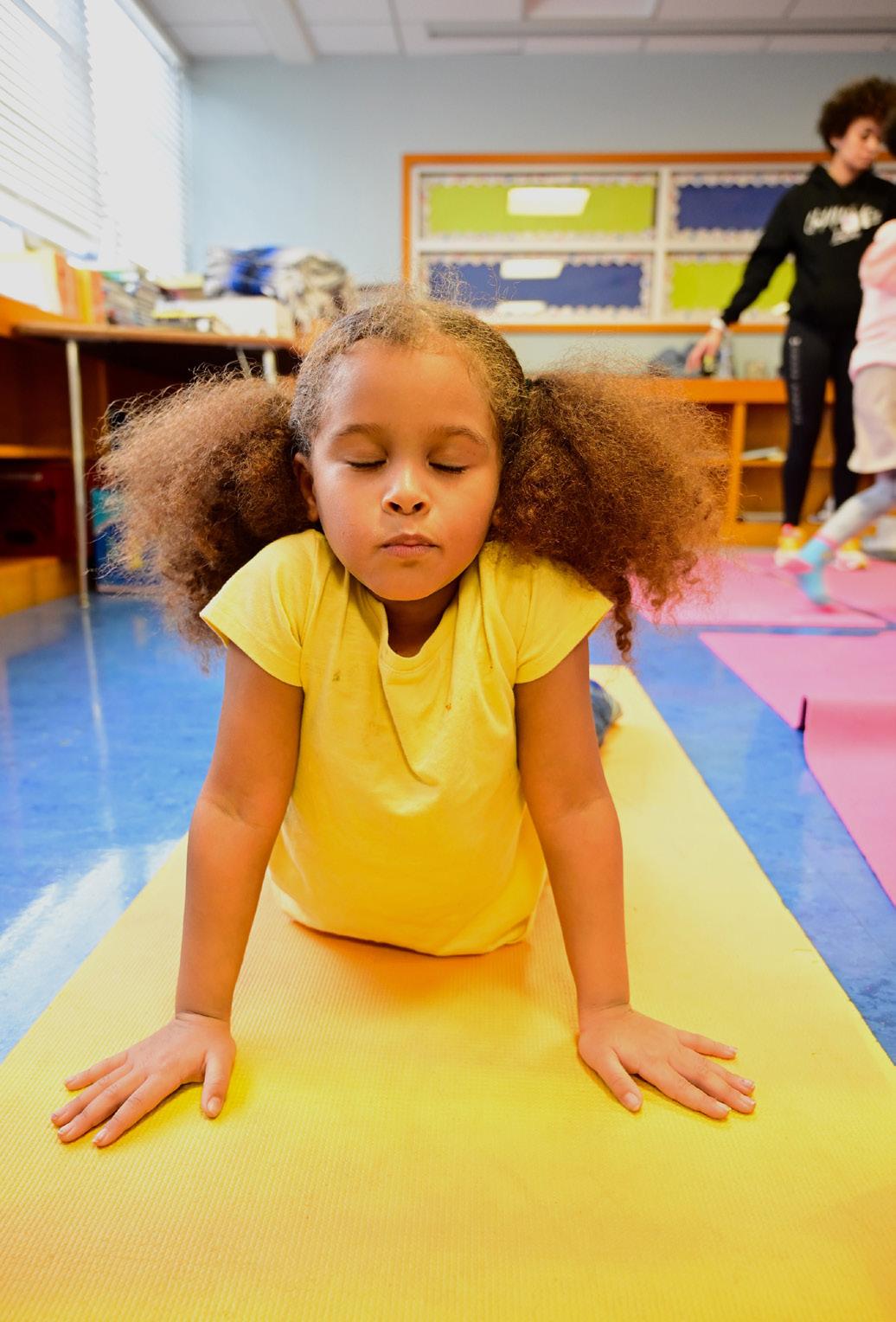
We have a room in schools called the Mindful Moment room, which students and teachers have dubbed the school oasis. It’s a place where students in crises can come to de-escalate themselves with the support of the HLF staff that staff the room during the school day. Students can get referred there by teachers and administration (or in high school, they can self-refer) for a duration of fifteen minutes. At that time, the students talk to our staff, and the main goal for our staff is to just listen. Usually, students are always talked to and rarely listened to, so that initial interaction with our staff is truly empowering. Then, our staff talks to the students in crises about stress and stressors so they can identify the situations and the people that trigger them. Then we talk to them about how stress plays out in their bodies, whether they clinch their fists or jaws, feel it in the pit of their stomachs, etc. We then talk them through a breathwork practice or a meditation, which grounds them and leads them back to the present moment. We then ask them if they come across their stress/ stressor or feel the stress playing out in their body again and if they could try the practice to help them navigate the crises. We usually give them tea and then send them back to their classroom. The beauty of this is that the number of visits to our room starts off high at the beginning of the year, but as the youth learn to self-regulate, the number of visits to the room dwindles down to next to nothing. This is great because it brings down suspension and referral numbers in the school setting, but in real
life, it teaches young people how to respond instead of react, which could not only save them from being arrested but could actually help save their lives in life or death situations. The beauty of this program is that we have such great results that we are seeing our program being replicated all across the nation and world, and our program that was birthed in the heart of West Baltimore is helping transform ideologies of centuries-old behavior-shaping institutions and creating everlasting change from dealing with youth in crises with punitive measures, to helping them heal with empowering practices.
The Mindful Moment program has been a cornerstone of your strategy to foster emotional resilience and reduce behavioral issues in schools. What were the initial challenges in implementing this program, and how has its acceptance changed among educators and students over the years?
Andres: Some of the initial challenges in implementing the Mindful Moment Program had to do with teacher buyin, scheduling, and student engagement. Some teachers felt like this would be another one of those programs they begin implementing at the beginning of the school year that just fizzles out. They thought it was going to add to their workload and take away from the teaching time. Scheduling the school-wide practices was also difficult because we had to ensure we were not taking 15 minutes from one particular period. Then there was the issue of engagement, both from teachers and students.

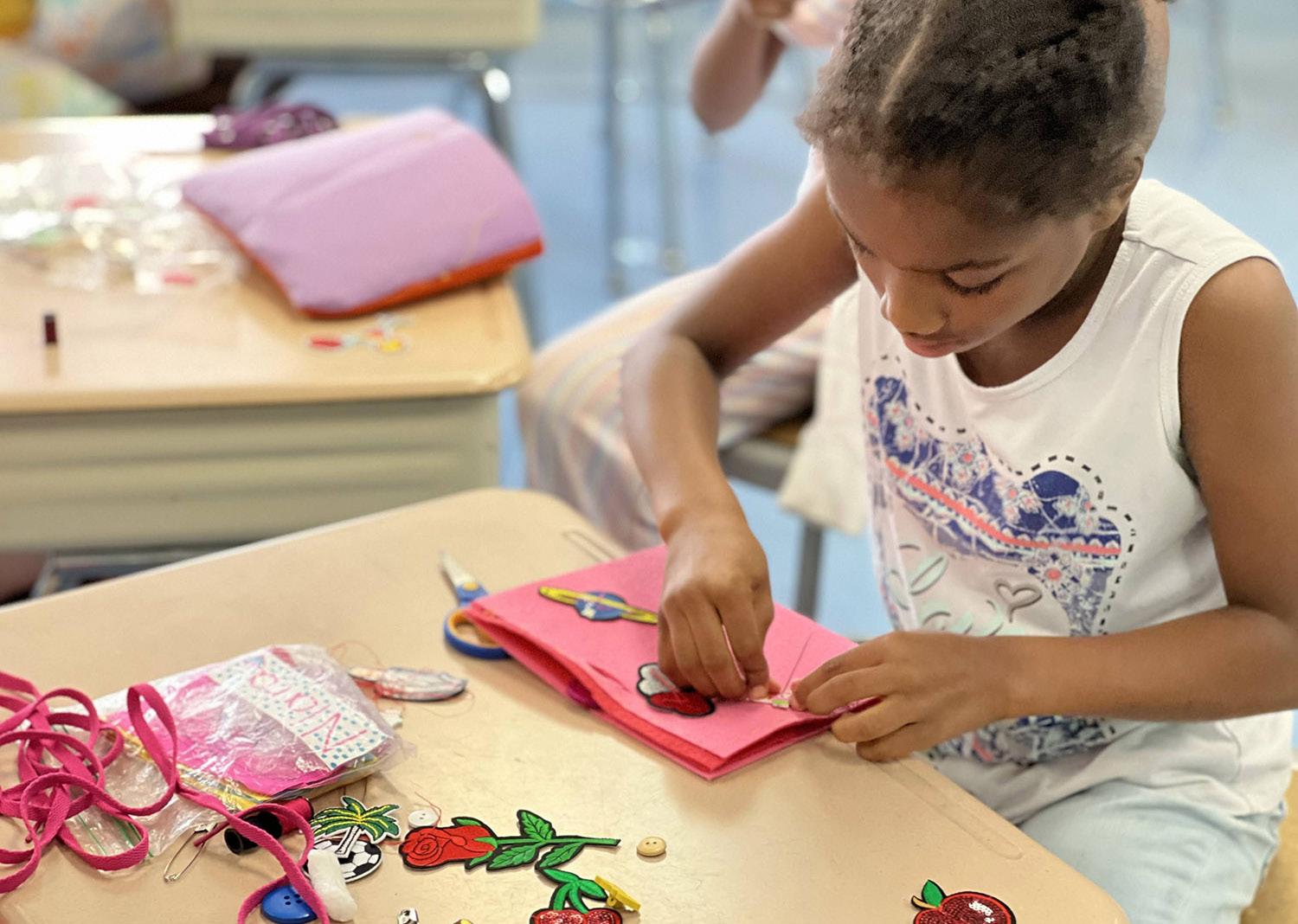
“ By supporting The Holistic Life Foundation, individuals engage in a movement that fosters growth and resilience.

Luckily, we had been working with this population for many years and knew that we should start with the teachers first to assist with self-care. Teacher burnout is very common in Baltimore City, and the effects of the stress from their jobs trickle down to the students. We deliver the practices in a practical, relatable, and fun manner to the students so that they can see the benefits firsthand and learn to use them when facing adversity. Working closely with the administration before the school year started ensured a smooth transition so that the scheduling problem was alleviated. I’m not saying that we still don’t face challenges, but we find that the implementation of the Mindful Moment program is much easier now that Mindfulness and Yoga have become more common in today’s society.
Ali Smith: One of the initial challenges to the Mindful Moment program was dealing with student’s anger and volatility. We started this program over a decade ago, and back then, most of the students we saw were angry when they came to the room. Students were referred by teachers and administrators for fights, as well as arguments with teachers and their peers. Teachers also resisted allowing students to go to the Mindful Moment room because they felt that students needed to be punished for their angry or violent outbursts.
After Covid, a lot of this changed. People started talking a lot more in the mainstream about trauma, and there was more compassion for young people around these outbursts. We also noticed that most of our students visiting the room weren’t angry anymore. They were visiting the room for depression and anxiety. There were new struggles in their lives. With this more profound sense of empathy for the students by the teachers, whether it was from understanding or the fact that their outbursts weren’t violent or angry, the teachers were more willing to refer students to the Mindful Moment room.
Looking ahead, what are the Holistic Life Foundation’s strategic priorities for expanding its reach and deepening its impact, especially in new communities and through different facilities like drug treatment centers and mental illness facilities?
Andres: Through our partnership with the Clinton Foundation and the Clinton Global Initiative, we are expanding our Mindful Moment Program to Chicago, Denver, Milwaukee, and Buffalo. We hope to expand in each of these cities similarly to how we have done with our Satellite Program in Akwesasne, where we began in schools and then filtered our programs out to the surrounding communities in Community Centers, Drug Treatment Centers, Mental Illness Facilities, Correctional Facilities, Elderly Homes, and Corporations.
Ali Smith: We also want to deepen our impact in Baltimore City and Baltimore City Public Schools. Through the Baltimore City Healing Cities Act, we have been able to expand our work to the City Government and government agencies that serve the city and deal with trauma and secondary trauma. Our strategy is always empowering communities and people through reciprocal teaching and creating teachers. Eventually, we want to create another satellite program in another city similar to our one in Akwesasne.
HLF’s flagship initiative, the Mindful Moment program, epitomizes the foundation’s innovative approach to community healing. This program replaces traditional punitive measures with meditation and mindfulness practices, equipping students with the tools to manage stress, resolve conflicts, and foster emotional resilience. The results have been transformative:
• A dramatic 72% reduction in suspensions in participating schools.
• Enhanced academic performance and improved school attendance.
• Significant decreases in stress and anxiety among students.
• Long-term improvements in social behavior and emotional stability.

This program reduces behavioral issues and cultivates an environment where empathy, self-regulation, and mutual respect.
The success of the Mindful Moment program has propelled the Holistic Life Foundation into the national spotlight, earning recognition from major media outlets and educational institutions alike. By expanding to cities like Chicago and Denver and collaborating with initiatives like the Clinton Global Initiative, the Holistic Life Foundation is scaling its impact, bringing its transformative programs to a wider audience, and demonstrating the scalability of mindful education.
The Holistic Life Foundation develops, provides, and teaches high-quality, trauma-informed, evidence-based, multifaceted programming and curriculum to improve community well-being. These programs embody the foundation’s commitment to fostering a thriving planet. They have demonstrated remarkable success, evidenced by:
• 98.78% positive change in emotions, including increased resiliency and optimism.
• Significant reductions in stress and anxiety.
• Improved social competence and pro-social behaviors.
• Enhanced academic performance and better school functioning.
• Effective healing of trauma, alongside enhancements in self-love and self-worth.
• Fostering empathy and compassion.
• Boosts in overall fitness, strength, flexibility, heart, and bone health.
The efficacy of the Holistic Life Foundation’s programs is supported by compelling empirical evidence, consistently showing improvements in mental and emotional health, academic success, and community cohesion. Looking ahead, the foundation plans to deepen its engagement by expanding its reach to underserved communities, schools, detention centers, drug treatment centers, mental illness facilities, recreation centers, group homes, colleges, senior centers, and wellness centers across the nation.
The Holistic Life Foundation offers more than just programs— it provides a blueprint for a more conscious and connected way of living. By supporting The Holistic Life Foundation, individuals engage in a movement that fosters growth and resilience.
Their vision is to continue creating a generation of healthy, supported, mindful students with the knowledge, access, and support to be successful in life.
Discover more about the Holistic Life Foundation and how you can contribute to a cycle of positivity that uplifts and unites communities. Visit the Holistic Life Foundation and follow their journey on Instagram @holisticlifefoundation to stay updated on their impactful work.
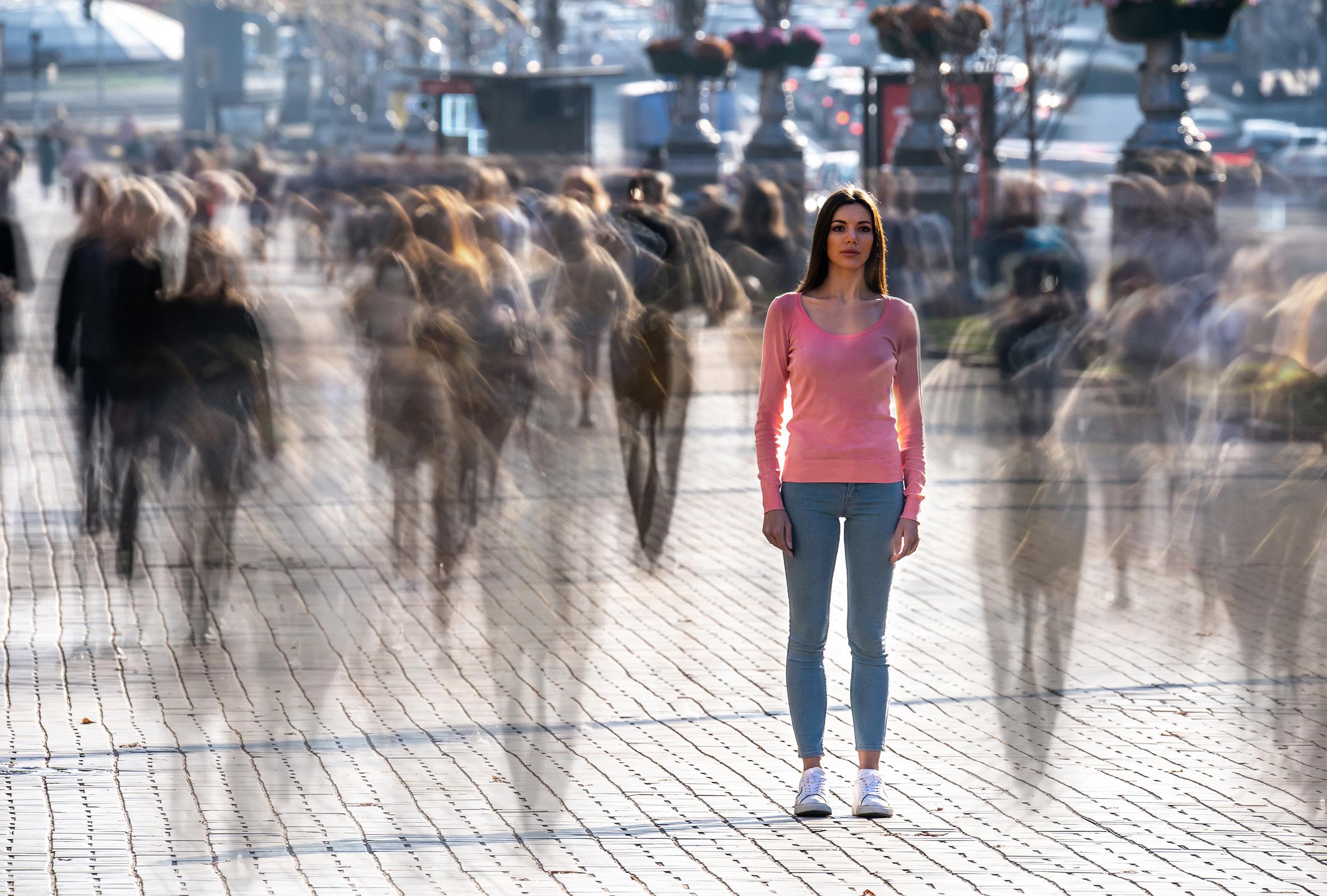
Sadhguru: As human beings, we can do so many different activities. But whatever the nature of our activity, in today’s world, even hard-nosed businessmen are talking about impact, not profit. “Impact” is a crude way of saying, “We want to touch someone’s life.” Whether business people are talking about impact or you are forming a personal relationship with someone, essentially, somewhere, you want to break the boundaries with someone for some time.
To be a Yogi means to be determined to obliterate the boundaries of your individuality. In some way, you want to erase the lines that separate you from the rest of the universe. Yoga means approaching it in a scientific way. You do not have to do any great amount of activity; you do not have to indulge in sexuality; you do not have to get entangled in anything. If you consciously erase your boundaries, simply sitting here, you can experience a trillion times more than with any activity, and it is just fantastic. Yoga means to obliterate your boundaries.
All the human nonsense that you see on the planet is only because of concretized boundaries. They have concretized their boundaries so rigidly that if two people meet, they will clash. Yoga does not mean twisting and turning; it is not a weight loss program or stress relief program. It means you understood the stupidity of “me versus the universe.” It is absolutely idiotic to be in competition with that which is the source of your life. When you realize that, you are moving towards Yoga.
It does not matter how you do it. You can call it Impact, you can call it Service, and you can call it whatever you want. Essentially, when you realize this me vs. the rest of the universe is a stupid competition to get into, you start relaxing your boundaries – this is Yoga.
That means approaching it in a fail-safe way. When two people fall in love or get married, they think they are in yoga, and they break their boundaries, but after some time, you will see that it is not fail-safe.
Because you broke the boundaries for a period of time, revenge will come. It is not necessarily that two people have to turn against each other after some time. Maybe comfort will happen. In rare moments, they might have erased boundaries. The rest of the time, it is a mutual benefit scheme. Whatever form it is, Yoga essentially means this: the first thing is you are interested in erasing your own boundaries. And if you know the joy of what it means, then you want it to happen all around you.
The fundamental irony of life is that the very instruments of life turn against us. Without this body, we do not know how to live here. Without this mindset, we would not know how to live here. Body and mind are the two most basic instruments of life, but it is these two that have turned against people. You can call it suffering, misery, disease, or any number of names. Essentially, two basic instruments of life have turned against you.
Keeping these two things for you, not against you, is our most basic responsibility. If the body and mind turn against us, the human potential will not be realized. Let us say you have a headache; nothing big, no cancer – just a headache will ruin your life. Or let us say your nostrils are stuffed all the time – nothing big, just a cold. First, you will say, “What’s the big deal?” But suppose it lasts for a few years, you will see that life is lost. Not because of cancer, not because your heart broke, just a cold – life is lost. If this body, if this mind turns against you, then you cannot explore the full depth and dimension of what it means to be human.

Some people have this issue – the very universe is against them, simply because of the way they exist. When you have that kind of opposition, you cannot live. Yoga means to keep everything – body, mind, existence – working with us, or better, we are working with it. Now, if something happens, it is wonderful; if nothing happens, it is too fantastic. Something important to do today – wonderful! Nothing to do – fantastic! But for most people, if something happens, it is a problem; if nothing happens, it is a super problem.
Yoga means you become a part of everything. You still have an individual existence but with open, porous boundaries. Because of this, in some way, we have become everything, and we are okay with anything. If you really open up your boundaries and existence and its source are working with you, what needs to happen will happen. This is what Yoga means – to be in tune with everything simply because you loosened your boundaries. You make the boundaries porous so that life seeps in, so you are not a prisoner in your own body and your mind.
Most people are prisoners of their own body and mind. Instead of your body and mind being platforms upon which life is housed, they become the prison walls for the life within. You always have to keep it up to feel like it is worth living, and not just you; you expect a few other people to cooperate. Yogis just stayed alone, not because they did not care, but simply because they were just fine by themselves. If the society of the times had shown the right kind of interest, they probably would have stepped in.
The Belly-Up Generation Today, we are at a certain time in history where we are a belly-up generation. For example, in
my father’s generation, whatever personal things were happening in their lives, they never spoke about it to anyone; they just managed it within themselves and carried on with their life. Then, my generation came. When I was in university, I just sat outside in the garden. Every day, someone came and told their whole life story to me. It’s not an interesting life, but they want to tell. All stupid stuff – how they suffered their parents, their education, their poverty, their girlfriend or boyfriend – endlessly. At that time, I just heard all these things – everyone had a problem. It looked like I was some kind of a freak because I did not have any problem.
My father’s generation used to write journals. Even in my generation, a lot of people wrote journals about all aspects of their lives, and they did not want anyone to see them. If anyone ever opened as much as a cover page, they would be terribly upset. “Without me knowing, you opened my journal” – it was like a crime. But today’s generation puts every aspect of their life on Facebook, and they are terribly upset if no one sees it. Like, “I’m eating my breakfast,” – picture! “I’m licking my ice cream” – picture. Just anything and everything…
In a way, this is a belly-up generation. When a generation is belly-up like this, it is time for transformation – the best time. There are various things that I cannot articulate right now. If we really have to transform human beings on this planet, they are available to you in a big way only for another fifteen to a maximum of thirty years. After that, it will be very hard to touch them. Of course, there will always be people who are willing and others who are not willing, but generally, the larger population will be super-willing for these fifteen to thirty years. Beyond that, it will be difficult for a variety of reasons.
“This is the right time, and it is our time on the planet. If we are committed and determined, we can make this the best time ever in the history of humanity because we are empowered like never before. Survival is taken care of like never before – for the human beings, at least, not for the other creatures, unfortunately. Never before did human beings have so much comfort and convenience. If we do not do the right things now, later, it will be too late; because later, situations will be very different. It is estimated that with the rise of Artificial Intelligence, probably in seventy years’ time, anywhere between forty to fifty percent of the population may commit suicide. Simply because if there is nothing to do, they will see no worth in their life.

Experience Yoga in its classical form at Isha Yoga Center Los Angeles and Isha Institute of Inner-sciences. Established by Sadhguru, the centers serve as powerful spaces for inner transformation and raising human consciousness. Located in northern Los Angeles County and Tennessee, the centers offer an array of yoga and meditation programs in a vibrant and conducive ambience.
You are invited to Free Yoga Day, a monthly open-door event a t the center. On this day, we offer a variety of free sessions dedicated to educating and empowering individuals to take charge of their well-being through simple but powerful practices sourced from the Yogic tradition.
Learn more at ishausa.org/la
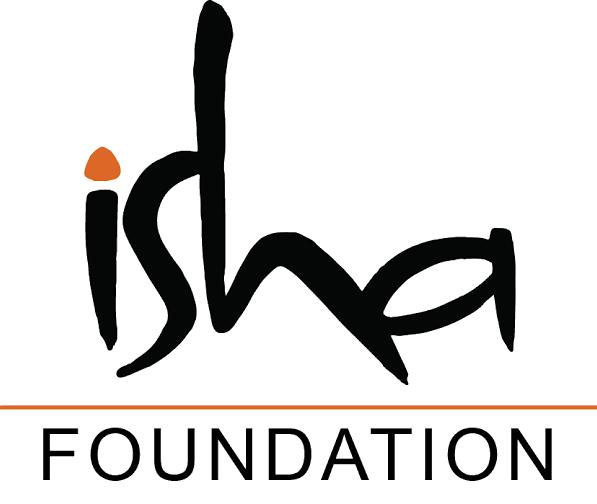
So, we are here at an appropriate time. If we do the right things, we can touch the maximum number of people. But if time passes, if this generation passes, and once they are off Facebook and everything, it will be difficult. Above all, if we do not impart Yoga strongly enough in the world, in another twenty-five to thirty years, more than ninety percent of the world’s population will be on some kind of chemical. Once they are on chemicals, you cannot talk to them. The world is rapidly getting there. If you do not show them another way to take away the boundary simply sitting here, they will get there in a way that is not for keeps. It is only for a few minutes or a few hours – afterward, it will get them.
This is the right time, and it is our time on the planet. If we are committed and determined, we can make this the best time ever in the history of humanity because we are empowered like never before. Survival is taken care of like never before – for the human beings, at least, not for the other creatures, unfortunately. Never before did human beings have so much comfort and convenience. If we do not do the right things now, later, it will be too late; because later, situations will be very different. It
is estimated that with the rise of Artificial Intelligence, probably in seventy years’ time, anywhere between forty to fifty percent of the population may commit suicide. Simply because if there is nothing to do, they will see no worth in their life.
So, imparting yoga is not just another chore that we do in the world; it is a very significant activity. Everyone may not understand this right now. But if we all do the right thing, with enough intensity, in another five to seven years’ time, you will see how important Yoga will become in the world. Already, the demand has become significantly higher today than it was five years ago. The only thing is, when something is in so much demand, all of a sudden, all kinds of spurious stuff will come up because there is a market. If there is no quality product, people make up and do all kinds of things.
The classical system of Yoga is unique. Maybe it is not as entertaining as doing Zumba or something else, but if people give themselves to the Yogic process, it will do things that they have not imagined possible. Yoga is a phenomenal process – it can change the composition of who you are.
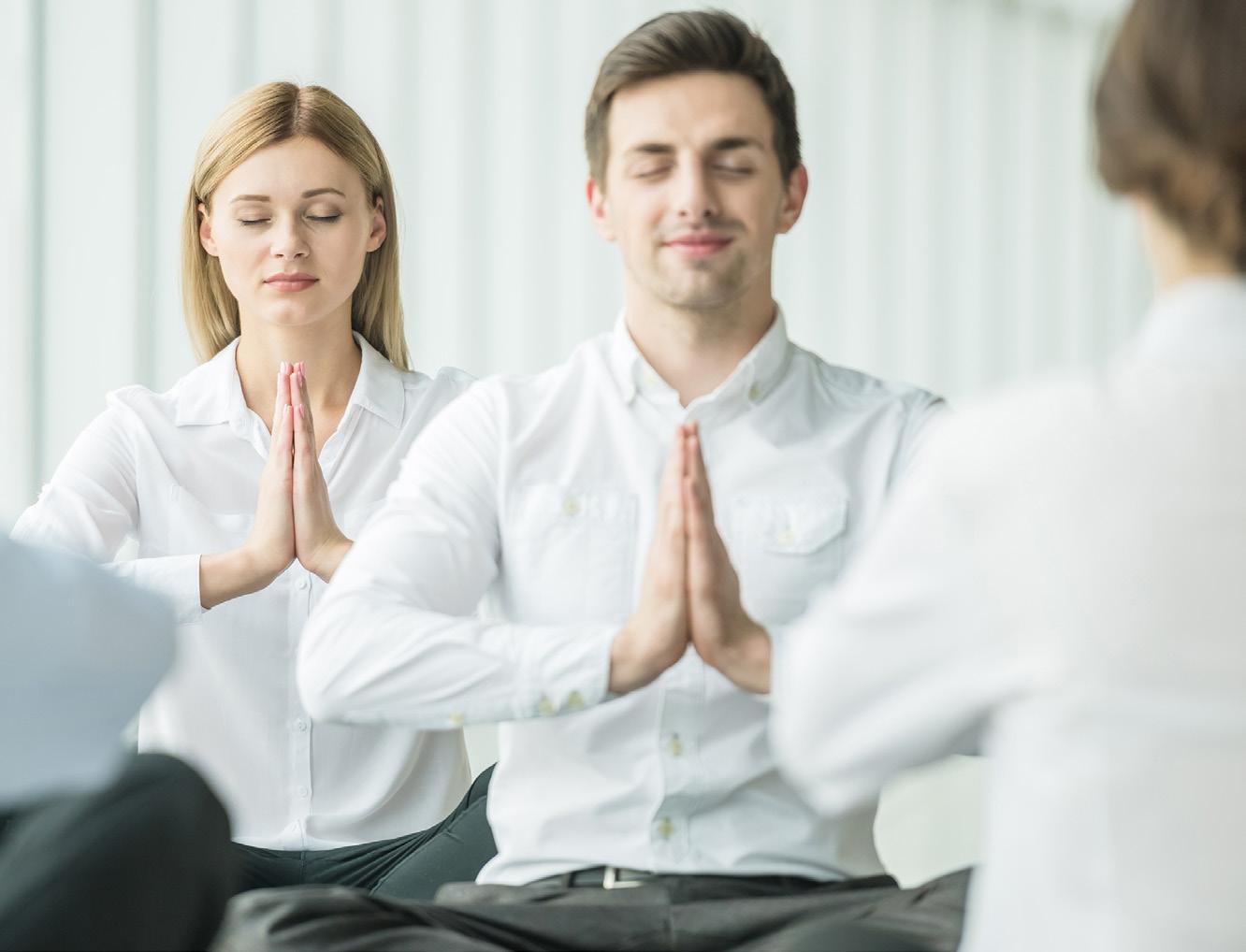
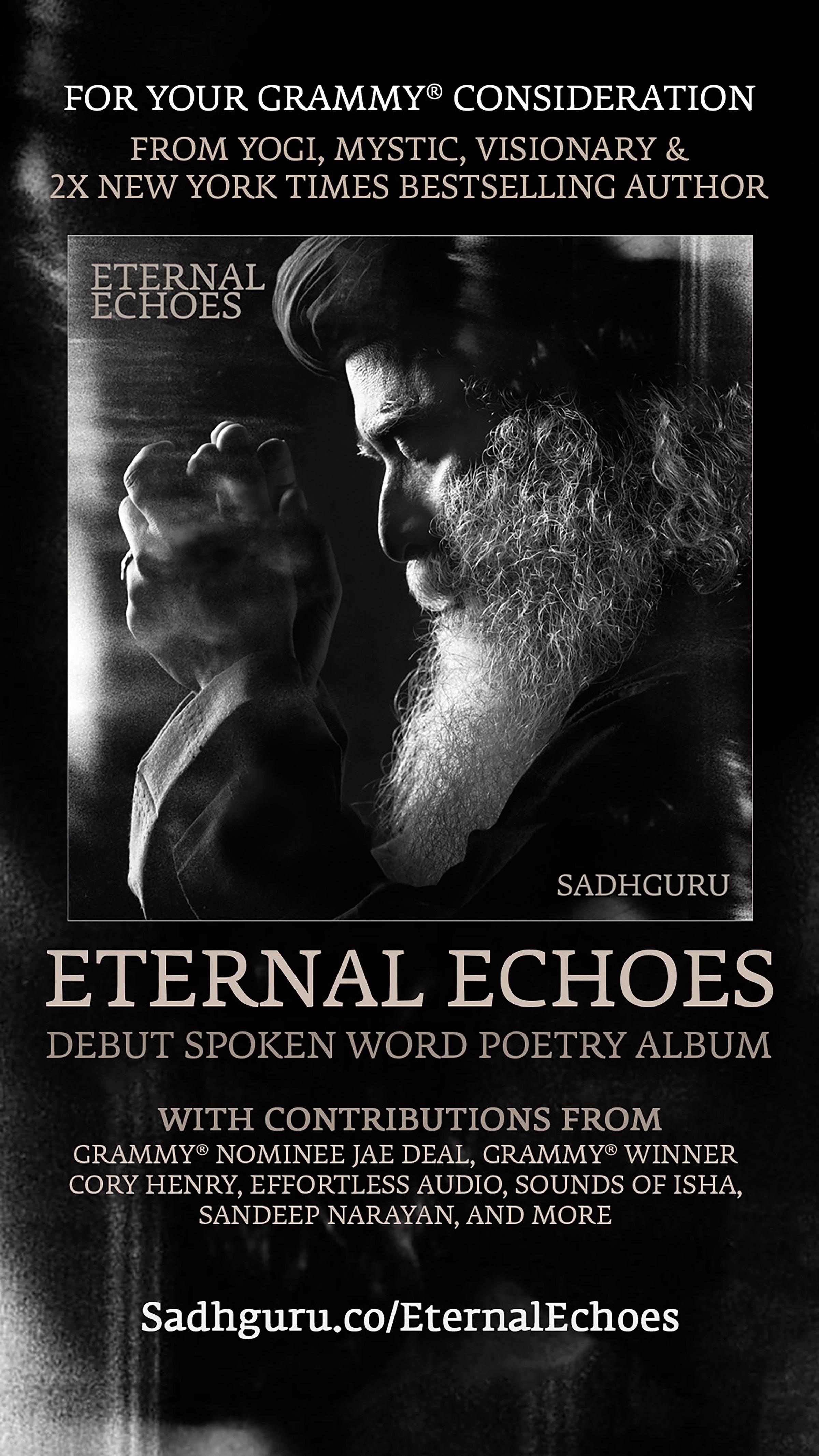
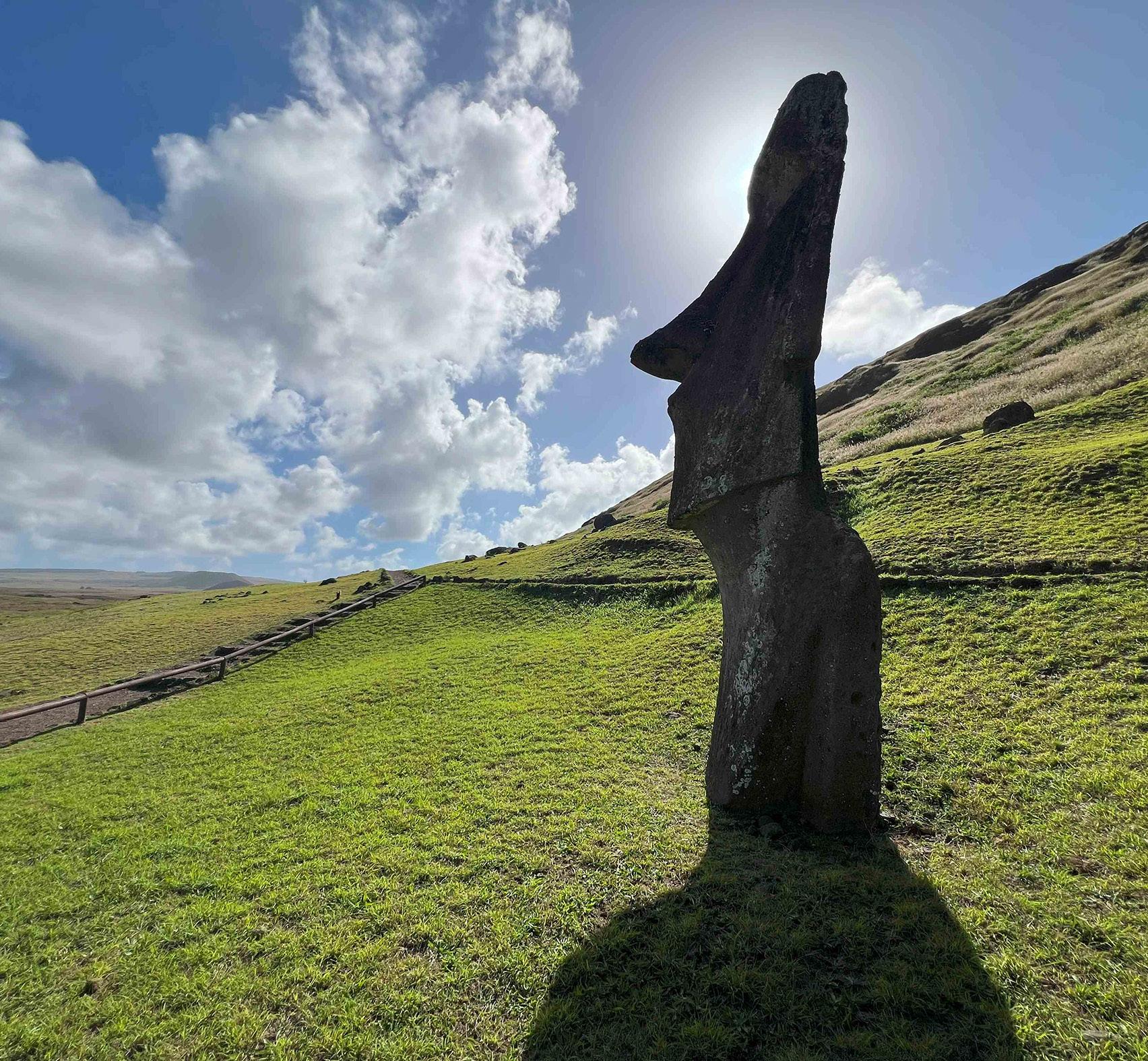

The anchor chain clinked and clanked through the hawsehole on the Dutch tall ship Oosterschelde until the large anchor set into white coral sands turned periwinkle blue by clear ocean waters. At first light, the volcanic mountains of Rapa Nui (Easter Island) had stepped out of the mist, turning from blue to green as they loomed larger on the horizon.
Sailing from the North and due to high winds from the West, we were directed by the port authorities away from the town on the Western shore. Rapa Nui is shaped like a large triangle. The only town, Hanga Roa, exposed and without the protection of a harbor, takes the brunt of the Westerly winds. We approached a cove sheltered by high cliffs along the Northeast bend of the island. Anakena, the island’s only sandy beach, is where the first people landed. Here, we found flat waters harbored from the wind and waves.
Seven Moai statues turned their backs on us. Among the carefully cut and tightly fitted large stones forming the platform beneath the Moai was an old Moai head in a horizontal position looking our way. More than 2,000 miles from the nearest shore, the people of this far-flung land demonstrate remarkable determination and tenacity to overcome challenges, create art, and prosper.
The seven Moai, overlooking the land and not the sea, tell a story of two cultures uniting to work together. Navigators who hoisted tall masts and sails were one. The other was known for their work with stone. These statues, a significant part of the island’s history, were quarried, raised, and then walked by three teams of men working three lines lashed high, rocking the Moai one way, then the other. This unique collaboration between cultures resonates with the island’s history and people’s resilience.

Island, Hard Work, and Good Cheer for a Changing ClimateChallenged World
by
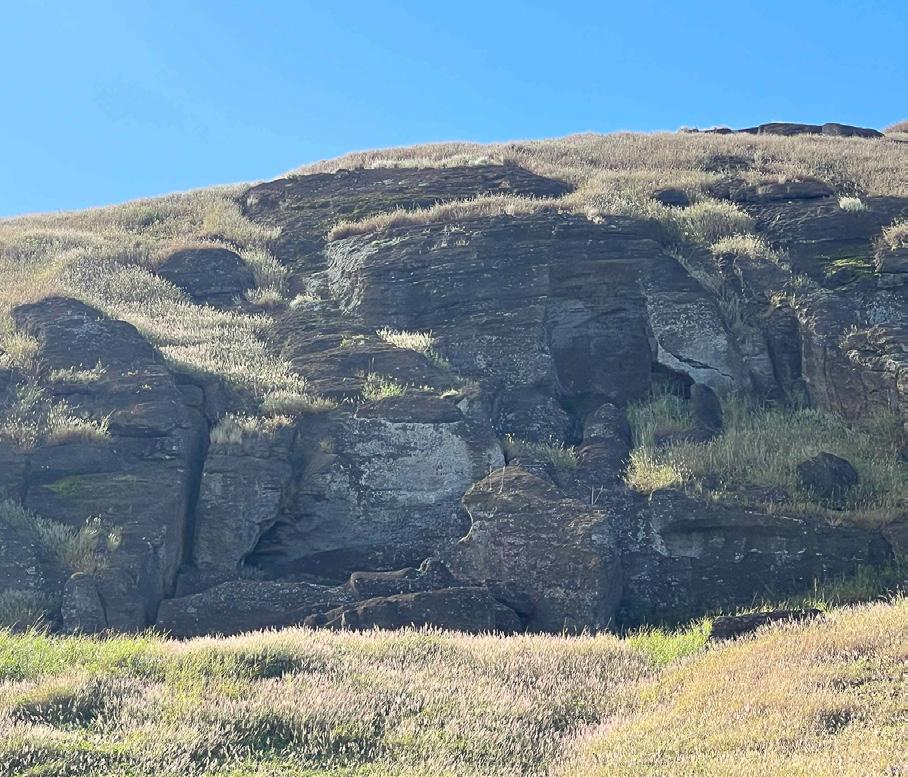
The joining of stones in the platforms that raised the Moai was so exacting that a razor blade could not be fitted between them. Nowhere else in Polynesia are stones so perfectly fitted together. The precision and craftsmanship of the stonework on Rapa Nui, reminiscent of the stonework in Machu Pichu, was brought by people from South America. Standing up to 35 feet high, the Moai is a testament to the island’s mixed heritage, ingenuity, and skill.
Rapa Nui is located about 2,500 miles south of the Equator (27°7′S 109°22′W), where the climate is a cooler subtropical land instead of tropical. According to pollen records, it was once forested with various palms and broad-leafed trees standing more than 12 feet high. The Polynesians carried plants and animals to sustain them on new lands. Germinating coconuts would have died on Rapa Nui because the climate was too cold. Polynesians used coconut leaves for thatch, baskets, and husk fibers to make fishing lines and netting.
lect water. Reeds grown in these wetlands were used for weaving. Not an indigenous plant, reeds were likely brought by the people from South America.
The population inhabiting Rapa Nui grew, and trees fell. By about 1550, the population had grown to 100,000. The great palm forests were gone. With the loss of trees, the biotic pump of evaporation, condensation, and leaves, which released bacteria and fungi into the air, was also lost. Water vapor nucleates around these organic particles to form mist and clouds. When this happens, air pressure drops to draw in more moist air from off the ocean. A drying wind replaced moist air, and forest lands became arid grasslands. The climate changed.
Among the carefully cut and tightly fitted large stones forming the platform beneath the Moai was an old Moai head in a horizontal position looking our way. More than 2,000 miles from the nearest shore
The first settlers brought yams, taro, sugar cane, bottle gourd, and sweet potatoes. Anakena, the oldest inhabited place on the island, is named after an extinct sandalwood shrub brought by the first Polynesians for its nutritious nuts and empty nutshells, which were used as toys. The sandalwood was aromatic and used to make perfume.
The only water on the island was in the three volcanoes’ steep-sided cratered centers, calderas. Because the volcanic rock is so porous, seawater seeped in, making the water brackish. People had to descend a steep trail into the volcano to col-
The intrepid islanders rallied to the challenge. Degraded soil needed tending, and plants required help before crops could grow. Much of the work done naturally by bacteria in concert with microbes in vast mycorrhizal networks with plants stopped. They turned to rock gardening because the volcanic tuff was high in essential trace metals and porous, able to hold water.
They turned to the centrally-located volcano, Rano Raraku. The tuff is a sedimentary rock made from layers of air-lain, partially fused, and partially cemented volcanic ash that was relatively easy to chip away at with a piece of harder basalt rock. The Rano Raraku tuff is high in trace metals like manganese, boron, and zinc, essential for plant growth. In the pools of water at the base of the quarry grew reeds from South America, a source of phosphorus for the soil.
The Moai statues were not gods. Rapa Nui gods were carved into rock faces on the highest points overlooking the sea. More than 50% of their diet came from the ocean. Their rituals celebrated seabirds, turtles, and other marine life. The Moai represent ancestors who were set up overlooking the fields and people. Cutting and sculpting rock was hard work. More than quarrymen, these were artisans. To paraphrase Michelangelo, every block of stone has an ancestor inside it, and the sculptor’s task is to discover it. Twelve to 50 men worked on one statue. The heads are over-large, often a three-to-five ratio of head to trunk. Each individual’s facial features are unique and frequently complimented by motifs. While at work and chipping away at an ancestor, they sang songs that have been passed down over the generations. Some, like sea shanties, have a cadence consistent with the rhythm of the work.
There are 887 Moai statues, more than 95% of which were made at the Rano Raraku quarry. After 500 years, they stopped working, leaving 397 Moai incomplete. Some statues were stopped because a vein of harder rock was revealed. There were possibly hundreds of families, each group working on their ancestor stone. Perhaps they stopped because they had restored the land with sufficient rock, metals, and minerals.
When the French visited Easter Island, they were astounded by the vitality and prosperity of the islanders. Major Rollin, a member of Jean-François de La Pérouse’s expedition, wrote: “Instead of meeting with men exhausted by famine... I found, on the contrary, a considerable population, with more beauty and grace than I afterward met in any other island, and soil, which, with very little labor, furnished excellent provisions
and in abundance more than sufficient for the consumption of the inhabitants.”
The first Europeans found Rapa Nui on Easter Sunday, 1722. In a few decades, the Europeans’ diseases decimated the Rapa Nui population. In 1900, Chile sold most of the island to sheep corporations that paid the islanders to work and then charged them for food and household supplies. By the 1960s, the last indigenous plants were gone, such as the towering Rapa Nui palm and the flowering toromiro tree. Toromiro was the cherished wood that bore rongorongo inscriptions, a system of glyphs that have not been deciphered. The writing went in alternating directions, like a boat tacking back and forth to windward, first left to right and then right to left down the panel. A few pieces survive as evidence that the peoples of Easter Island invented a form of writing, further testimony to their capabilities and wisdom.
These were peaceful people who met Europeans, not with weapons, but with food offerings. Archaeologists report that less than 2% of examined skulls have fractures or holes, and that sharp knives and spears have traces of sweet potato but no blood. The islanders raised chickens and always let the eggs hatch.
On Easter Island, the loss of trees changed the climate. The islanders met the challenge by valuing a diversity of skills and resources brought by differing groups. They came together to tackle tedious, tiresome work (breaking rock) with good cheer. This resulted in thriving rock-mulching agriculture and a society “with more beauty and grace” that became the envy of others. It’s not how much work needs to be done; it’s how the job is done.

Dr. Rob Moir is a nationally-recognized and award-winning environmentalist. He is president & executive director of Cambridge, MA-based Ocean River Institute, a nonprofit providing expertise, services, resources, and information unavailable on a localized level to support the efforts of environmental organizations. For more information. please visit www.oceanriver.org
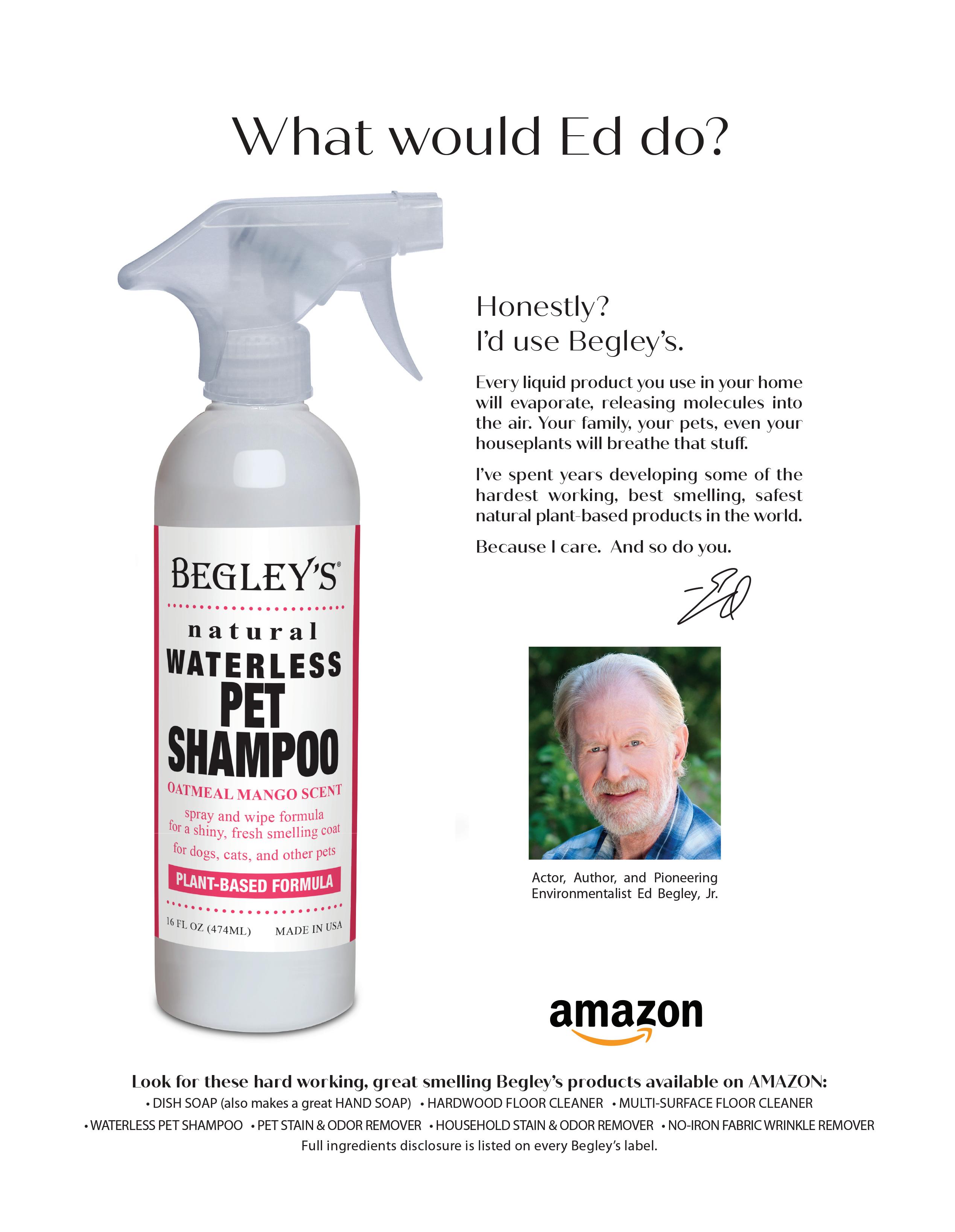
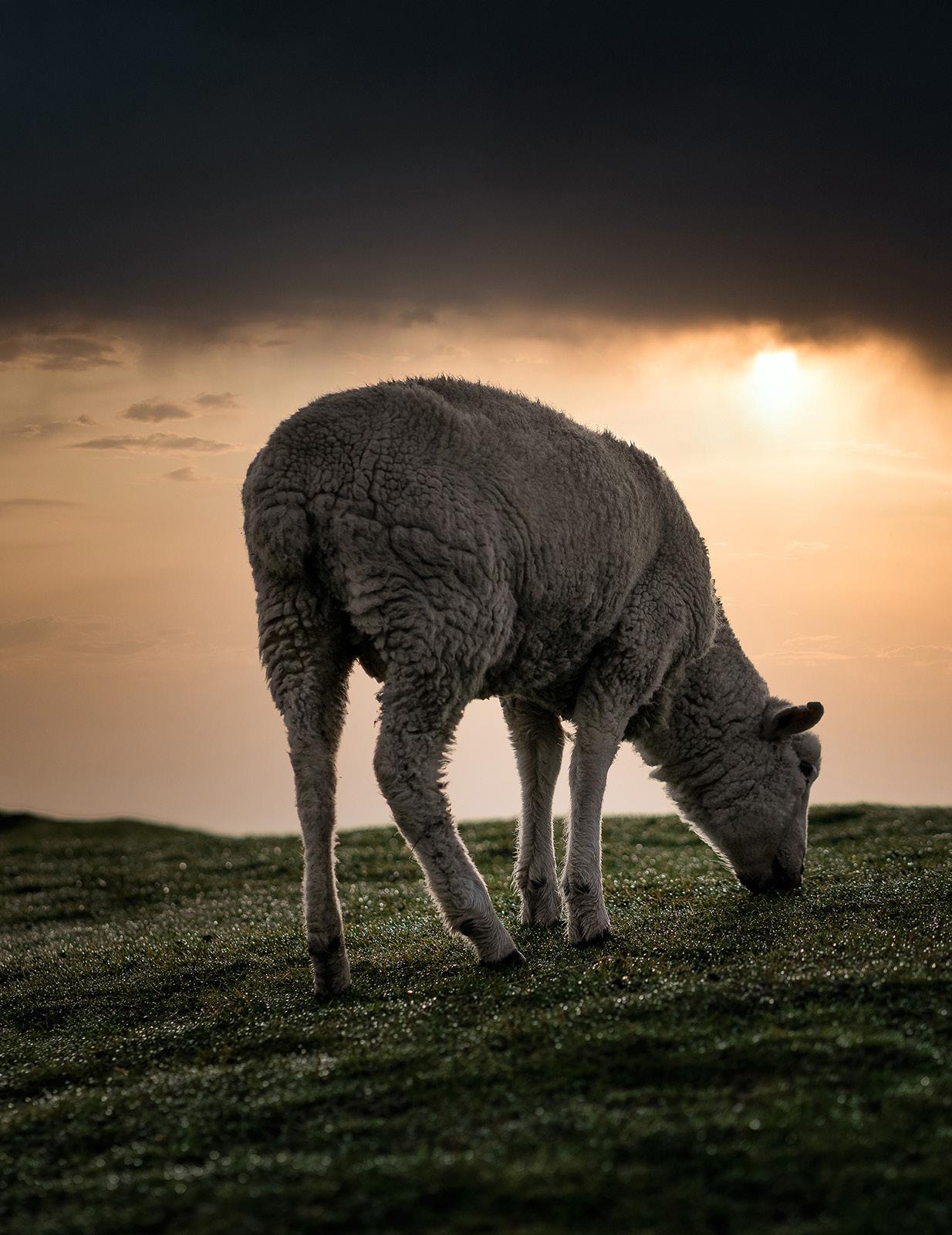
“Animals Have Souls Don’t Put Them in Your Bowl”
EMBRACING IDENTITY THROUGH ART AND PRIDE
by Dina Morrone



Tell us about your journey from Michigan to Los Angeles.
I spent my entire childhood in Lansing, MI. I had a wonderful upbringing with supportive parents and a close-knit family. I had a passion for hockey, snowboarding, and, of course, art. After graduating from high school, I spent a year at the local community college, where I took a prerequisite course to pursue a degree in graphic design. After a year, I had the chance to go to school in Florida, where I got my bachelor’s degree. After working in a marketing department for about six months, I began to question whether this was something I could pursue as a career. I was uninspired and unhappy, and I felt disconnected from my creativity. I took a chance and returned to school to get a master’s in architecture, which I also felt unsure about. After some soul-searching and major life changes, I found myself in Los Angeles. I had just begun a new relationship (and we were still together after 12 years). I was in a new city, and I still wanted to know what I wanted to do. But with all these changes happening, I was fortunate enough to step back and find what I wanted to do. With the full support and encouragement
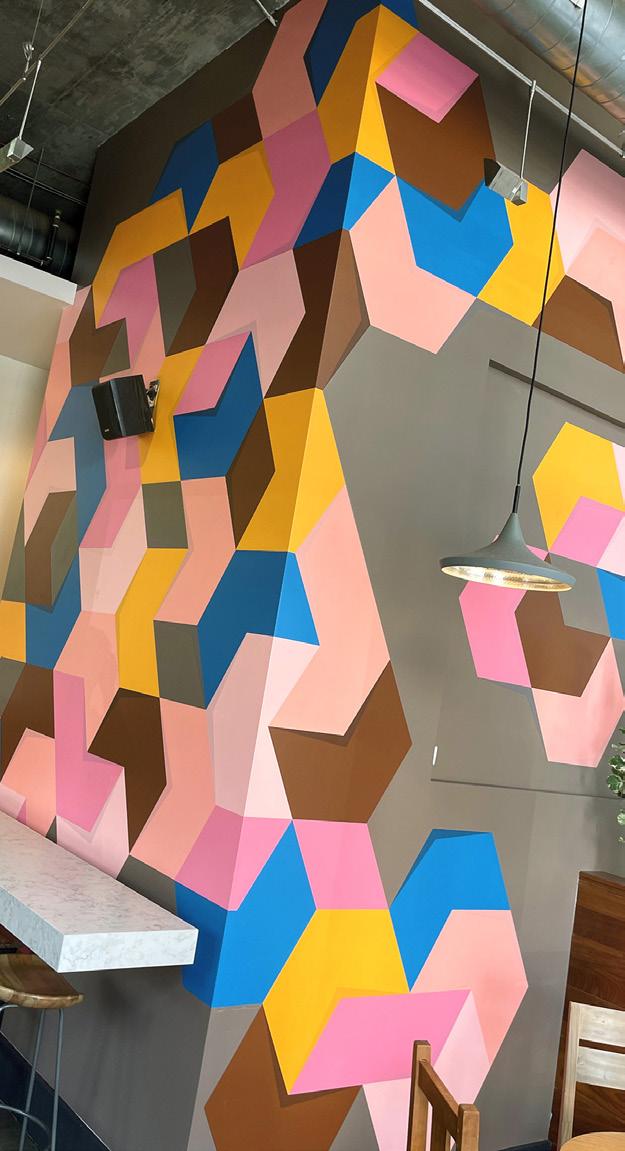
from my partner, over the next several years, I was able to pursue an art career. One day, an opportunity arose to paint a mural. It was small, and I wouldn’t make much, but I immediately said yes. It had been a dream of mine, but I wasn’t sure how to find the opportunity. And then, bam! Within an hour of beginning that first project, I was hooked. There was no questioning what I wanted to do. I was going to be an artist and focus on large-scale murals.
How has your upbringing in Michigan influenced your work as an artist?
My upbringing in Michigan, or my upbringing in general, has allowed me to become the artist I am today. Raised on true Midwest values, I was taught to be a kind, generous, and caring person. My parents fostered a supportive environment where I was encouraged to explore my interests. I was given the space to figure out who I was. Coming from such an environment meant that I could nurture my interests and explore them with a sense of excitement and eagerness. Creativity quickly became one of those interests, and I was off to the races.

Is it tough to be a gay artist today? How has being gay shaped your creative expression?
To speak on this subject, I think I first must open the door and share a brief look back at my upbringing. As the oldest of three, I was always a quiet, sensitive child. I had my share of friends, but I also enjoyed being by myself. My family was tight-knit, and I was taught just how important that was. But as I got older, I realized something was different about me. It would take a handful of years to accept myself and even longer to feel safe revealing it to others, but I knew that I was gay. Knowing this but not being able to express it yet, I think I found my comfort in art. I was that quiet kid who just wanted to fit in and be “normal.” Something I think most kids at that age want.
But as I matured and found a deeper awareness in myself, I finally dared to come out to my family. It became a secret that
I no longer wanted to carry. So I sat down with my parents, and I told them that I was gay. I was so nervous. I had said the “word” out loud, for probably the first time, and there was no going back. I can’t say I remember much of the conversation after that, but the support that followed was overwhelming. Neither my parents nor my siblings made any issue of it moving forward. I’m sure they had questions, but never did they ever make me feel anything other than loved and supported. So, when I think about how being gay has shaped my creative expression, this is what I return to. I was accepted for ME. Their encouragement allowed me the space to continue to work on understanding and accepting myself. To be afforded such an opportunity by the people who loved me the most has shaped me and what I do today. I understand that not all queer people have such experiences, and I am aware of how blessed I am each day. And I hope to offer that same generosity through my work as an artist and person.

What themes or messages do you often explore in your art? Are there specific experiences from your life that inspire these themes?
In my work, I’m not necessarily out to assert any message or agenda when creating. Much of my desire to share what I create comes from a place of introspection and self-exploration. The process of making art is what is important to me. Initially, it offered me a quiet place to find comfort when I felt disconnected from myself. However, as I grew as an artist and person, I found additional inspiration and healing in sharing what I do. So, within that incredibly personal and reflective place came a desire to share my art - to offer that same sense of introspection and self-exploration to someone else. When someone sees my work, I hope that even for a moment, they, too, can find that quiet place of reflection. A moment where they can recognize something about themselves: at the end of the day, bringing
a bit of color to the world is what continues to drive me. My impact, however big or small, will hopefully always be rooted in positivity and good intentions.
What do you think the artist’s role is in society, and how can artists raise awareness for mental health?
In society, one of the primary roles of any artist is to inspire others. Art, no matter the medium, is meant to provoke thought, inspire change, and reflect the human condition. Whether purely aesthetic, deeply philosophical, or somewhere in between, all art has a purpose and role in society. And one of those roles is the conversation around mental health. Art can serve as an entry point for accessing emotions. For many people, myself included, emotions have often been challenging to process in traditional ways. Not everyone has the knack for expression through words.
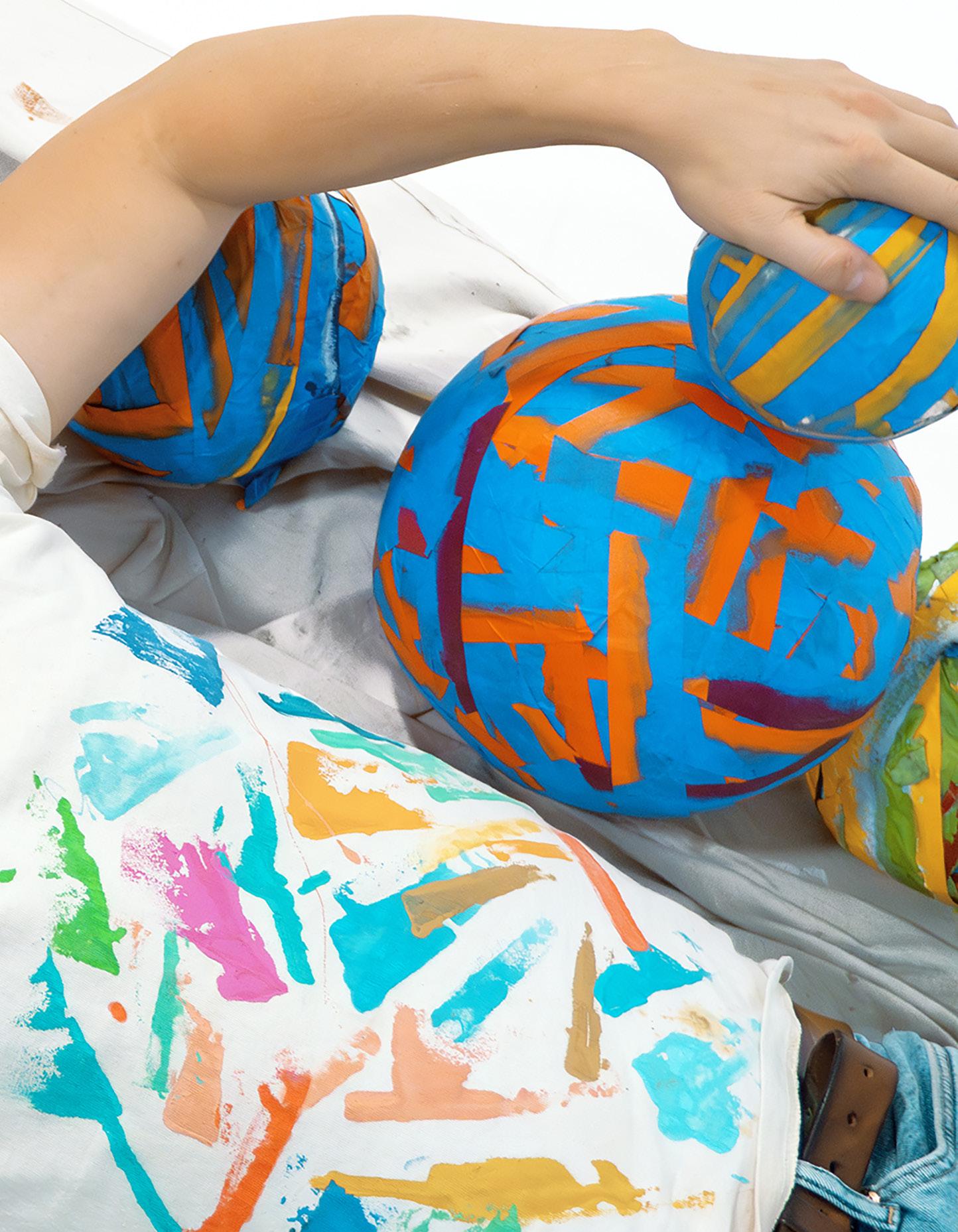

Opening up to others can be a struggle because we often may not understand ourselves. This is where art can help breach that conversation. One may find “therapy” in the creation of art. At the same time, others may find it in the consumption of art. Either way, an artist’s role in society is incredibly important. Art, throughout history, has been a gauge of the human condition at that time. Whether it be a means to protest or simply an expression of beauty, art/ artists have always lent their voices to the discourse around mental health in one way or another. And that responsibility should not only be held in high regard but approached with an openness and willingness to guide and listen.
What role does creativity play in your healing process?
As a part of my healing process, art has always been a grounding point for me. I knew I could turn to art when life seemed out of control. It’s always been a part of my life, and its presence is at the core of some of my earliest childhood memories. It was where I could think, feel, and, at times, hide. But as I pursue a career in something so personal, I’m constantly trying to find a balance and not let the “work” part overshadow the importance of creativity as a tool for healing. That fine line can be a difficult one to traverse when your passion is also your profession. One must not lose sight of why they create in the first place. When you are an independent artist, you are responsible not only for creating the art but also for promoting, selling, and distributing that art. So, while art is something I’m pursuing as a career, I must be aware of why I am even doing it in the first place. Creativity is one of the pillars of my healing process and must remain as such.
How do you cope with overwhelming, frustrating, and otherwise burdensome days? What helps you bounce back? Personally, that has been something I’ve struggled with for most of my life. I can often get overwhelmed. I can often get frustrated. While nearly everyone can relate to these feelings on a base level, some of us find it far more difficult to process and move past these emotions.
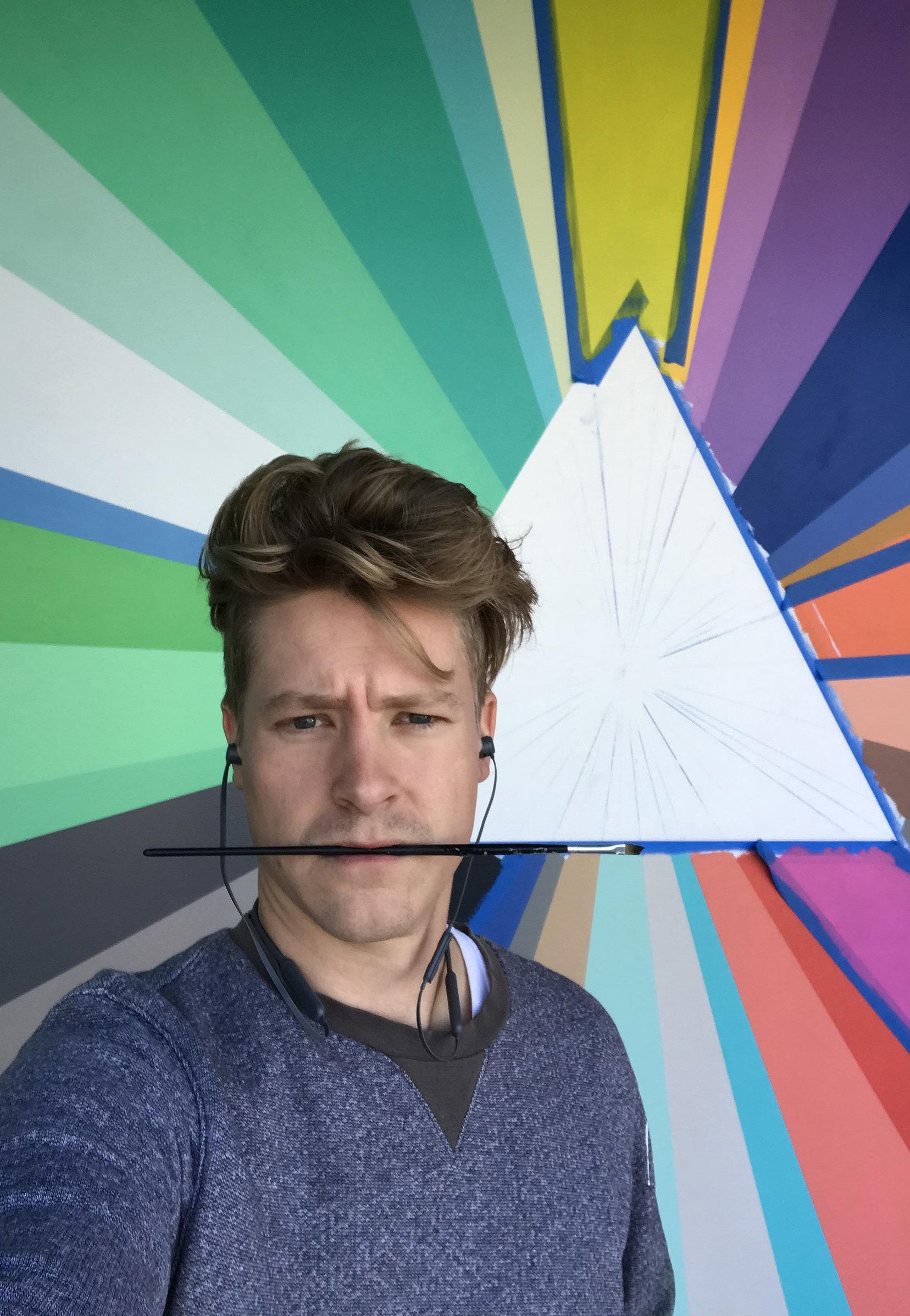
We can feel as if we are frozen in place by the perceived impossibility of a situation. As a perfectionist, I tend to hyper-focus on a certain thing and struggle to move past it until I’ve either completed it or resolved it to my standard. That idea of “perfection” is where I tend to get overwhelmed. That feeling that nothing is good enough, that my work isn’t good enough, segues into my feeling that I’m not good enough. And the deeper you get into these emotions, the more challenging it is to see through the darkness to process and move on. And that is ok, to a degree, but not to the point where it controls you.
That said, I consciously take steps to process my emotions better when I get into these dark places. I am trying to understand why I may be experiencing certain things and be able to work through these more positively and effectively. I am doing this by being kinder to myself. Ever since I can remember, I’ve struggled with a negative self-image. Looking back, I’ve not been kind to myself. Constantly wrestling with an internal dialogue that says I’m not good enough. But by being more cognizant of these negative voices, I can meet them with kindness and positive affirmations. I can now begin to extend the same kindnesses I give to others, to myself. We can all stand to be more forgiving of ourselves. The more I acknowledge myself positively, the easier it is to crawl out of those dark moments. There’s no way to avoid feeling frustrated or overwhelmed, but when we begin to offer ourselves some grace, we can begin to take back control.
As mental health issues are severe and today people can openly talk about it, more than before, what advice would you give to young aspiring artists – especially if they are living with mental health conditions?
I’m slowly beginning to see those changes in myself. I’m finding strength not only in who I am, but in what I do. A confidence that inspires me to dive deeperand work even harder to understand my purpose.
As far as we’ve come in opening the conversation of mental health, we still find it shrouded with such taboo in so many societies. So many of us have been taught, whether directly or indirectly, that it’s better to keep our feelings to ourselves. That you are weak if you show your emotions. If you fall, you better get back on that horse. That “boys” certainly don’t cry. And whatever else, we’ve been improperly taught about our emotions and how not to process them. If I can offer one bit of advice, it would be to talk as openly as you feel comfortable with what you are going through. And I say that as a reminder to myself just as much as I do to anyone reading this.
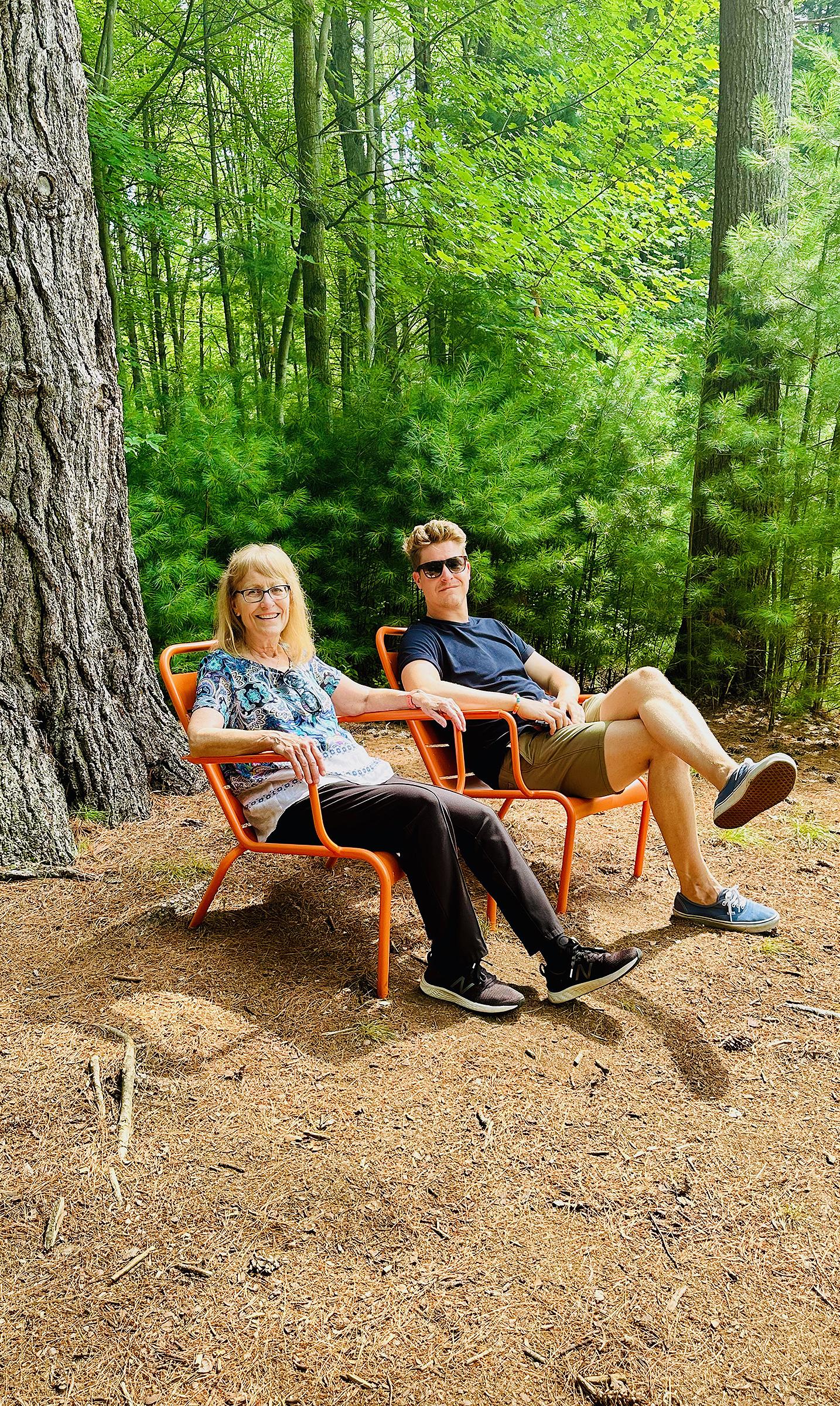
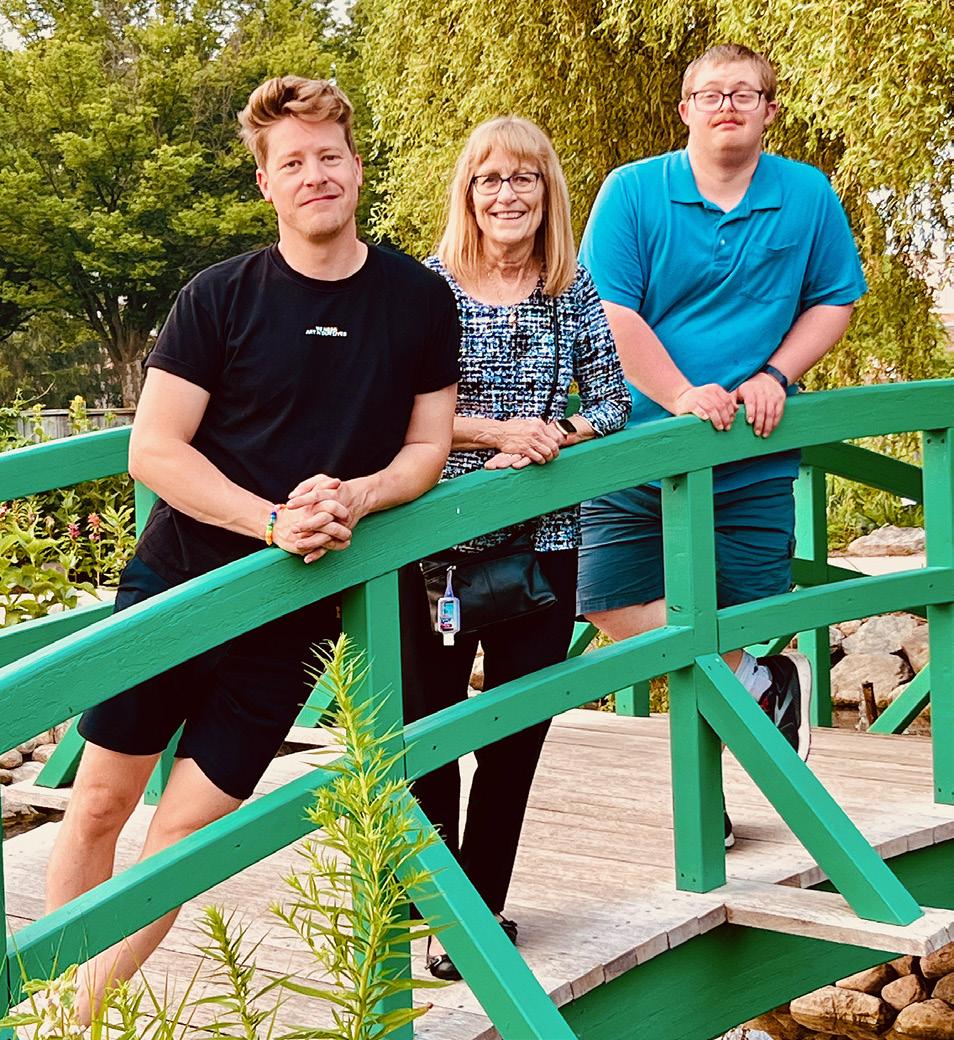
The more often we discuss mental health, the easier the conversations get. Not only does that help you, but also those around you who may think that they are the only ones going through something. Be a safe space for someone who needs it. Ask for that safe space if it’s something you need. Opening up the dialogue within fights that stigma and lends itself to a healthier self emotionally and physically. This goes for both creatives and noncreative alike. It’s much easier said than done, but the more we do it, the less we must think about it, and the more it becomes a part of our daily lives. Start small. Set reasonable goals. And if you do find yourself struggling, it’s ok. We don’t make big changes overnight. It’s about actively seeking peace. Whatever that word means to you.
Your mother is currently fighting breast cancer, and you have a younger brother with Down Syndrome. How have these experiences impacted you personally and artistically? Both have played major roles in my life. I was five years old when my brother, Michael, was born. When the family found out that he had Down Syndrome, we weren’t sure what to expect. As a five-year-old, I was excited to get a little brother. But of course, there are differences and challenges when raising a child with special needs. My parents, especially my mom, dove in and supported Michael in whatever they needed. And as we got older and Michael developed into this kind, compassionate, and capable person, we’ve learned so much along the way. His way of seeing the world is both corrupt and jaded. He sees people for who they are. He loves hard and unconditionally. He is pure in heart and soul. And we continue to learn from him every day.
Another moment in my life that has impacted me is both of my parents’ battles with cancer. When I was 15, my mother was diagnosed with breast cancer. She received both chemo and radiation treatment that were ultimately successful. But not long after my mom finished her treatments, my dad was diagnosed with colon cancer, and the cycle started all over again. He also received both chemo and radiation treatments, which, again, were successful. Unfortunately, my mother’s cancer has returned, and she is once again going through chemo treatments. But with that being said, we’ve grown as a family through all of this. And we’ve learned so much in the process. I think we appreciate life more. We try to live in the moment and enjoy the important things. To not take things for granted. Not to say there aren’t tough days, but we know we have each other, and our blessings are immense.
What role does your art play in coping with the challenges of supporting a family member?
For me, art serves as an anchor through all of life’s challenges. I can sit down and create when everything feels out of control. It’s a place where I can retreat, recharge, and sometimes disconnect for a while. When I’m feeling stressed, anxious, and emotionally spread thin, art allows me to work through those emotions. It’s been there through the highs and the lows. In many ways, I would be lost without it. Art gives me the strength to be there for myself and, in turn, for those that I love.
How do you balance your personal struggles and professional life as an artist in a city like Los Angeles?
In all honesty, finding that balance can be difficult. As an artist, the line between personal and
professional tends to blur. Art is such a highly personal expression. By creating anything, you put a piece of yourself into whatever you make. And if you are pursuing it as a career, you are putting that piece of yourself out to be consumed. Once you’ve shared, a level of control is conceded, and you are now open to praise and criticism. And I know we are taught not to give that much power to other’s opinions, but that’s easier said than done, especially in an age where the internet opens you up to an exponentially larger audience than at any other time in history.
Not to speak for all artists, but many of us can be quite shy and sensitive. We often struggle with self-perception, which requires a lot of courage to share. So again, finding that balance can prove to be challenging. I know it has been for me. But what keeps me going is my innate desire to create. It’s not just something I want to do. It’s something I need to feel like me. All the hard work is worth it, even when I feel nothing is going my way and this isn’t for me. It’s a constant battle to find that balance, but whatever it takes, it’s worth it to share my passion and what I do.
As you continue to navigate your own mental health, what are your hopes for the future, both personally and professionally?
My number one hope for myself, personally and professionally, is to continue growing and evolving. I want to move closer to that version of myself that can find success both personally and professionally. I want to get to a point where anxiety and depression consume less of my headspace. My focus can be on all of my good in life rather than the perception of all my shortcomings. To find the strength to stand by my convictions and live as authentically as I can. I want to be able to live in the moment and harness those blessings rather than dwell in a space of fear and depression. And “I’m slowly beginning to see those changes in myself.
I’m finding strength not only in who I am, but in what Ido. A confidence that inspires me to dive deeper and work even harder to understand my purpose. Harnessing what I’ve learned and building on that to keep moving forward. Those are my goals. If I keep my head up, remain the best version of myself, and remain kind, I know what’s meant for me will present itself. And as they do, I’ll be ready to receive them.
Would you like to share any upcoming projects or goals you’re particularly excited about?
I have taken this year to try and reflect. It’s not been the most accessible year regarding my work, but I’ve tried to channel that struggle into something positive. To work on myself and grow. I have a few exciting projects, including an exterior mural project in the heart of the arts district in downtown, Los Angeles. Upon its completion, it will be my biggest project to date. Other than that, I am excited to return to what I love. I think it’s essential to go through these challenges. It helps regain perspective and even evolve new ones. That’s what this year has been about. With the support of my partner, friends, and family,
When I think about how being gay has shaped my creative expression, this is what I return to. I was accepted for ME. Their encouragement allowed me the space to continue to work on understanding and accepting myself.

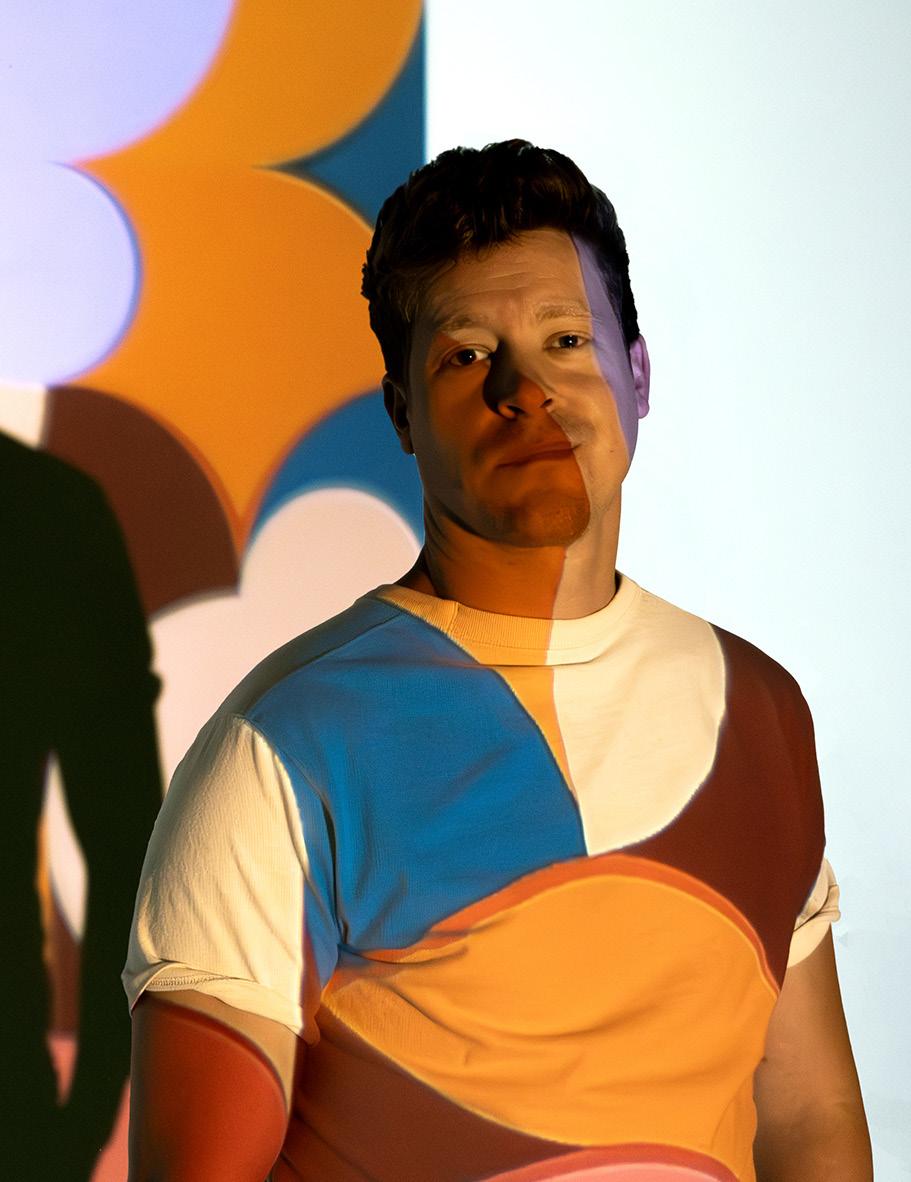
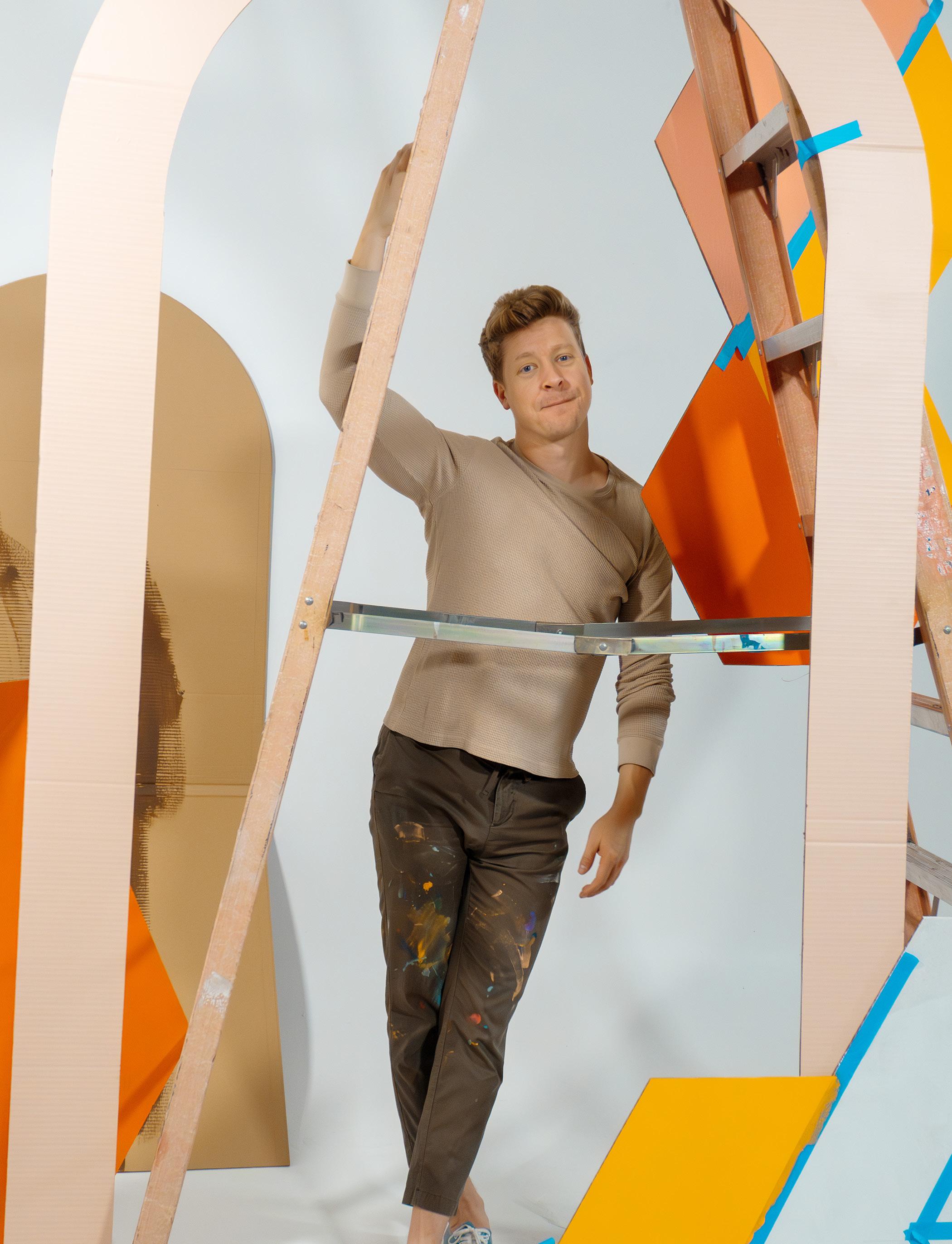
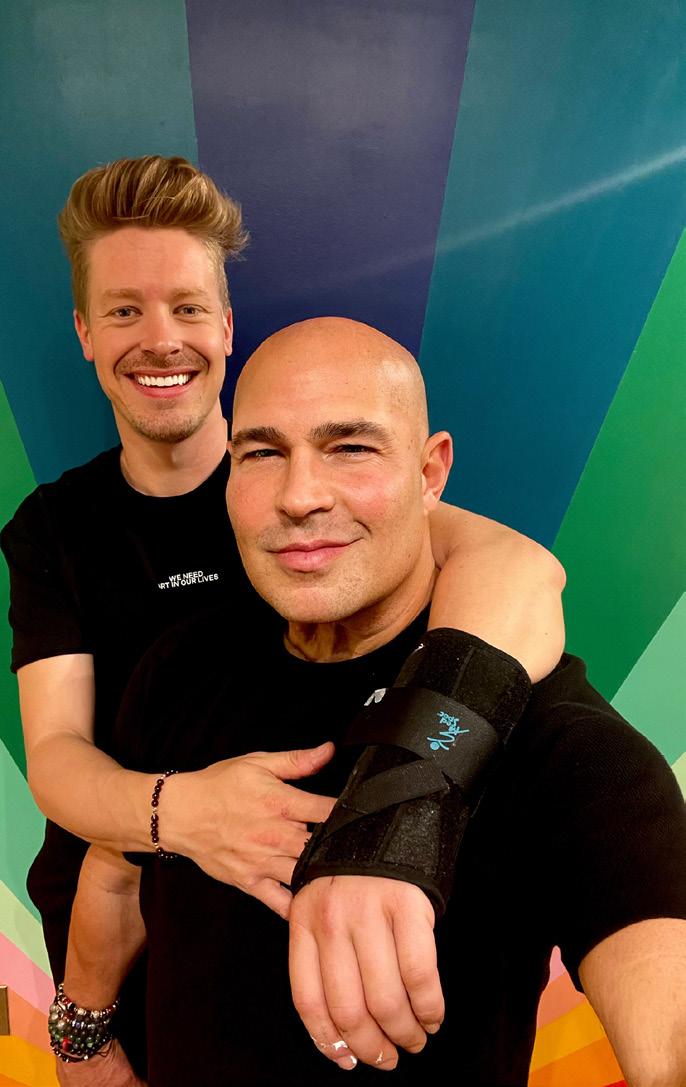
How has the LGBTQ+ community in Los Angeles supported you in your journey as an artist?
As a member of the LGBTQIA+ community, I’ve been incredibly blessed to find a circle of people who are supportive, encouraging, and eager to see me succeed. Even when I may not recognize my talents, they quickly remind me. And there is no better example of that than my partner. We have been together for almost 12 years, and just this past September, we shared our sixth wedding anniversary. From the beginning, he has been the one to give me the courage to pursue my passion. He is rooting me on with each success and picking me up after my failures. Without his unyielding support, I’m not sure I would be able to call myself an artist today. He’s helped me see things in myself that I didn’t even know were there. His constant presence as a partner is a foundation from which I can grow as a person and artist.
And within that partnership came an amazing group of friends. A group of friends that, at one point in my life, I didn’t think I was worthy enough to share in. And now, not only do I consider these people my friends, I consider them family. These people come from all walks of life. Some are older. Some younger. Some are creative. Some are members of the
LGBTQIA+ community. Others aren’t. And they all create the community I am so fortunate to be a part of.
In what ways do you hope to give back to the community through your art or other efforts?
To elaborate further on the previous question, having a supportive community around you is vital. As a member of the LGBTQIA+ community, we certainly understand the importance of our chosen family. While I’ve been blessed with my biological and chosen family, many aren’t afforded the same love and support. Others may only have their chosen family because their biological family doesn’t support their “lifestyle.” That’s where I want to give back to the community. Whether it’s through my art or other means of support, I want to be able to return the same blessings that I’ve been given. To be someone’s inspiration. To be a voice that someone can find commonality in. I know just how deeply art has influenced my life, and I want to be able to share that with anyone who may need it like I did.
What message do you hope your work conveys to those who see it, particularly those facing similar struggles?
Whoever may come in contact with my work, my goal would be for it to bring a sense of hope and healing. I feel that same hope and healing I feel when making it. In its abstraction, my work leaves room for the viewer’s interpretation. It’s meant to offer someone a moment of pause. A moment of reflection. It is a brief spot in their day where they can disconnect from whatever they may have going on and experience something just for its aesthetic value.
How do you want to be remembered as an artist and person?
At the end of the day, as a person, I want to be remembered as someone who cared. Someone kind, thoughtful, and lived an authentic life. And as an artist, I want to be remembered in the same way. I love to create; it’s what fills my soul. It acts as a therapy for me. And I am blessed to be able to pursue it as a career. If I continue to create and hopefully brighten a few lives on the way, I’ll be happy as a person and as an artist.
To contact Andrew: https://andrewjhaan.com/
Special Thank you to:
Joey Santos, whose unwavering support has helped drive me into the direction of my passion.
To my family, whose love and generosity has created the foundation to which I stand.
To my friends, who have truly become a second family.
To Sharon Raijman, CEO of BeTrue Studios, for generously providing the studio for the cover shoot. And to anyone that has seen, connected with, or supported my work.
To James Jeffers, for his creativity and magic behind the lens.


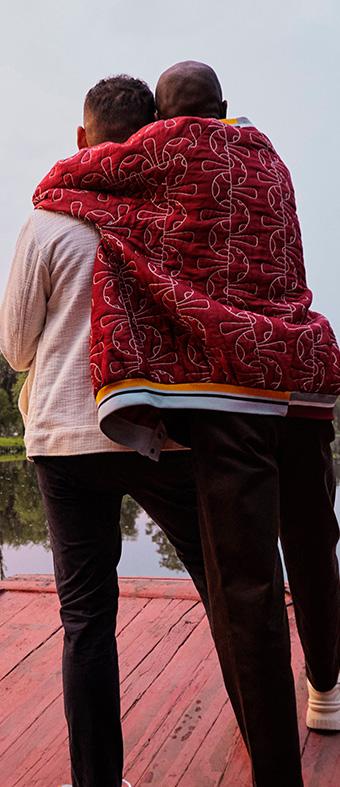
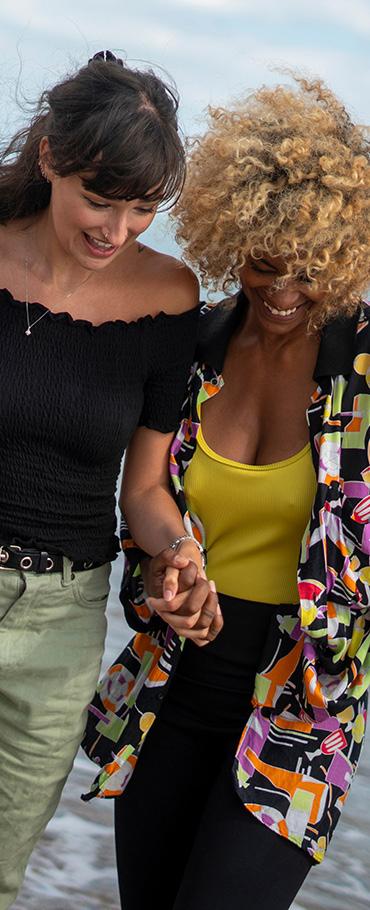

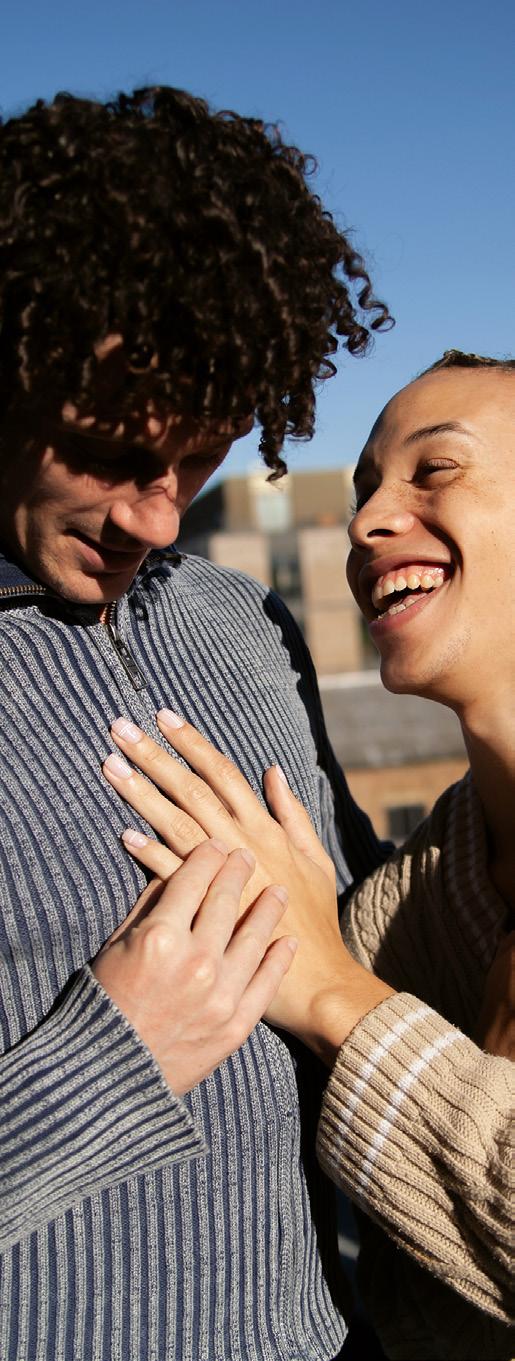
by Lisa Barr
Mental health awareness is a vital conversation for everyone, but it holds special significance within the LGBTQIA+ community. Amid the celebrations of identity and love, there is a pressing need to address the unique mental health challenges faced by LGBTQ+ individuals. Allies, activists, and many community members emphasize that understanding these challenges is crucial for fostering a supportive environment.
Discrimination, stigma, and a lack of inclusive resources contribute to higher rates of depression, anxiety, and suicidal thoughts among LGBTQIA+ individuals. Despite these hurdles, there is hope. Inclusive mental health resources, societal acceptance, and solid legal protections play pivotal roles in improving mental well-being.
We can create a more inclusive, understanding, and mentally healthy world for all.
The LGBTQIA+ community often confronts unique mental health challenges that stem from both societal factors and personal experiences. Members of this community face elevated rates of mental health conditions compared to their heterosexual counterparts. Research indicates a higher prevalence of depression, anxiety, and substance abuse among LGBTQIA+ individuals. For many, these conditions are compounded by the stress of navigating a world that may be unaccepting or hostile.
The root causes of these mental health challenges are multifaceted. Discrimination and stigma, whether encountered in everyday life or institutional
settings, contribute significantly to psychological distress. Internalized homophobia and transphobia can also exacerbate feelings of isolation and low self-worth, further impacting mental health.
Additionally, the risk of suicide and self-harm is notably higher within the LGBTQIA+ community. Studies have shown that LGBTQIA+ individuals, particularly youth, experience suicidal ideation and attempts at much higher rates than their peers. This heightened risk is often linked to the lack of acceptance and support, along with experiences of bullying and harassment.
According to the Trevor Project, LGBTQIA+ youth are significantly more likely to attempt suicide than their non-LGBTQIA+ peers. Additionally, the Substance Abuse and Mental Health Services Administration (SAMHSA) reports that LGBTQIA+ individuals are at a higher risk for substance use disorders, driven in part by coping mechanisms for managing stress and discrimination.
Addressing these mental health issues requires a concerted effort to provide inclusive, affirming resources and support systems. By understanding and acknowledging these challenges, we can work towards creating a more compassionate and supportive environment for the LGBTQIA+ community.
Importance of inclusive mental health resources and support systems
Inclusive mental health resources and support systems are crucial for addressing the unique needs of the LGBTQIA+ community. These resources provide essential support and foster an environment where individuals can seek help without fear of discrimination.
Overall, societal acceptance and legal protections are crucial in creating an environment where LGBTQIA+ individuals can thrive. By fostering a culture of acceptance and enacting supportive policies, we contribute to improved mental health and well-being for the LGBTQIA+ community.
Inclusive mental health resources encompass a range of services designed to affirm and support LGBTQIA+ identities. This includes therapists who are not only trained in LGBTQIA+ issues but also actively affirming diverse identities and experiences. Accessible helplines and support groups tailored to the LGBTQIA+ community are also vital. These resources provide safe spaces for individuals to discuss their challenges and receive guidance from those who understand their specific needs.
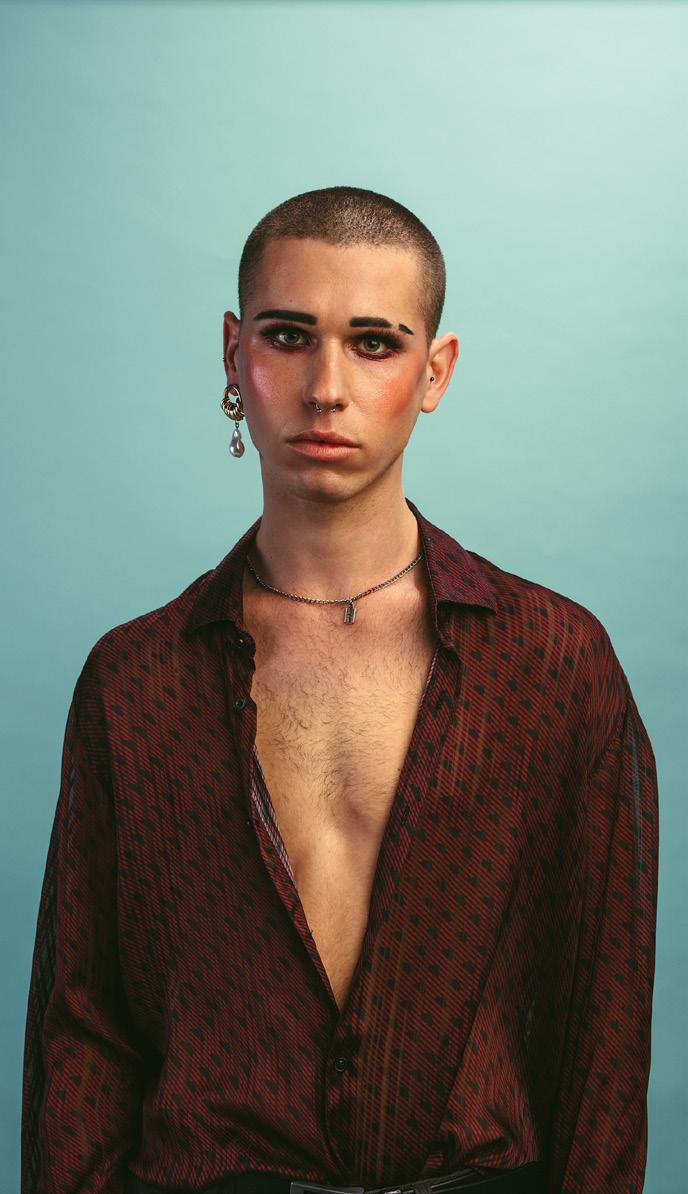
When LGBTQIA+ individuals can engage with mental health professionals and support systems that acknowledge and validate their experiences, it significantly improves their mental well-being. Affirming therapy can help individuals navigate internalized stigma, develop coping strategies, and foster a positive self-identity. Support groups offer a sense of community and belonging, which can be especially important for those who face isolation or rejection.
Real-world examples illustrate the positive impact of inclusive mental health programs. Organizations like The Trevor Project and PFLAG provide dedicated support and resources for LGBTQIA+ individuals, offering crisis intervention, counseling, and community-building opportunities. These programs have been shown to reduce feelings of isolation and improve overall mental health outcomes.
Creating and maintaining inclusive mental health resources is about addressing immediate needs and fostering long-term well-being and resilience within the LGBTQIA+ community.
By prioritizing inclusivity, we ensure that all individuals have access to the support they need to lead fulfilling and healthy lives.
When LGBTQIA+ individuals are accepted and valued in their communities, they experience lower levels of stress and anxiety. Positive societal attitudes contribute to a greater sense of belonging and self-worth, reducing the psychological impact of discrimination and stigma. Conversely, societal rejection and negative attitudes can exacerbate feelings of isolation and low self-esteem, leading to increased mental health issues.
Legal protections also have a substantial impact on mental health. Anti-discrimination laws and legal recognition of LGBTQIA+ relationships contribute to a safer and more supportive environment. For example, laws that protect against discrimination in employment and housing help prevent the stress and instability that can arise from job loss or housing insecurity. Marriage equality and legal recognition of partnerships provide important emotional and social support, reinforcing the validity and value of LGBTQIA+ relationships.
Overall, societal acceptance and legal protections are crucial in creating an environment where LGBTQIA+ individuals can thrive. By fostering a culture of acceptance and enacting supportive policies, we contribute to improved mental health and well-being for the LGBTQIA+ community.
Actionable steps allies can take to support LGBTQIA+ mental well-being Allies play a crucial role in fostering a supportive environment for LGBTQIA+ individuals. Here are actionable steps allies can take to contribute to the mental well-being of the LGBTQIA+ community:
• Educate yourself and others: Take the initiative to learn about LGBTQIA+ issues, mental health challenges, and the importance of inclusivity. Share this knowledge with others to help spread awareness and reduce stigma. Engaging in continuous learning and dialogue helps allies stay informed and supportive.
• Advocate for inclusive policies: Support and advocate for policies that promote inclusivity and protect LGBTQIA+ rights. This includes backing anti-discrimination laws, supporting workplace diversity initiatives, and encouraging educational institutions to implement inclusive practices.
• Support LGBTQIA+ organizations: Contribute to and volunteer with organizations that provide mental health support and resources for the LGBTQIA+ community. Organizations like The Trevor Project and local LGBTQIA+ support groups often rely on community support to continue their vital work.
• Create safe spaces: Ensure that your home, workplace, and social environments are safe and welcoming for LGBTQIA+ individuals. This involves using inclusive language and facilities (gender-neutral restrooms, etc.), respecting chosen pronouns, and addressing any discriminatory behavior.
• Offer emotional support: Be a compassionate listener and offer support to LGBTQIA+ friends, family members, and colleagues. Let them know you are available and willing to listen without judgment. Sometimes, simply providing a supportive presence
can make a significant difference.
• Challenge discrimination and stigma: Speak out against homophobia, transphobia, and other forms of discrimination when you encounter them. Stand up for LGBTQIA+ individuals and help create an environment where discrimination is not tolerated.
• Encourage access to resources: Help connect LGBTQIA+ individuals with mental health resources and support services. Providing information about LGBTQIA+-affirming therapists, support groups, and crisis helplines can be invaluable.
By taking these steps, allies can make a genuine and meaningful impact on the mental well-being of the LGBTQIA+ community, fostering an environment where everyone feels supported and valued.
Supporting the mental health of LGBTQIA+ individuals requires a collective effort rooted in understanding, acceptance, and proactive engagement. By recognizing and addressing the unique mental health challenges faced by the LGBTQIA+ community, we can work towards creating a more inclusive and supportive environment. Inclusive mental health resources and legal protections play a significant role in enhancing the well-being of LGBTQIA+ individuals, but the impact of societal acceptance cannot be overstated.
Allies have a crucial role in this process, from educating themselves and advocating for supportive policies to creating safe spaces and offering emotional support. By taking these actionable steps, allies can help reduce stigma, challenge discrimination, and foster a culture of acceptance that promotes mental health and resilience.
Together, we can build a world where LGBTQIA+ individuals not only survive but thrive, supported by a community that values and upholds their dignity and well-being.

Lisa Barr is privileged to lead an incredible team of talented, compassionate, and dedicated nonprofit healthcare professionals who make a difference every day. For over 10 years, she has been overseeing the strategic planning, implementation, risk management, and organizational development of this vital community resource that provides HIV/STD prevention, education, testing, and treatment services. With an MBA from Johns Hopkins University and a background in business development, marketing, and grant writing, Barr brings a combination of analytical skills, strategic thinking, and creative problem-solving to her role.
Her mission is to foster a culture of excellence, innovation, and collaboration, with her clients to fulfill its vision of a world without HIV/AIDS.

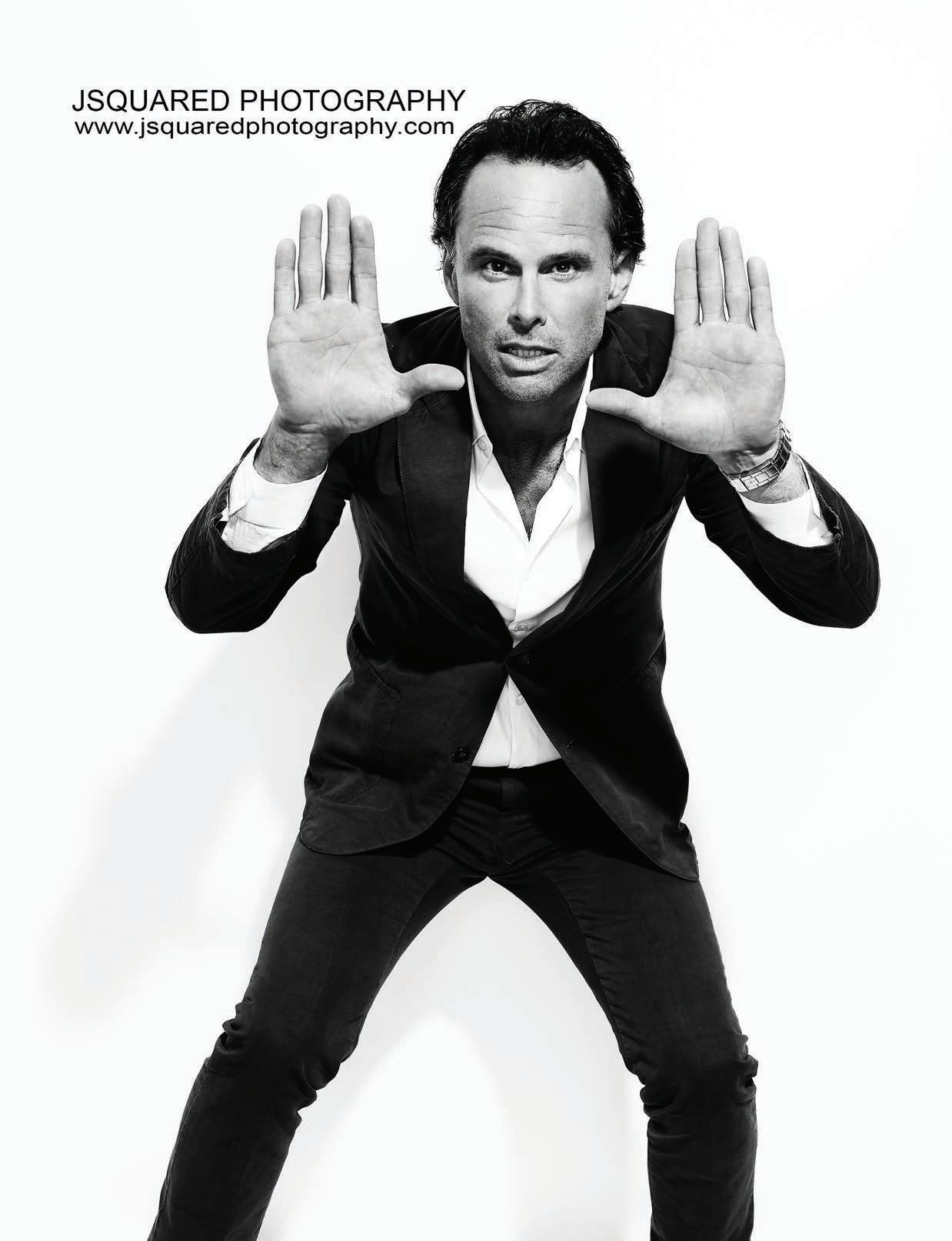
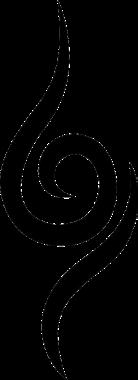
by Dr. Taz Bhatia
Meditation gives you back time in your day. The downtime you give your brain by not thinking gives it time to recharge and replenish in a way no other activity can. ~Taz Bhatia

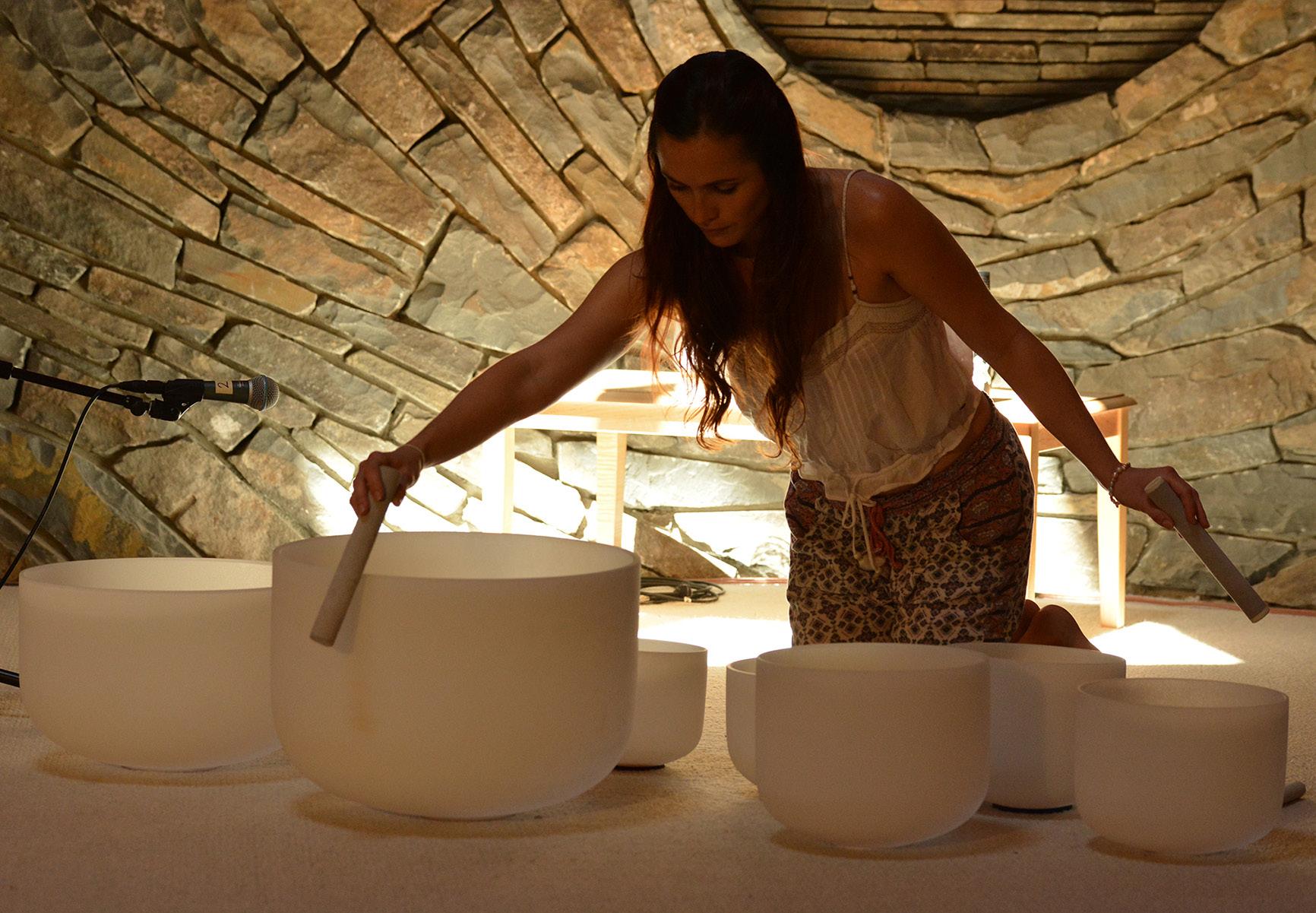
The first step in starting a regular meditation practice is finding the style that’s right for you. This guide can help.
You’ve probably heard that meditation can reduce stress, boost your immune system, and make you happier and more focused. But there are so many types of meditation that it can be hard to know which one will meet your needs.
Selecting the appropriate type of meditation practice is crucial for achieving optimal mental and physical health benefits. Different meditation techniques, such as breathing, chanting, compassion, and even eating meditation, cater to various needs and preferences.
A study conducted with 247 San Francisco State University students suggests that if you find a type of meditation that suits your personal tastes, you are more likely to stick with it. And sustained practice, in turn, boosts your chances of reaping the benefits of meditation.
When you find one that resonates with you, click through for more information about that style, including a sample meditation offered by Omega Institute, the nation’s most trusted
source for wellness and personal growth.
If you’re a beginner or experiencing anxiety, try Breathing Meditation. Breathing meditation uses your breath as the object of concentration. It’s a great practice for beginners to start with.
If you’re a musician or like to sing, try Chanting meditation. During chanting meditation, you sing or chant sacred mantras, phrases, and/or songs, often accompanied by live instruments or recorded music.
If you have a soft spot for others or have a hard time understanding them, try Compassion Meditation. Compassion meditation is designed to help you develop loving-kindness and compassion for yourself and others.
If you’re an intellectual, try Contemplative Inquiry. During contemplative inquiry, you focus your mind on one concept or question, such as “Who am I?”

If you’re a fitness enthusiast, try Dancing Meditation. Dancing meditation helps you to cultivate a sense of oneness as you focus on the music and rhythms of the dance. The practice can be quiet, meditative, ecstatic, rhythmic, and trance-inducing.
If you’re a heart-centered person, try Devotional Meditation & Prayer. Devotional Meditation and prayer are a way of cultivating a closer relationship with the divine.
If you have a love and/or hate relationship with food, try Eating Meditation. Eating meditation is the art of mindfully chewing and swallowing each bite of your food.
If you’re a highly sensitive person, try Energy Meditation. In energy meditation, you focus your attention on a subtle energy or energy center, like the chakras.
If you’re an auditory/verbal learner, try Mantra Meditation. Mantra meditation is the act of audibly or silently repeating a calming word, thought, or prayer phrase, sometimes in an ancient, sacred language and sometimes in your native tongue.
If you’re active or athletic, try

Moving Meditation. Moving meditation invites you to turn any form of conscious movement into a sacred body prayer.
If you’re a nature lover, try Nature Meditation. During nature meditation, you use your senses to focus on nature. It is typically done outdoors but can be done indoors using a nature-themed guided visualization.
If you like words, try Passage Meditation. Passage meditation is the act of sitting quietly and reading and/or mentally repeating content from a spiritual book or text.
If you’re a music lover or auditory learner, try Sound Meditation. Sound meditation uses a pleasant, nonvocal sound as the object of concentration. The sound can come from a variety of objects, including chimes, cymbals, metal or crystal bowls, or a gong.
If sitting is uncomfortable, try Standing Meditation. Standing Meditation encourages you to tune into the present moment and focus on the physical sensations of standing in one or more postures.
If you’re an artist or visual learner, try Visual Meditation. In visual meditation, you focus on an image, either in your mind’s eye or externally in front of you.
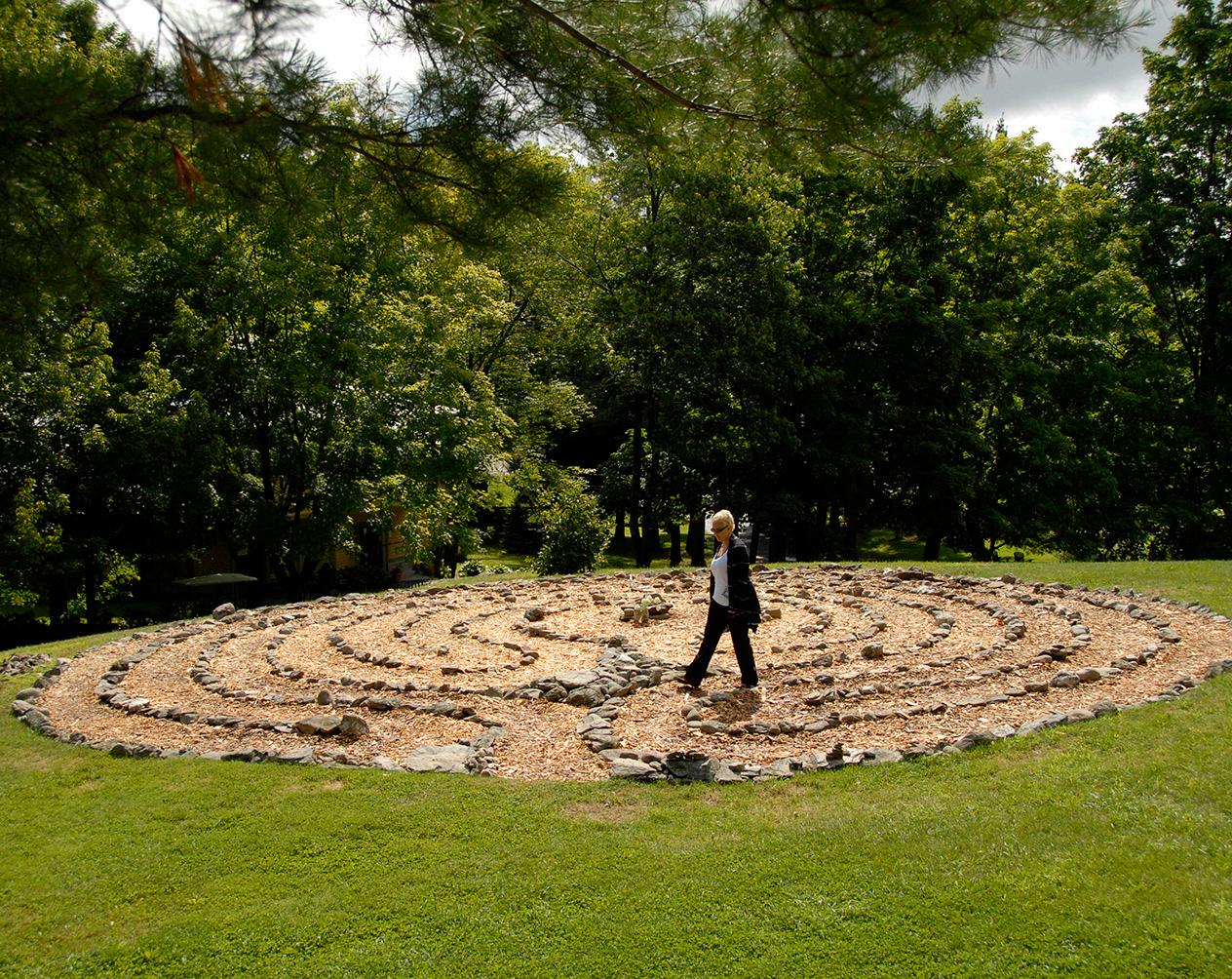
Located on 250 acres in New York’s Hudson Valley, Omega Institute offers diverse and innovative educational experiences, both in person and online, that inspire an integrated approach to personal and social change. Learn more at eOmega.org.


It started with a mirror. Decades ago, when I first moved to London – rich in youth and a sense of adventure but poor in cash and a sense of direction – I worked for a while as a ‘serving wench’ in the Beefeater by the Tower of London. In its day, this historical re-enactment, complete with flickering torchlight, Henry VIII tribute artist, strolling players, jousting knights, and all-singing, all-dancing serving wenches was a quintessentially British, boisterous recreation of a Tudor banquet – or how everyone imagines it to be. Tourists from all over the world eagerly devoured it.
One night, as I was quietly reading a book and enjoying the calm of a few minute’s break in the staff changing room, I heard a rustling sound behind me. I looked up. In the dressing table mirror in front of me, I glimpsed a pale-looking woman in a floaty, long-sleeved white dress swaying from side to side a few feet behind me. I turned around, but there was no one there.
I don’t remember feeling alarmed. After all, I was working in a Tudor recreation, so I assumed it was probably another staff member in costume who had swiftly exited the changing room. I returned to my book. I heard the rustling again. This time, when I looked up in the mirror, the pale lady wasn’t a few feet away but standing right behind me. I noticed her sparkling blue tiara, which matched her blue eyes. Again, when I turned around to say hello, nobody was there.
At the moment, I put it down to the power of suggestion given the environment I was working in (not to mention the book I was reading, a collection of Edgar Allan Poe stories), but I couldn’t escape the feeling that this vision felt very real. The most surprising thing was that the pale lady didn’t scare me in the slightest. I sensed that whoever or whatever she was, and for whatever reason she was revealing herself to me, she meant me no harm.

In the evenings that followed, I found myself returning to sit in front of the mirror in the hope of seeing her again, but I never did. When I shared my story with a few of the other cast members, most rolled their eyes and suggested I was dreaming or had been drinking. I have always had vivid dreams, but I wasn’t asleep when I saw her, and I don’t drink. A few colleagues mentioned that the Tower of London allegedly had many ghosts, so perhaps she was straying from there. It wasn’t until my last day of working at the Beefeater that one of the strolling players took me aside and told me I wasn’t the only one – she had seen the pale lady in the mirror, too.
Was this woman I glimpsed in the mirror my first sighting of an actual ghost? Or was I simply imagining her? I don’t know, but one thing is certain: it whetted my appetite and I began to properly research the supernatural from that time onwards. And all these years later, whenever I glimpse my reflection in a mirror, I know a part of me is still searching for her.
I have had other unexplained visions since then, mostly of dancing shadows and flickers in the corner of my eye. None of them have been quite so visceral – or seen with my wide-awake eyes – as the pale lady in the mirror. Often, it happens just as I’m about to fall asleep, so I’m never sure if I am dreaming or awake
Typically, the experience is subtle and could easily be a trick of the light. But each time, the experience feels very real. It is also unforgettable – it quite literally haunts me – and if I close my eyes and take myself back to the vision, I can relive it in intense detail.
These supernatural experiences didn’t stop with my glimpse of I’m-not-surewhat in a mirror. On one occasion, I believe a disembodied voice may have saved my life. If the pale lady was a catalyst to ignite my desire to see the other side more clearly, this experience encouraged me to have a little more faith in my own potential mediumistic abilities.
I was in my early thirties. I found myself driving behind a slow-moving van that was impossible to overtake due to oncoming traffic. We reached a junction. I needed to turn left, as that was the fastest route to my destination, ensuring I would arrive on time for my first-ever radio interview. I was excited about this new opportunity, which was why hearing the voice of my departed mother telling me to ‘take the right path’ while I was waiting at the junction was wildly unexpected.
The voice – which I had already heard in my dreams the night before – seemed to be coming from both inside and outside my head at the same time, and it was so calm, clear, and decisive that I did not hesitate to obey. I instinctively turned right and missed my radio slot because the roundabout route to my destination from that point involved heavy traffic delays. I cursed silently to myself all the way home.
Frustration transformed into shock when I found out later that evening that if I had turned left as intended, chances are I might have been involved in a fatal crash. A pile-up close to the junction that happened moments after I had turned in the other direction tragically killed three people. The van I had been trailing was involved in the crash.
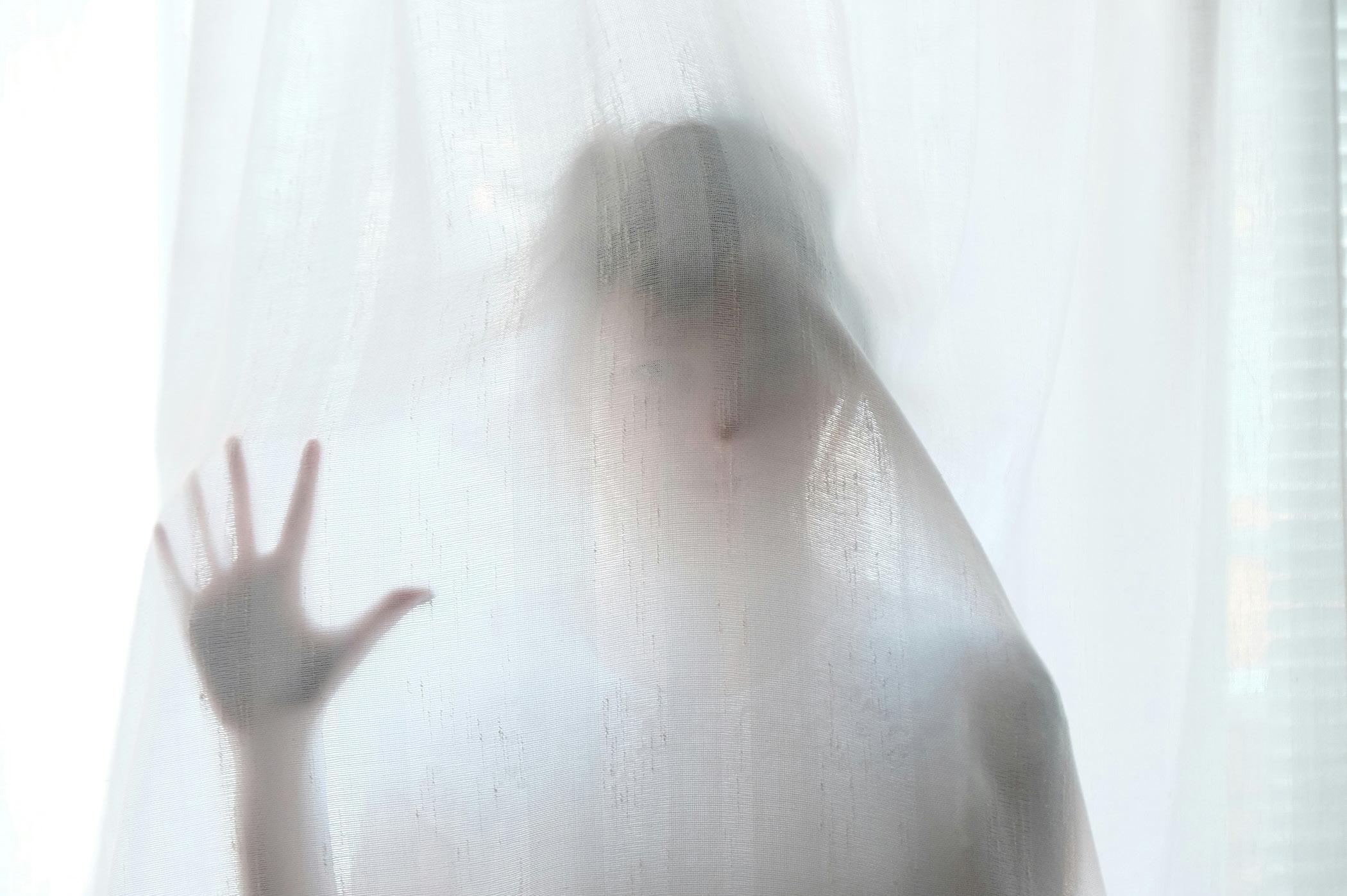
Was this really the voice of my mother in spirit warning me, or was it simply a memory, as she always used to tell me to take the right path in life, meaning do the right thing? Or was it my impatience about being stuck behind a van that made me irrationally turn right? I will never know for sure, of course, but it’s something I often reflect deeply about.
I’m very aware that seeing things that aren’t there and hearing voices is often said to be one of the first signs of madness. Although my family may, at times, disagree, I’m most certainly not mad. I don’t suffer from hallucinations or anxiety. I have gone through every possible explanation, and I feel sure that both the woman in the mirror and the mysterious voice, while I was driving, were not things I imagined.
These unexplained, spontaneous experiences, whatever they were, happened to me. All these decades later, I am no longer ashamed to admit to them.
And I know from the countless afterlife stories I receive from my readers and listeners that their uncanny experiences happened to them, too. Many of them begin their stories by saying that they really aren’t sure if life after death exists, if ghosts are real, or if this was all in their imagination, but this is their story. It felt real; it still feels real, and they can’t explain or forget it. Many are relieved to share their stories, sometimes for the first time, and to be taken seriously.
For the past thirty years, I have written an endless stream of supernatural books and psychic world encyclopedias, and in recent years have become a go-to TV, radio, and podcast expert on matters paranormal. My career has been dedicated to researching, writing about, and talking about ghosts, hauntings, dreams, and the psychic world. I’m on a mission to mainstream the supernatural.
But it’s not just been the theme of my career; it’s been the direction and the passion of my entire life.
I was born into a family of psychics and spiritualists, where talk of ‘seeing dead people’ was commonplace. My earliest memory of attending a seance or mediumship demonstration was around the age of five or six. At the time, I had no idea what was going on. I didn’t see any spooks or tables turning, but I did see a lot of crying and a lot of smiling, and often the two happening together.
Growing up, I was plagued with self-doubt and square peg/round hole syndrome as a result of my inability to consciously connect to the other side as a medium or psychic allegedly can – but despite this, I have always had a strong belief in the afterlife. This was not just because of my spiritualist upbringing but because of my academic study of the metaphysical world while doing my degree in Theology and English at King’s College, Cambridge. What followed was a lifetime of research into the possibility of ghosts, which has shaped my writing career. I’ve been lucky enough to collaborate with academics, doctors, neuroscientists, psychiatrists, psychologists, and parapsychologists researching the science of consciousness, as well as authentic mediums and psychics. Most importantly, I’ve had hundreds of discussions with people who believe they have been through paranormal experiences.
Along the way, my conviction has been constantly boosted by the deluge of messages I gratefully continue to receive from people all over the world sharing their true-life ghostly experiences. These people come from all backgrounds and stages of life. I believe that every experience of a ghost or haunting should be treated with the utmost respect. They are an undying part of the human experience, and instead of dismissing or denying them, I believe that we need to
strive constantly to understand them better.
The idea of this book, apart from sharing fascinating and compelling ghost stories is to help you better understand the ageold and globally reported phenomena of ghosts and hauntings. I also hope it will circumvent some of the jargon that many ghost hunters and paranormal researchers easily lose themselves in, making what is a commonly reported human experience feel unnecessarily complicated, impenetrable, elite, and specialist. I believe that once we lose our fear of the idea of an afterlife and of being left alone in the dark, we all have the potential to ‘see’ beyond the material world. Spirits can communicate in countless invisible ways that are unique to each of us. Yes, there are dramatic ghost sightings out there – and this book will showcase some very famous ones – but in general, fullblown apparitions are exceedingly rare and, indeed, no more or less helpful to our understanding of the afterlife than the quieter ones.
And just as you don’t need to ‘see’ ghosts to believe in them, you really don’t necessarily need to seek out the services of ghost hunters or mediums either. This book will show that you can become your own psychical researcher, your own medium. All you need is curiosity, a willingness to go outside your comfort zone, and a hefty dose of self-belief and common sense. And if you have had (or, after reading this book, go on to have) a paranormal experience, I want you to feel reassured that it is not something to panic about or deny. It is something to get excited about and to discuss with people who are non-judgmental. Every report of haunting is a reminder that there is so much more to this life – and to being a human, to being amazing you – than meets the eye.

In Haunted World, Theresa Cheung, paranormal expert and Sunday Times bestselling author, sheds light on 101 of the most enigmatic and unsettling of these tales from across the globe.
From the spectral apparitions that tread the halls of Hampton Court Palace, echoing the tumultuous past of Henry VIII’s wives, to the mournful legend of the Weeping Woman haunting Mexico’s riverbanks, Cheung intertwines well-known legends with intimate, personal encounters shared by her devoted readers and listeners. Going beyond the surface, Cheung categorizes these ghostly encounters into four distinct types: residual, poltergeist, inhuman, and intelligent, offering a unique and comprehensive exploration of the spectral realm. In Haunted World, she doesn’t just perpetuate myths she introduces readers to modern parapsychology, highlighting recent developments in scientific research that aim to demystify our enduring fascination with ghosts.
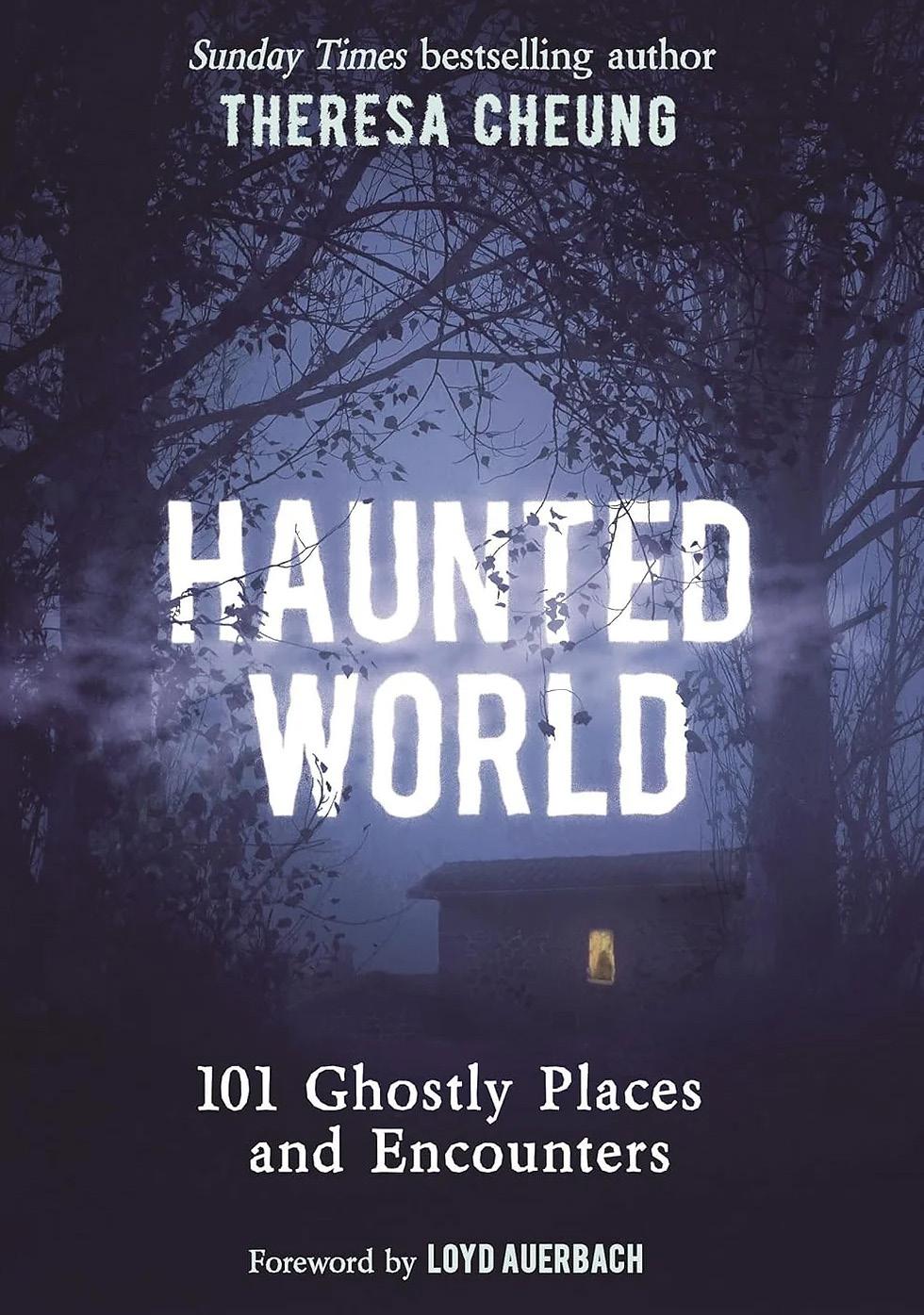
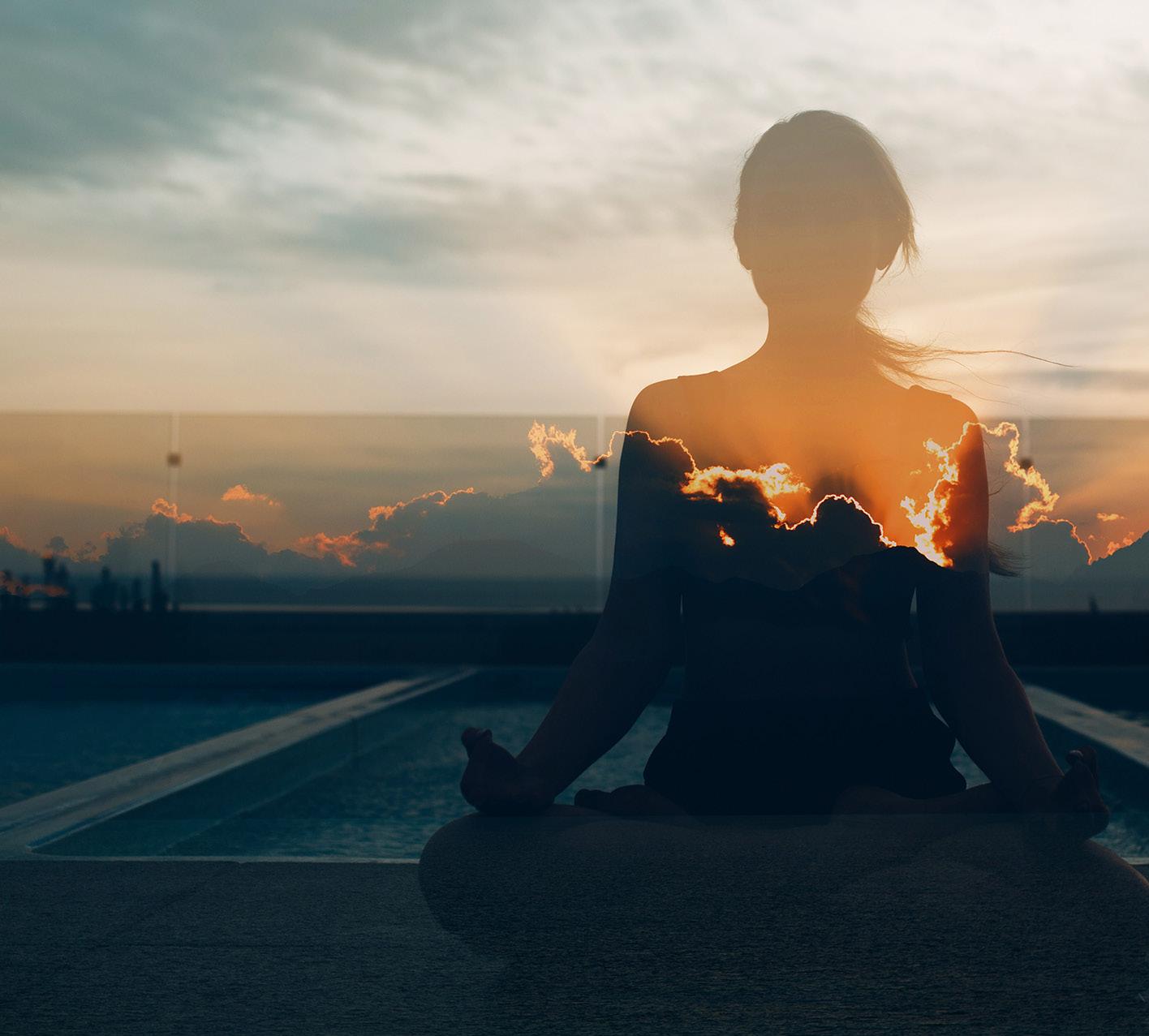
by Selina Maitreya
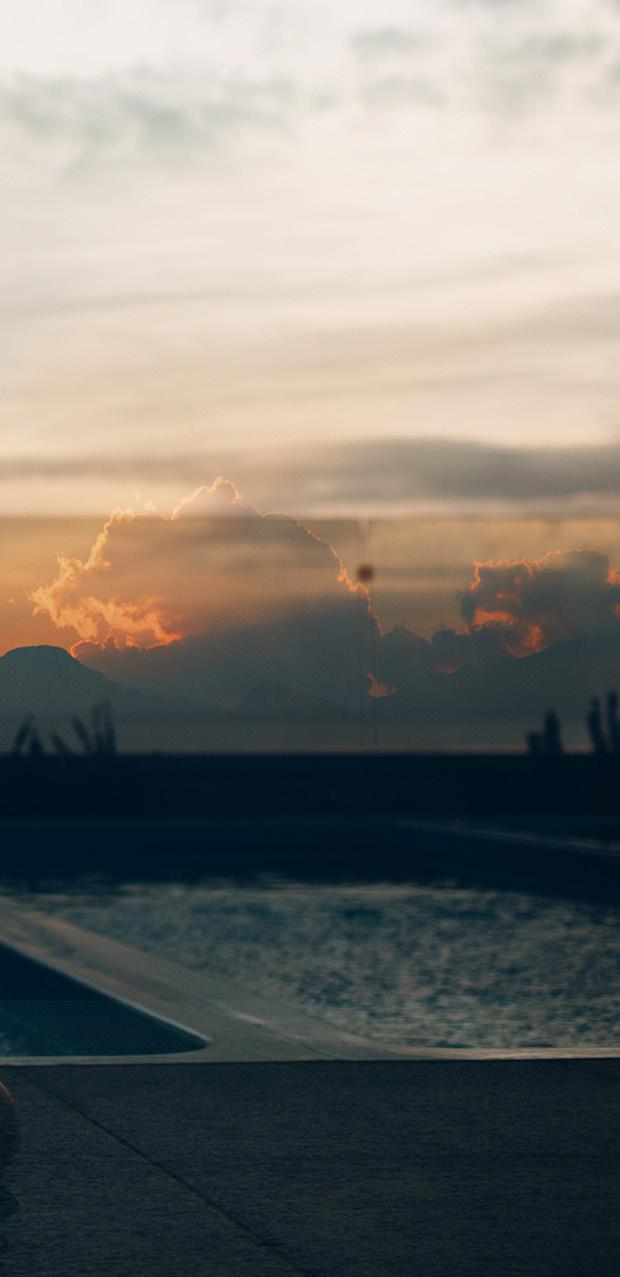
When I ask my students what it would be like to live an extraordinary life, they tell me about finding the right romantic relationship, having an overflowing bank account, working in a job that has great meaning, or returning to excellent health.
And when I dig deeper and ask them: Why is a healthy life important? What would a new romantic relationship bring? How would you benefit from a meaningful career? The answer is always the same: “I’d be happy. I’d stop worrying. I’d be at peace.”
When I then inquire, can you be happy and have peace without your situations changing? they look at me with a puzzled response and usually become quiet.
When I share that long-term peace, happiness, and abundance, do not come only from a shift in their external circumstances but can indeed be acquired through altering the frequency of their responses in the small—as well as in the large—moments of their life, most are in disbelief.
I then explain how consciously choosing kindness, compassion, and grace as your reply to daily frustrations and life’s difficulties truly enables you to experience peace. While most people agree that walking through life with a positive attitude is helpful, they miss how important their moment-to-moment responses to chaos actually are.
Think about the seemingly never-ending frustrations in your life. Is it the scooped subway seat when you are bone tired or the never-ending traffic jams and the negative vibes you feel on the highways on your way to work? Or maybe it’s the person in the “8 Items or Less” line at the grocery store with the overflowing shopping cart when you are running late.
Perhaps you are tired of always struggling to pay your bills and/or going home to a partner who never seems to talk to you anymore. Then there is our world of divisive politics, tremendous poverty, hatred, and injustice, which seem to be endless.
Pick any piece of chaos. It does not matter which you choose; none of them truly represent your short- or long-term peace, for your peace truly lies in the frequency of your response to each one of these difficult situations.
You can’t fix the traffic, your partner, the subway seat scooper, or the fast middle finger in the left-hand lane. You can, however, view and use each and every one of these situations as a transformational tool as you learn to choose a response that leaves you at peace and doesn’t fuel the situation with even lower frequency.
I’d like to show you now how easily you can release low-frequency vibrations from an ordinary or even difficult day.

Nighttime Review
I’m sharing with you a practice to use that will help you review your day and give you the opportunity to get into the habit of neutralizing any low frequency that you’ve created due to your actions, words, or emotions that truly don’t serve you or others. It is extremely helpful, as it neutralizes any vibration that you created that you might have missed throughout the day.
Evening Scan
Prepare for bed, and as you’re lying down and relaxing, begin to review your day. Start with the morning and allow each experience to pop up. Go through the day trusting that whatever experience is supposed to appear will do so.
As you view each situation, note where you were in alignment with your highest frequency and where you were not. Just notice, not allowing yourself to be in judgment of others or yourself or energetically charged in any way by what you see.
Remain completely neutral during
this review. When you feel this part of the practice is complete, ask the Universe to neutralize and then release any low frequency that you created due to your thoughts, actions, or words that did not serve.
When that piece is complete, begin to visualize the moments of the day that brought you delight.
Was it the door that was held for you? The conversation with a favorite neighbor? Or perhaps it was the sunset you witnessed that took your breath away? Whatever your small or large joys were, see each one and feel them again, completely.
Then bless yourself and bless the day.
Finally, become present to your state.
Are you feeling more relaxed? More at ease? Most people report that their anxiety releases and their frustration slips away. This occurs as you have actively chosen to shift frequencies and have brought in the energy of peace!
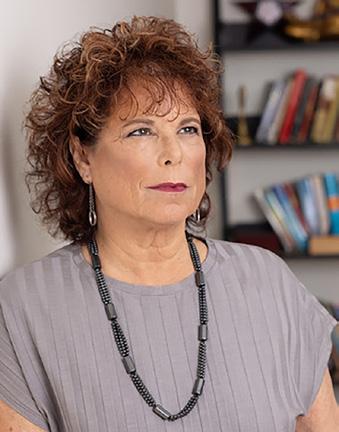
is a lecturer, author, and spiritual teacher. The creator of Clarion Call, an online conference of spiritual teachers, she is a founding member of the Manhattan Holistic Chamber of Commerce and a past board member of the Boston Theosophical Society. She lives in Arlington, Massachusetts. https://www.practicalspiritualitywithselina.com
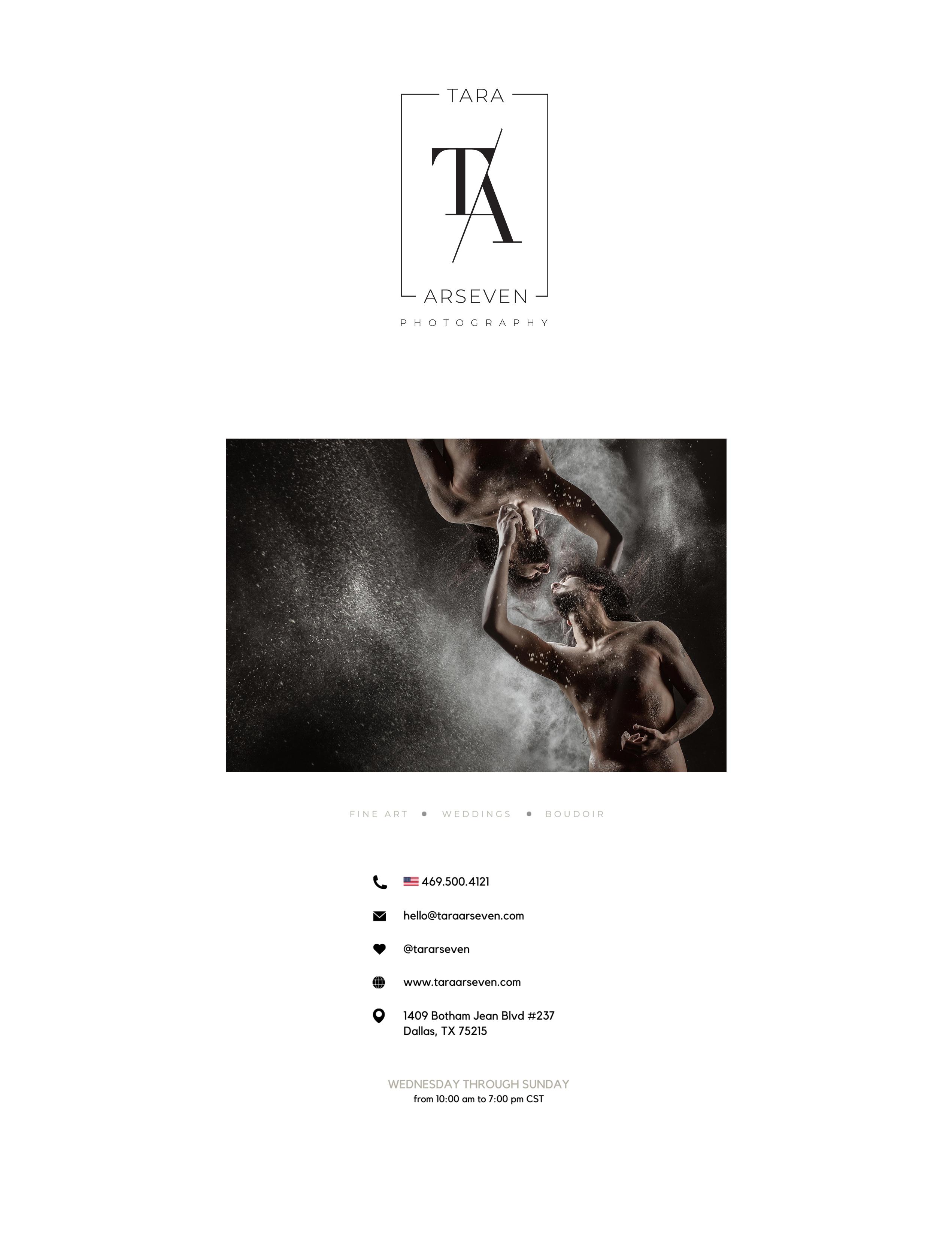
Wayans
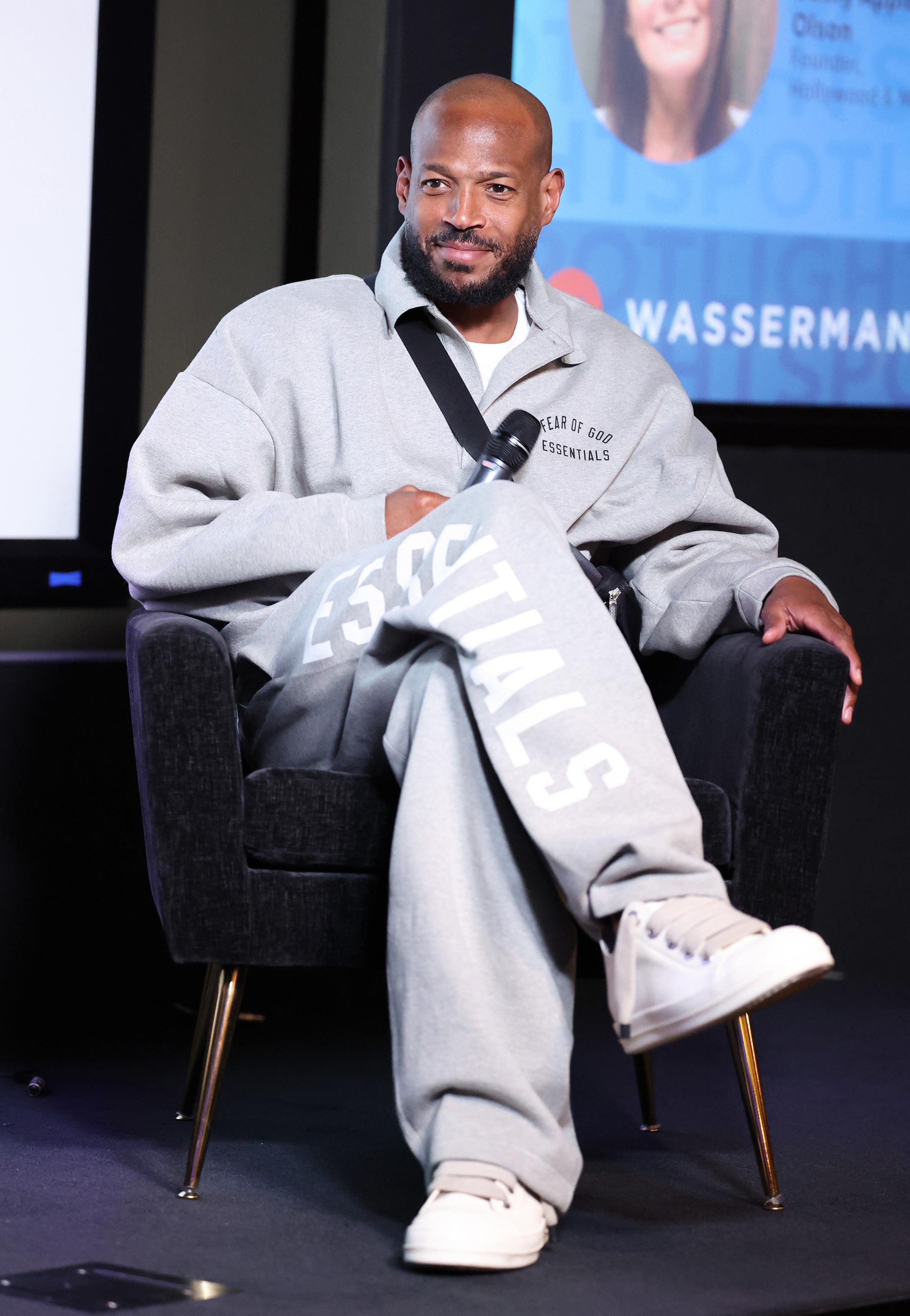
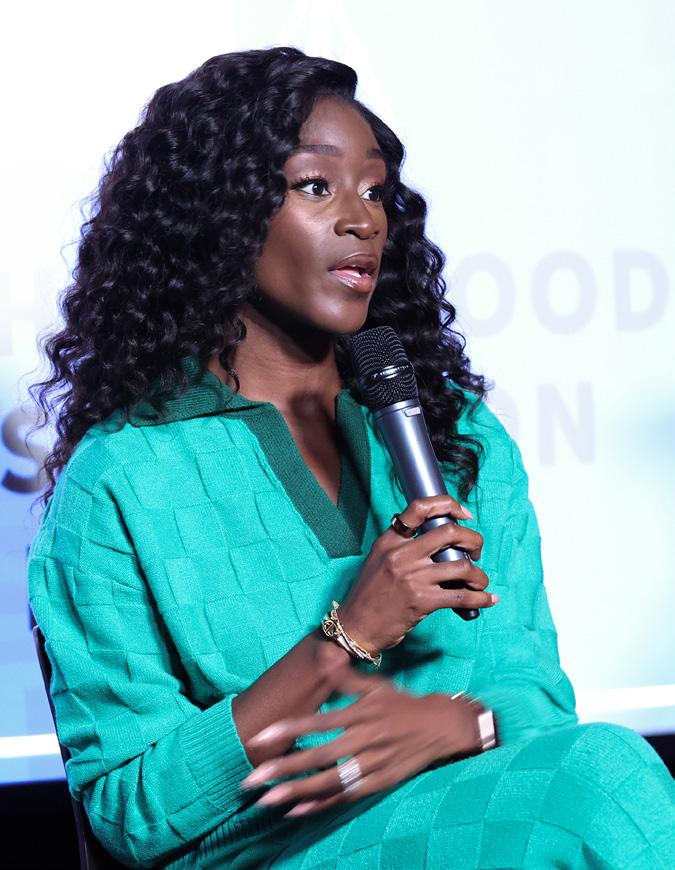
Los Angeles played host on September 13, 2024, to the Hollywood & Mind event, a gathering that continues to spark essential conversations around mental health and the entertainment industry.
Anchoring the program, actor, comedian, and filmmaker Marlon Wayans sat with Hollywood & Mind founder Cathy Applefeld Olson for a wide-ranging discussion about his career that’s spanned more than 30 years, his experience with grief and finding joy, and his thoughts on spirituality. Wayans reflected on the recent death of both of his parents, which helped him transform his outlook on the business. “Have no cap on your dreams,” he told the assembled crowd. “I don’t want to be divisive in anything I do. This world needs laughs, love, and lots of learning, and that’s what I’m here for.”
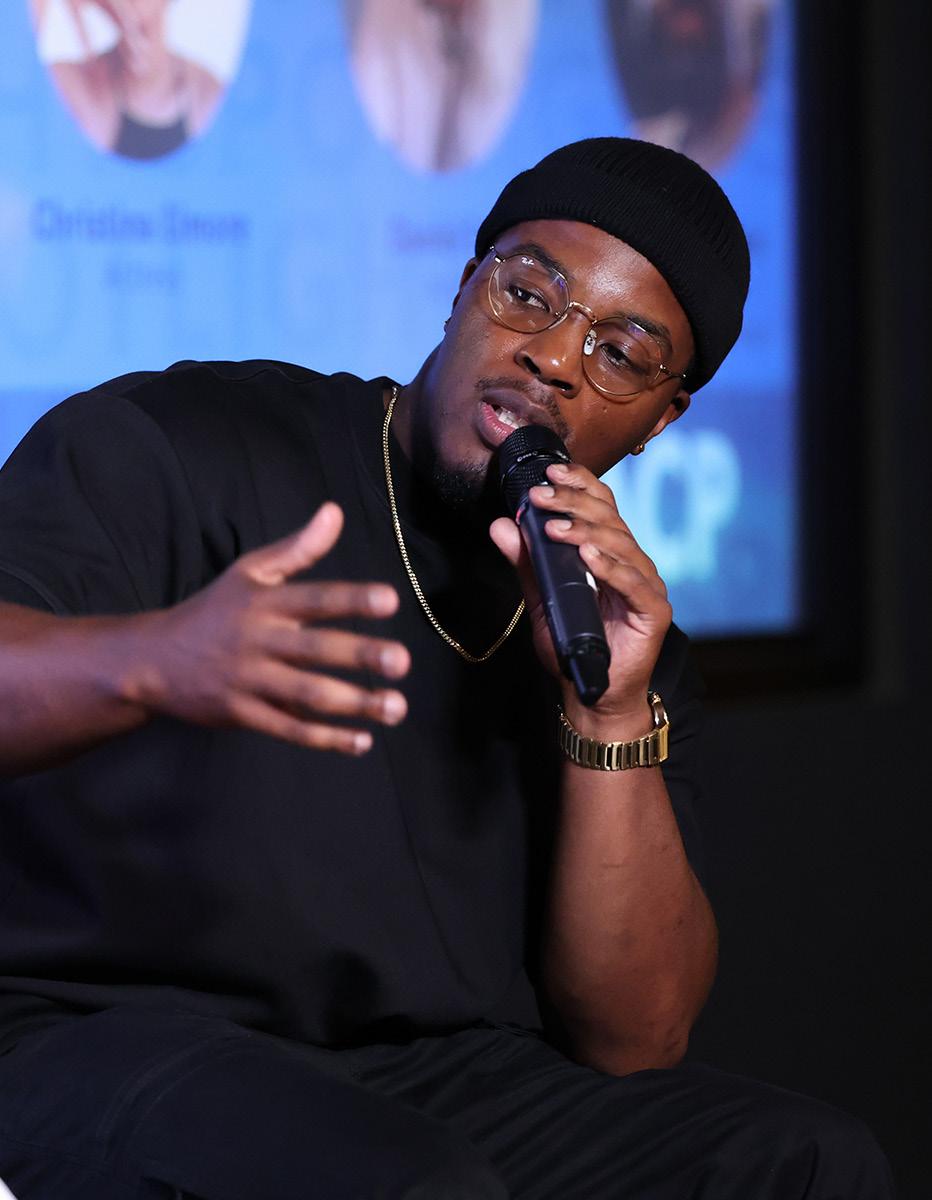
Speaking about his recent Prime Video stand-up special Good Grief, in which he addresses his depression after his parents passed, Wayans said, “My mother’s death broke me into a million pieces. I was shattered. They couldn’t make a liquor strong enough for me to drink when I lost my mother. When my father died, I slowly put myself back together, adding God… When you go through pain and devastation and put yourself back together, you haven’t lost yourself; you just found a better you.”
Wayans said the process of stepping into the starring role in the film Him, due next September from Jordan Peele’s Monkeypaw Productions, was a game changer for his wellbeing. “In the movie, I play the greatest quarterback of all time. I went on a journey of what it was to be great and realized as I was building for this character, I was building a better version of myself.
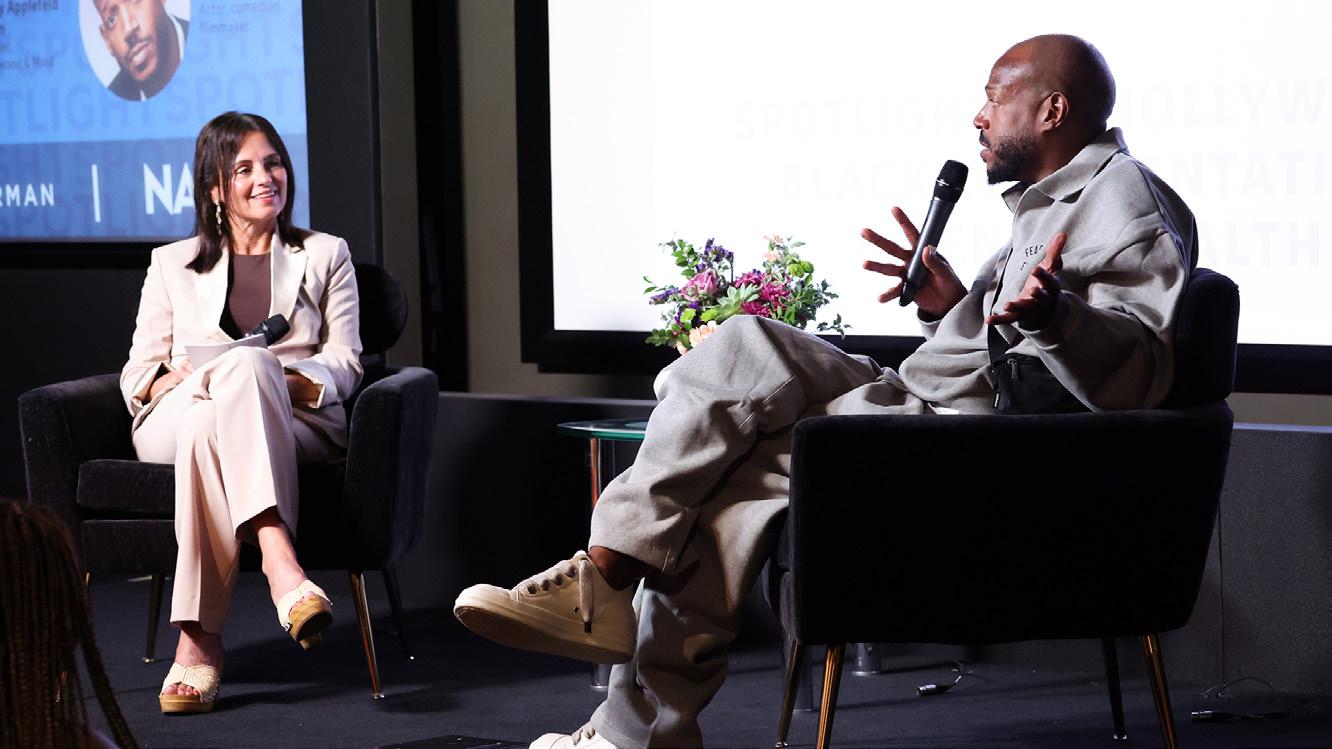

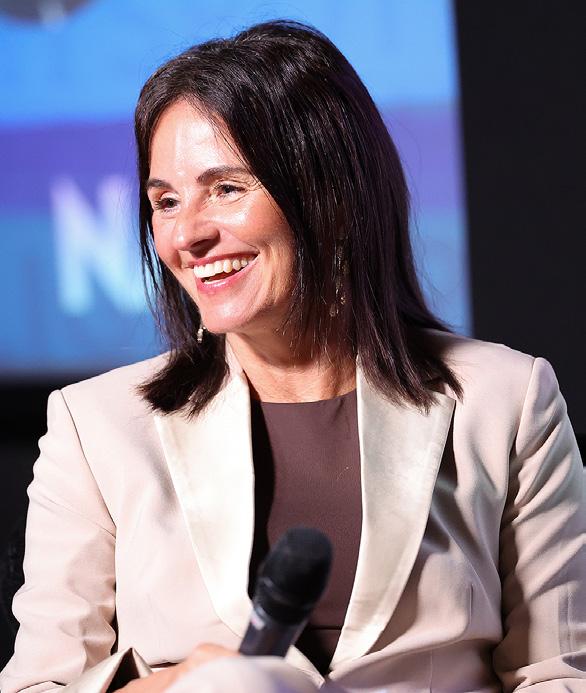
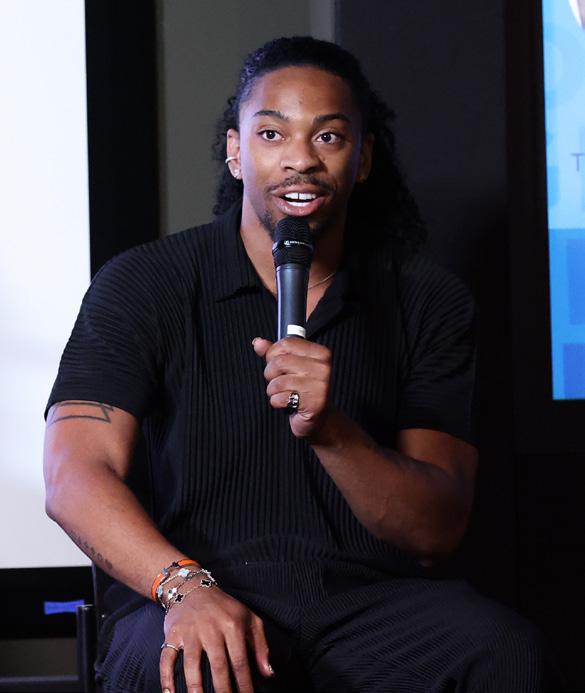
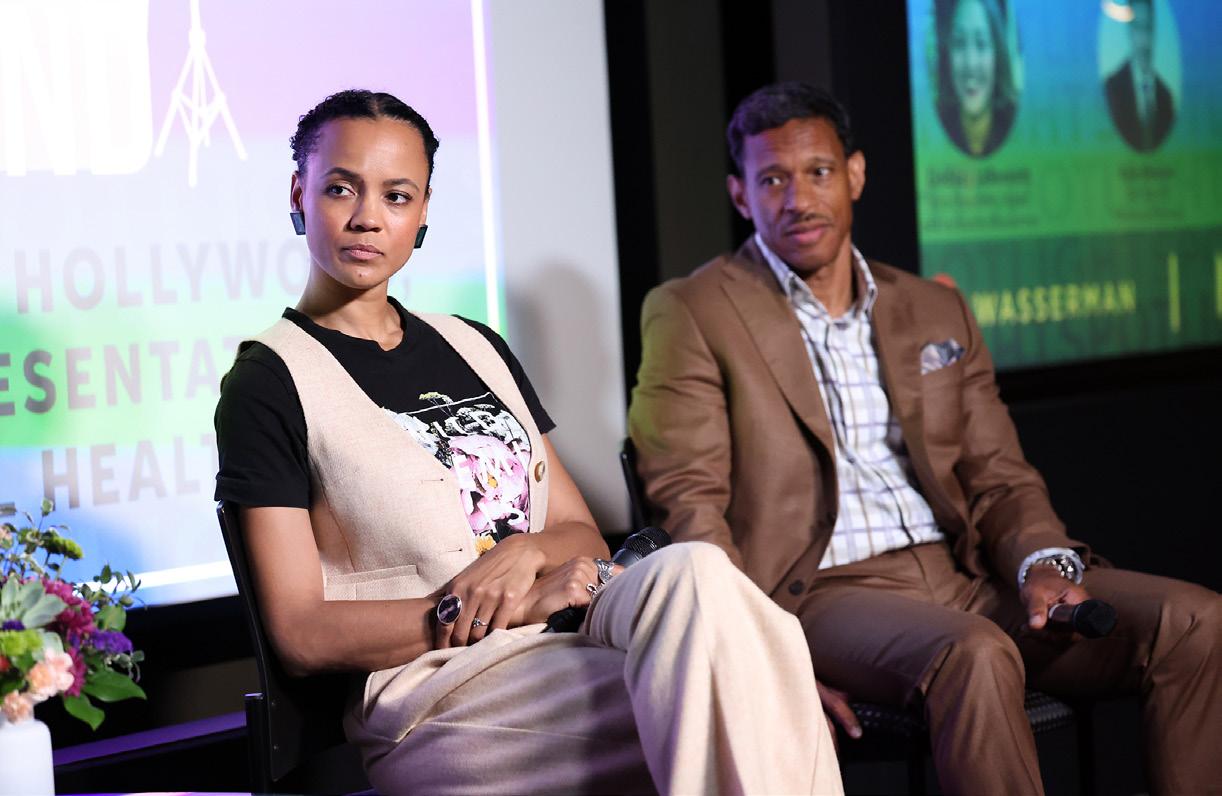
I jumped in a murky pool to find this character because you go to dark places to find characters, and when I was digging for the character Isaiah, I looked up, and I saw broken Marlon lying face down, and I was like... Forget that GOAT,” he said, referring to his character. “This one needs your help. And so finding Isaiah helped me find the better version of Marlon.”
He also espoused the benefits of therapy. “I’ve done therapy, and I suggest people stay in therapy. It’s funny… Black people, we often don’t deal with our mental health. We laugh at it; we’re not taught that. I want to use my platform, my voice to tell people, my people, that we need it. It helped me.”
The afternoon’s conversations also included a deep dive into representation and the Black experience in film and television – from hair and makeup to the writer’s room to the executive suite to the screen. Actors Christina Elmore, Daniel Ezra, and unscripted television personality and mental health expert Dr. Allycin Powell-Hicks spoke
about the media’s impact on Black mental health. “What I would like most is for young Black people just to relax,” said Ezra, who plays the popular character Spencer on the CW series All American. NAACP Hollywood Bureau SVP Kyle Bowser, Wasserman’s VP of Impact and Inclusion Lindsay Bennett, and Reacher star Maria Sten discussed ways Black entertainers can protect their mental well-being.
Hollywood & Mind’s Spotlight series is a pivotal mental health platform that creates space for sharing insights, sparking conversation, and catalyzing action around a specific topic. Past Spotlights have focused on mental health in the music industry and our loneliness crisis. A full slate of Spotlights is in the works for 2025. In May, Hollywood & Mind hosted its second annual Summit at UTA in Beverly Hills, bringing together thought leaders, creatives, and advocates to address mental health in the entertainment industry. Highlights included a conversation and performance by Mike Posner. The inaugural 2023 Summit featured a fireside chat with Demi Lovato.
Global sports, music, and entertainment company Wasserman was the event’s Presenting Partner, and civil rights organization the NAACP Hollywood Bureau was the Community Partner for this event.

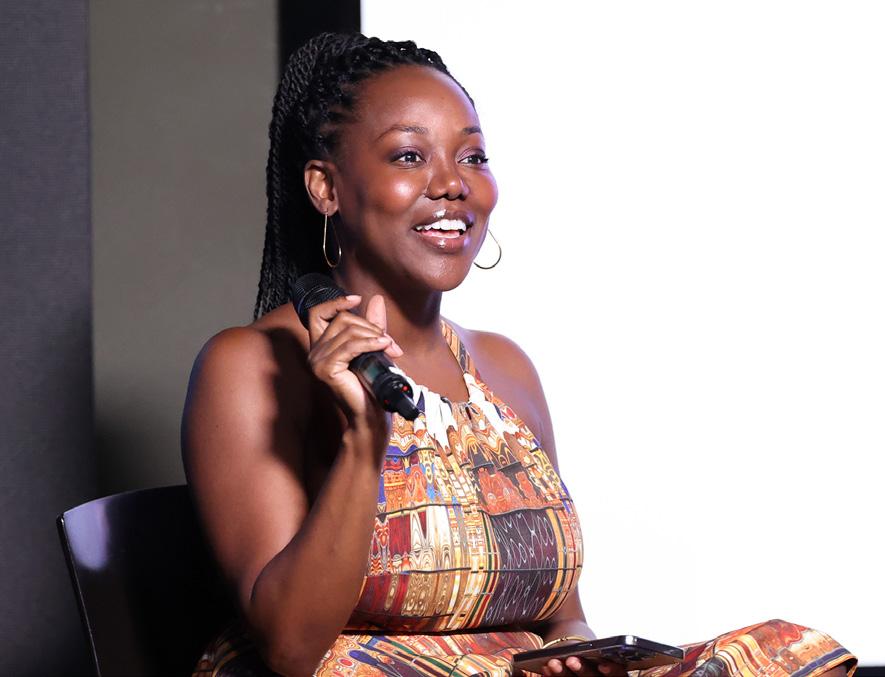
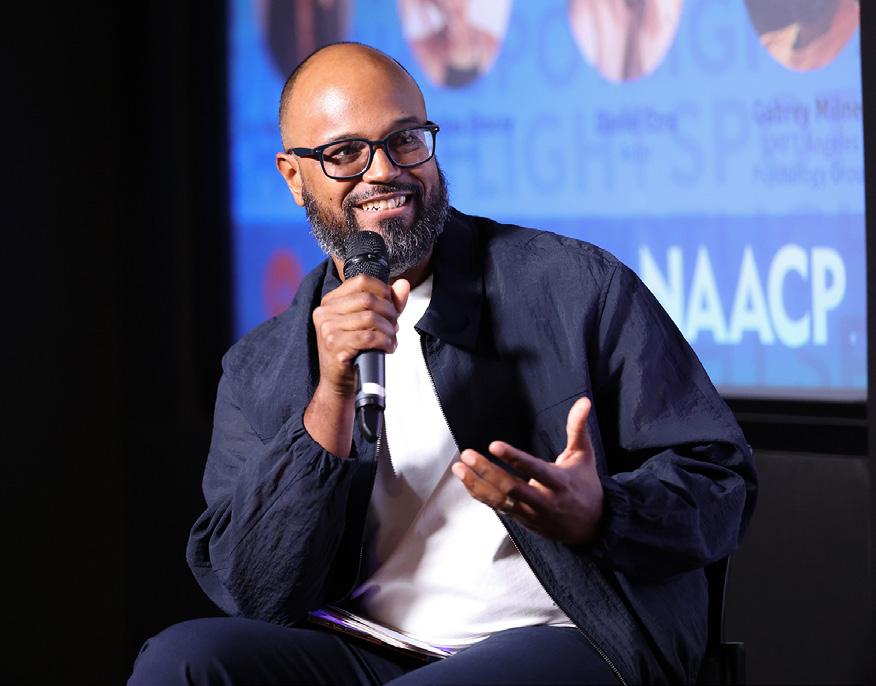

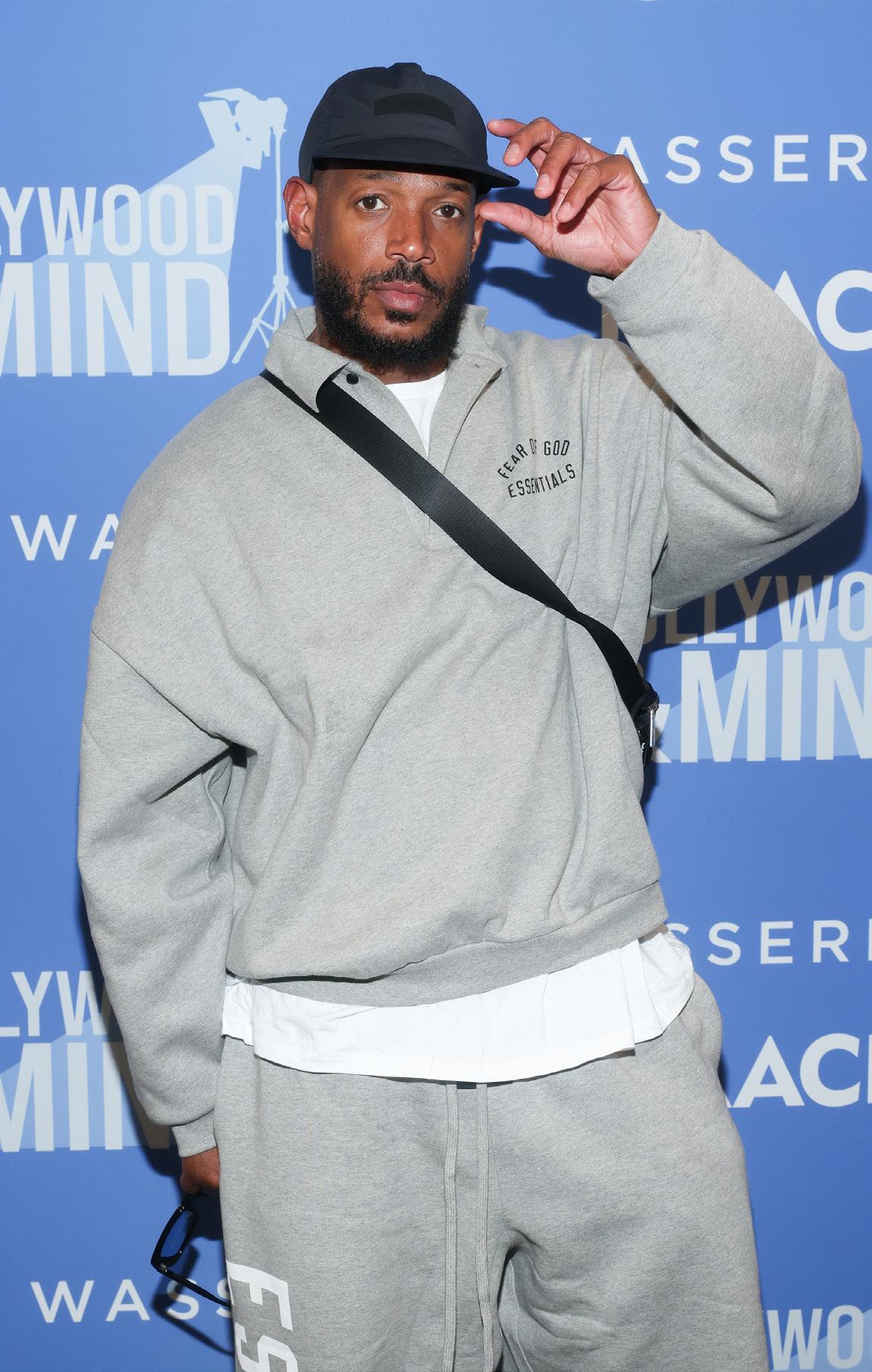
Hollywood & Mind is uniquely positioned at the intersection of the entertainment and mental health sectors. We are an incubator of ideas, fostering collaboration, innovation, and solutions in an effort to leverage the power of entertainment to help diminish the world’s global mental health crisis and care for the well-being of those working in the industry.
Wasserman operates at the epicenter of sports, music, entertainment, and culture, serving talent, brands, and properties globally. Headquartered in Los Angeles, Wasserman’s presence spans 27 countries and more than 66 cities, including New York, London, Abu Dhabi, Amsterdam, Hong Kong, Madrid, Mexico City, Toronto, Paris, and Sydney. For more information, www.teamwass.com.
For more than twenty years, the NAACP has steadily increased its commitment to influencing the output of Hollywood’s image-making apparatus by activating the NAACP Hollywood Bureau as a center for advocacy and change. The Bureau aims to pursue and secure equitable opportunities and authentic representations in media that reflect our diverse communities. The alliances, coalitions, and partnerships we forge are dedicated to honoring diverse and multicultural forms of artistic expression and promoting responsible approaches toward commercial exploitation.
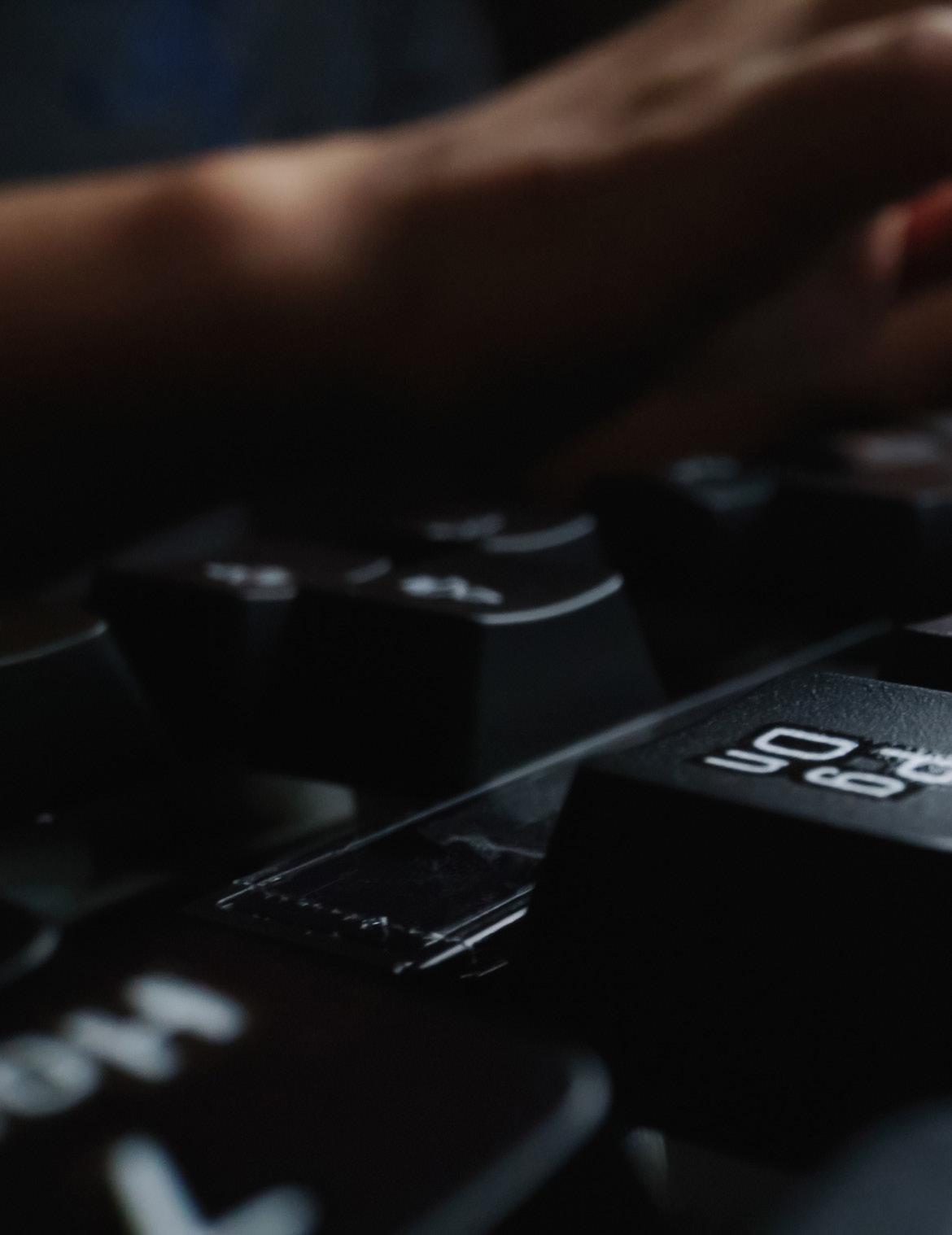

Welcome to Our Contributor Writers’ Neighborhood
Tomorrow, what is that? Does it actually exist? Here is a word that tricks the mind into thinking that NOW is not the moment to engage in any form of action or opportunity, for we have options. The option to postpone our opportunity moments is to put them off till tomorrow. We opt out of the promise of tomorrow and believe it’s real. Tomorrow is a false delusion, downgraded by how we think we are supposed to function and process in the present moment. In every experience, there are no experiences; they are really opportunities. This is the best way to understand how to function in the present moment, choose an option, create an action, and allow natural flow to continue.
Masculine and Feminine are the gifts given by source to be enacted with every single experience (opportunity) as we journey through this life. Given to all existing humans and charged with elevating each individual into their evolutionary existence free from pain, suffering, and trauma. First, the feminine energy receives the opportunity, and then the masculine dissects the experience, calculates all the various options, and decides on one to reach a clean, decisive conclusion. Remember, we have always been told that this is
a world of experiences. If you relate yourself to the experience, you will always be trapped in suffering. When we convert experience into opportunity and options, we remain separated, free, and uninvolved. When this occurs, one is lifted beyond one’s mind-games into heights of happiness. Penetrating the I AM dimension of one’s natural state of beingness. Not this heavy I AM that falsely exists on this earth plane.
Tomorrows Future.
In years to come, I will enjoy playing with my grandchildren, laughing, crying, and holding within my heart that which you and I have waited to be physically present for what sometimes feels like a lifetime. Happy days.
It was only four weeks today when the message came into my phone. We need to talk! Dr. K is this lifetime, lifetime, no-nonsense decision-making mother mountain of divine character. You gotta love that about some humans. The MRI was less than an hour ago, and she is handing me the report. Inside a cloud, I hear her say you are going to the hospital now. They are expecting you as she pushes me out the door.
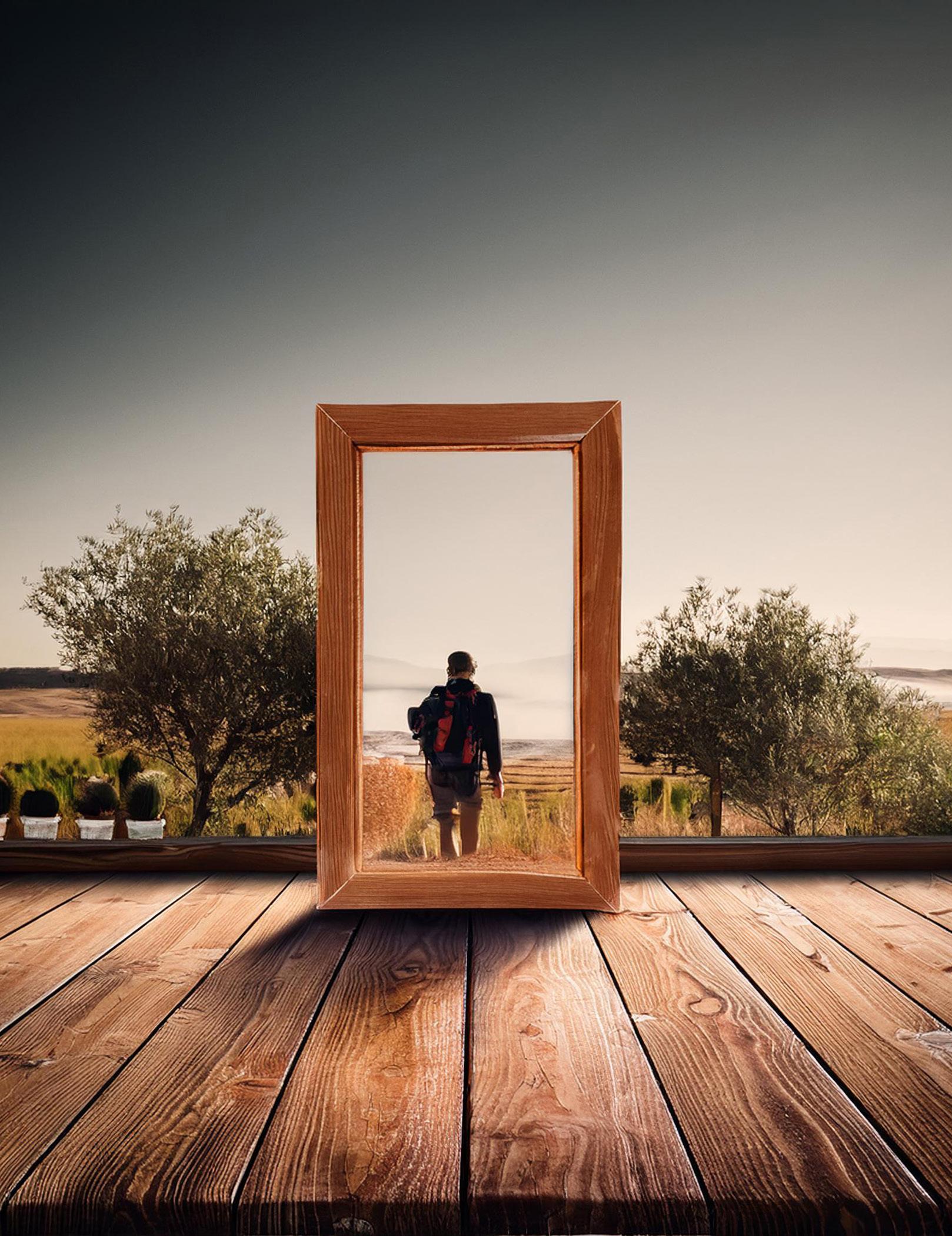
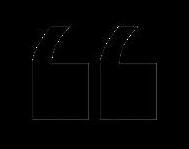
Awareness is something we all have and use regardless of our situations in life. The question is, is my awareness functioning only to maintain what already exists, and is that a plus factor?
Bang, first came this silent void where nothing existed. It stopped me right in my tracks. As I stood there in this void of silence, my inner being began to open from deep within. Out of nowhere, an emotion began to erupt, only to be overrun by an even greater wave that flowed out from my chest, which then became an entire emotional being. Tears began to get well, yet they never completed their outer journey. Instead, they remained internal. In an instant, my entire emotional being turned into a cascading waterfall rushing internally down towards my feet into what felt like a bottomless pit. Without hesitation and in full flow, it reversed to become a long-standing wall of shimmering electrical energy, which then rose up with a force so powerful through my entire unified field, out into the ether, and the opportunity was completed. In overwhelming, the realization hit home as I stood in my presence. Here I was, standing in absolute calm, experiencing the gift of life and cycling into the next phase of being human. Lifted into complete silence with full knowledge, I had passed through a complete transformational instant. Cleaned of any fear, anxiety, doubt, stress, trauma, or anguish. From that moment, I walked into my new life as a newborn, fresh and innocent with complete acceptance, absolutely free.
All through this new journey, everyday tears begin to well up inside, looking for an escape route only to magically transform into sheer overwhelming bliss as consumed happiness encloses me.
The past emotional opportunity no longer exists. Did you know the standard cure for cancer was developed in 2002? It’s now 2024, and the same standard
cure still exists today; I wonder what research is doing with all those billions collected over the past 22 years? Another surprising factor is how difficult it is for friends, knowing death is now a real thing, how to respond or engage in conversation.
Over the next 4 weeks locked up in hospital, you learn a thing or two. Not being used to this new opportunity, one discovers a little bit more about themselves. How long can you stand on off 24-hour screaming, with the TV blaring at 2 am, all lights on? Do you stay in bed, or do you do as you are told? Only the thinking mind will sneak out and find a quiet space to sleep out their nights. Doctors need not be told. Also, they drive to the supermarket to bring back good food. The nurses would comment, it’s so nice to see what healthy foods your friends have brought you today. It’s all; everything is in the human mind’s expected level of acceptance.
Thousands of humans go through their day fully knowing tomorrow will still be there. IS IT REAL. Unfortunately for thousands, CHANGE has placed them on a new highway of opportunity where living requires a different understanding.
Wow, here we are, a dragon year at its peak; what influences could it ignite human physics? The dragon is a fire symbol of the source, not a representation of it. If so, is that 5 percent, 10 percent, or 50 percent of the source? Is the source ever less than 100 percent of itself? Physical transformations are taking place as you read this. If this is you facing a challenge, be mindful of the process. Elevate your awareness beyond existing patterns, and answers will prevail. Love the timing.
Something to be aware of. You the dragon seeker, life has offered to you challenges as a breakthrough into one’s next phase of beingness. Life is good to you, and why, cause the living external elements openly offer their respect in helping and engaging in your expansion. Time for an update, sweet pea!
You may assume you have received something from one’s actions and thoughts. In hindsight, did you receive a VALUE that elevated you from the mundane?
At this moment, consider if tomorrow is the end. Where is your focus? Is it what you may lose, or is it the opportunities that have fulfilled your greatest joys while being alive? If you do not know this, your stopwatch is already ticking its merry little song. Give over to time, and one’s awareness goes to sleep. When will you allow a moment to discover what is missing and reinvent a life worth living? There is only one pursuit in life, and that is doing what you love. Find the courage you were born with, engage your willpower to produce the reasons, the logic, the excuse to shift your butt into gear, and begin to get shit done.
When did the diplomat enter our daily way of communicating? It has turned all of us into politicians, skirting around personal issues we are never going to face. It is said we have the power, and governments work for us. It’s such a great line. Unfortunately, we, the people, have become cowards. We are the true parasites here on this earth. We are no more than insects fearful of any gush of wind or unknown interruption. One’s life is what it is; any regrets are obviously false concepts of how one is supposed to react. We are not some Hollywood movie. We are not some journalistic made-up character. We are not your imagination. This is it, baby!
Is it possible to live in the happiness
of the unknown?
Does supreme intelligence demand you to be the best you can be, or is it the supreme sales pitch that keeps us engaged in the status quo? For the good of whom?
Let’s define the word raiding as “quickly and illicitly take something from,” which sounds about right. What is referred to here is the relationship with oneself and what happens between different groups of humans all struggling to engage in up-scaling. Not naming anyone, yet some profile groups have raided the general public deliberately. Happily, we consented, and unknowingly became their cultural activity and their sport as they battled it out between their various competitors, all aiming for that first price announcement. Headhunting and raiding for profit have become an acceptable way of life. Is it just business, an occupation, or is it recreation? Who is the biggest elephant in the room?
Awareness is something we all have and use regardless of our situations in life. The question is, is my awareness functioning only to maintain what already exists, and is that a plus factor? We may enjoy an activity, yet does it enhance our happiness and existence, especially if nothing has changed over the past five years? Granted, for some, this will suffice, but if this is not you, the hourglass is running, my friend.
Unfortunately, we are not taught how to live; we are only taught how to function, which I believe is why the word “freedom” doesn’t exist, except in the simpleton’s mind, but I could be mistaken. Please be not offended. After looking back over the working years, I now see clearly the could of and should of. One can never let them escape. So I say to you, when they show up, jump on them as fast as you can, and life will give you blessings.
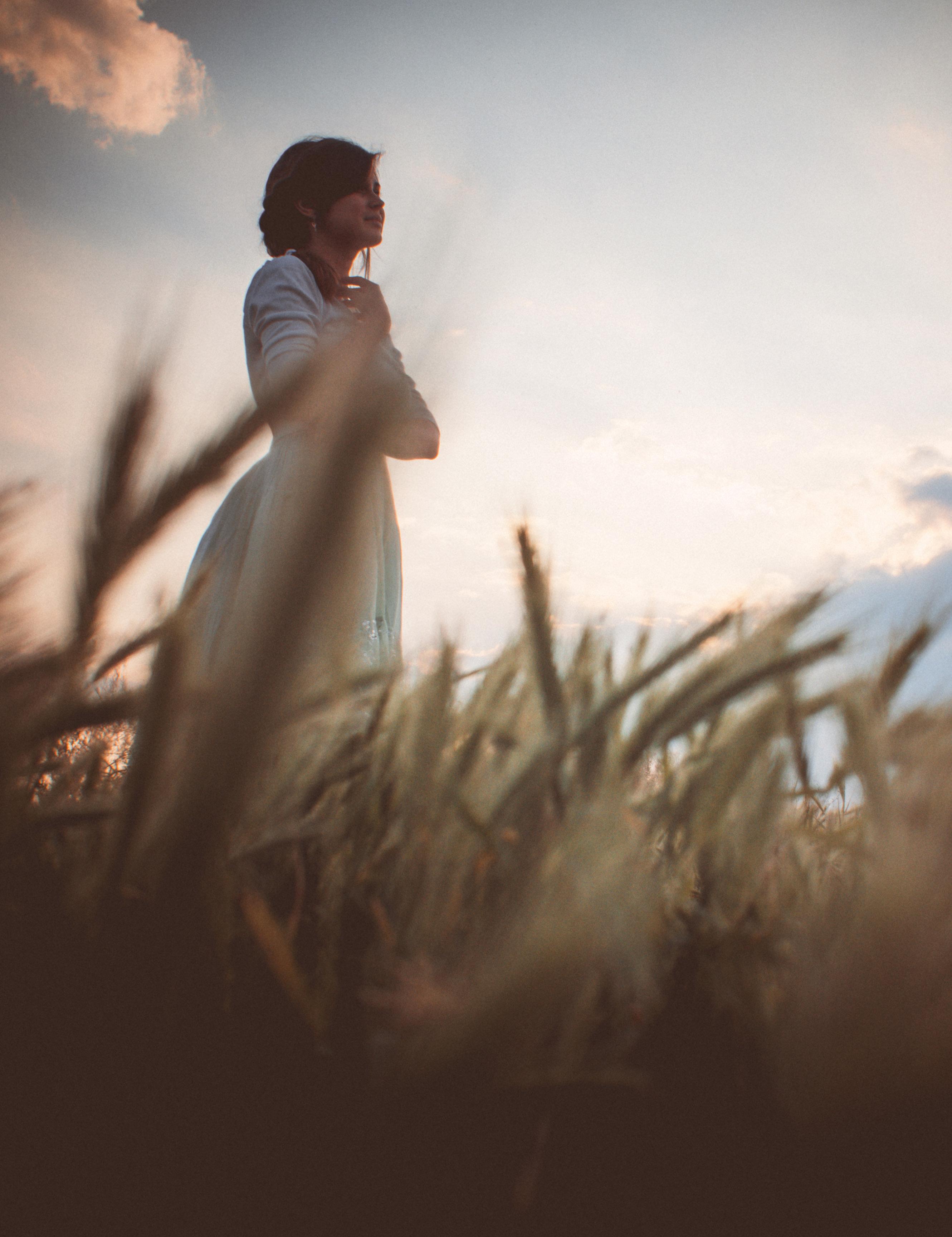
by
By Polly Wirum
Do you believe that you have the ability to create positive transformations in your life? Are you ready to take control of your life instead of waiting for change to happen? Are you committed to living your best life and willing to commit to a life-changing practice? If you answered yes to any of the above questions, this blog about affirmative prayer is written for you.
Before I get into the juicy details of how this sacred practice has changed my life, I am going to share the definition of what affirmative prayer is.
What is Affirmative Prayer?
Affirmative prayer is a technique that puts attention on a desired outcome, as if it has already occurred. It is a way to connect with God and the Universe while sharing gratitude for your blessings; recognizing they are already part of your life story.
Affirmative prayer recognizes you are an intentional co-creator of your life.
Affirmative prayer practice requires you to be accountable for your actions, thoughts, and, therefore, your life.
Each month, I write new affirmative prayers; they change depending on what is occurring in my life. I read them every morning from my journal, followed by a simple mantra with mala beads. This practice has changed my life; it is free, and I encourage all my clients to use it.
I’m sharing a part of my life that has been under construction for years. I believe that many karmic lessons have been cleared from my life in the last 15 years or so, most of them in the last two years, and not all of them easy.
My track record in relationships is a little challenging; the potential reason behind that is for another blog, but nonetheless, about 20 years ago, I entered into my second marriage. I brought with me two very young children. My husband welcomed them into his life, raising them as his own. After a couple of years, we had our own child together. Our family of five was complete in the chill of Alaska.
As a married couple we were great at getting things done. That was perhaps our love language; picking a goal and working on our separate tasks, until it was ours. In hindsight, I think we forgot to celebrate our victories. We raised our children to be very goal oriented. They saw us train for marathons, returning home with t-shirts and medals. It worked fine, until I had a health challenge that turned our life upside down.
If I’m being completely honest, my inner world changed so much that I was never going to fit back into the marriage we had created together. My awareness had evolved in a way that my husband could not relate to my thoughts, even if he wanted to. It would be impossible for any life partner to keep up with my spiritual awakening.

Just as important as outside support is turning within and connecting with a higher awareness. Create a practice that is sacred and welcomes peace and empowerment into your life.
It became clear I couldn’t continue living in Alaska; the cold and dark winters were unforgiving to my body and mind. My husband’s career was firmly planted in this far North state. We had to come up with a solution that would work for our family. This was maybe the crux of our marriage.
When the oldest two children had graduated high school, our youngest child and I moved to Arizona. This obviously wasn’t ideal for a marriage with one person in Alaska and one person living in the Southwest. We pretended everything was fine, but there were obvious deep-seated issues that needed to be addressed. We lived very separate lives.
I’m leaving the personal details and angst out of this article, but after struggling and living separately for years, I filed divorce papers. To be honest, I was surprised by how emotionally hard it was. I felt incredibly sad, fearful, and conflicted by the situation, not just for my husband and I, but also for our children.
The attorneys I used were setting up for a long, expensive battle in court. Everything felt completely out of control. If I listened to my attorneys, everything would have been a sharp survival game. If I listened to my heart, there was a softer solution. I knew I had to find an easier way of moving through this scary time. I leaned heavily on a life coach and my practice of affirmative prayer.
Now, after five years of living separately, my husband and I have gone to counseling, communicate better than ever, and are finally getting a divorce. Both of us have felt a million emotions, hope, despair, and everything in between, but we are in a good place.
I owe this peaceful resolution in part to my intentional actions, but mostly my practice of affirmative prayer. I was very clear with what I wanted the outcome of our divorce to be, and how I wanted it to feel. I prayed daily for us both and turned to my affirmative prayers to create the life I wanted.

I truly am in the sweet spot of my life and believe that there is a better partner for both of us. Only a couple people in my world knew my years of disappointment, that turned to anger and eventually mutated to fear. I appreciate the hard work that both my ex-husband and I did. We have created a new type of connection that holds space for hope and healing for us both.
Find a Journal or notebook that is beautiful to look at. It can be as easy as finding a notebook with your favorite color. Put the date of when you are creating your monthly affirmative prayer. I like to utilize the energy of the new moon.
Allow space between each line. This makes it easy to edit your prayers if you need to.
Section your prayers into the important parts of your life. For example, you might have family, health, finances, etc.
Write positive, clear statements that tell what you want in your life. For some of my prayers I use specific details. For example, if someone is seeking a raise, they could put that dollar amount in their prayers.
Pay attention to how the words feel. This is why leaving room for edits is important. If a statement begins to feel
flat, change the wording to something inspirational.
Your journal allows you to save your old prayers, so you can watch your life evolve.
You can also burn your prayers, releasing them with gratitude.
Here are a few samples of my affirmative prayers:
wI am grateful for the clear connections and healing in my relationships.
wI am aligned with my highest way of being.
wI easily see solutions to any conflicts in my life.
wI am thriving in all ways in my life.
Read your affirmative prayers every morning in your daily practice. This is an easy way to ensure that your thoughts and mindset are aligned with what you want most in your life.
If you are navigating a life challenge, reach out and get support; therapists and life coaches are both a good option. Just as important as outside support is turning within and connecting with a higher awareness. Create a practice that is sacred and welcomes peace and empowerment into your life.
Thank you for reading this article. May you be blessed with insight that aligns you with your highest expression of self.

Polly Wirum is a psychic, life coach, and writer. Years ago, she experienced a health crisis that led to a complete spiritual and life transformation. When she thought her life was crumbling, the universe was easing her grip on everything, distracting her from the truth. The healing helped her discover the beauty of a joyful and uncomplicated life. It is here that she connects with wisdom and magic. She shares this with her clients through life’s coaching psychic readings and spiritual retreats. visit Pollywirum.com
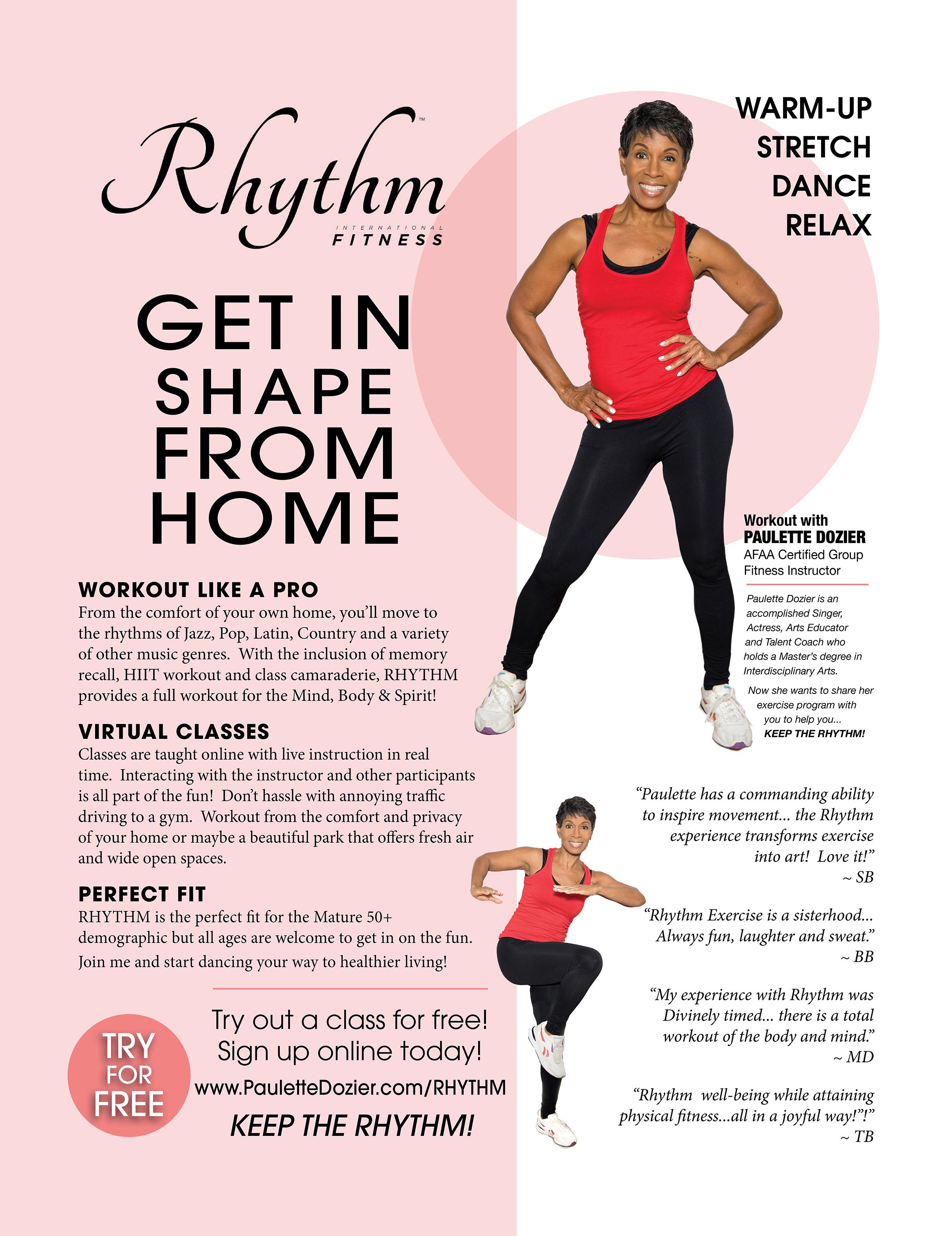
By Joey Santos
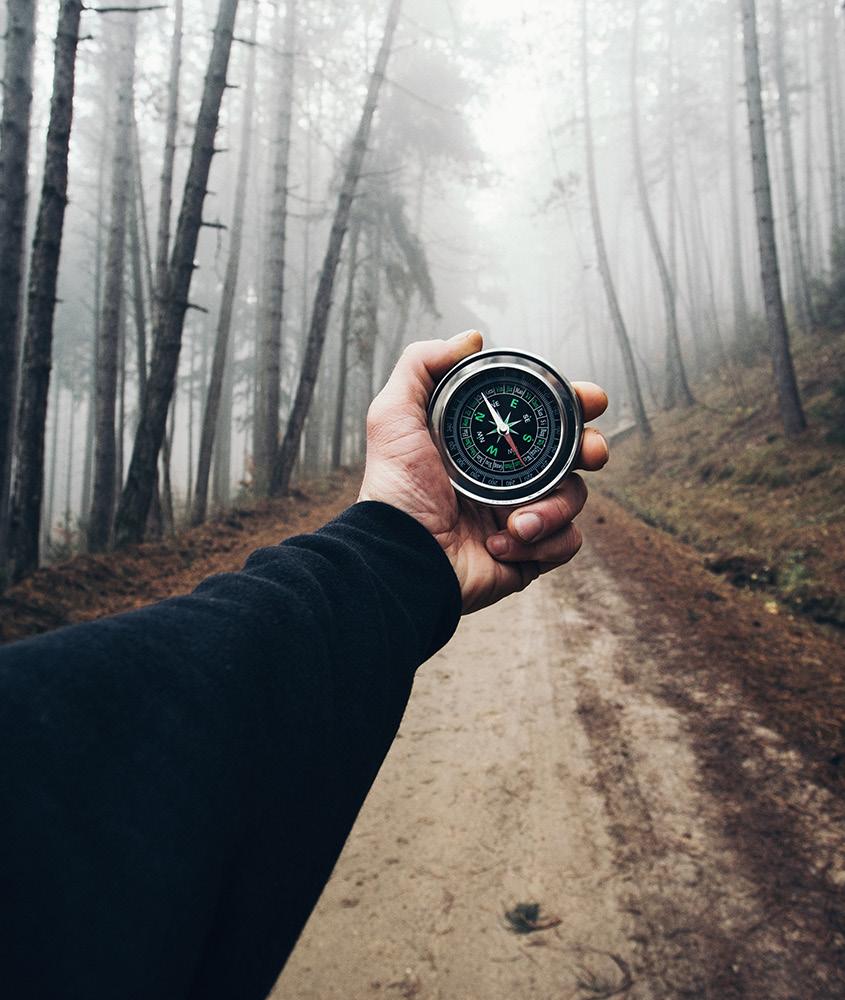
A place where lost items are stored to await retrieval by their owners. It has many applications, whether in science (finding solutions) or exploration (it must be here somewhere). Archaeology (digging through the past), the universe (its endless discovery), God & religion (do they or don’t they), and, finally, love. To some, it is the most elusive search of all. The Grand Prize.
As I get older, I look for meaning. Not just an explanation but more of an understanding. A reflection. I stopped asking myself how or why, but I’m still curious about the revelation. A divine or supernatural disclosure and how it relates to me in the world and does it? I know there is rhyme and reason to all, even as we struggle to understand its sense. Especially living in this chaotic present world where the pursuit of all things outside of us is so far removed and out of reach that, at times feels impossible to retrieve, let alone understand, explain, and apply. No wonder most of us feel lost. It feels sometimes how screaming underwater sounds! Yet, something inside us still searches to find.
Have we ever asked ourselves what exactly are we looking for? I mean, genuinely looking for. Sure, we have all given the off of the top
of my head answers, but have we considered it? And in our search to find, can we/will we recognize it? What will we do with it when and if? Or is this just one of those things that either keep us up all night wondering or afford us the luxury of a good night’s sleep so when the alarm we set rings bright and early, we are ready to get up, get out, and get to it?
I think many of us are looking for things we’ve lost. Some broken pieces of ourselves have fallen off along the way. Like a broken heart, a broken promise, or a broken trust.
I like to think that inside all of us lives a secret explorer searching to find those hidden treasures. There is something romantic about it. And something gallant when we find it. Maybe it’s called hope. Maybe curiosity. To me, it’s called bravery. The strength and conviction that keeps us going. A flame burning so bright, so hot that it makes us want to try harder, live better, and love longer. It is a certainty that what we want is out there. Our treasure at the bottom of the sea, our bright star in a vast sky, the pot of gold by a rainbow.
That is what I call faith. And that is what creates the lost & found.
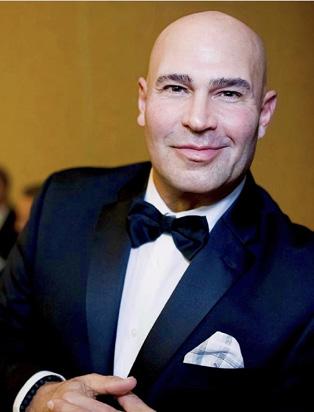
Joey Santos is a Celebrity Chef, Life Stylist & Co-Host of The Two Guys
From Hollywood Podcast on Spotify. A Columnist for The Eden Magazine since 2016.
Joey was raised in NYC, Malibu, and West Hollywood. He is the son of Film & Television
Actor Joe Santos, and his Grandfather is World-Renowned Latin Singer Daniel Santos.
To follow Joey on IG: @jojoboy13
To contact Joey; whynotjoe@gmail.com
By Dulce García-Morman, Ph.D.
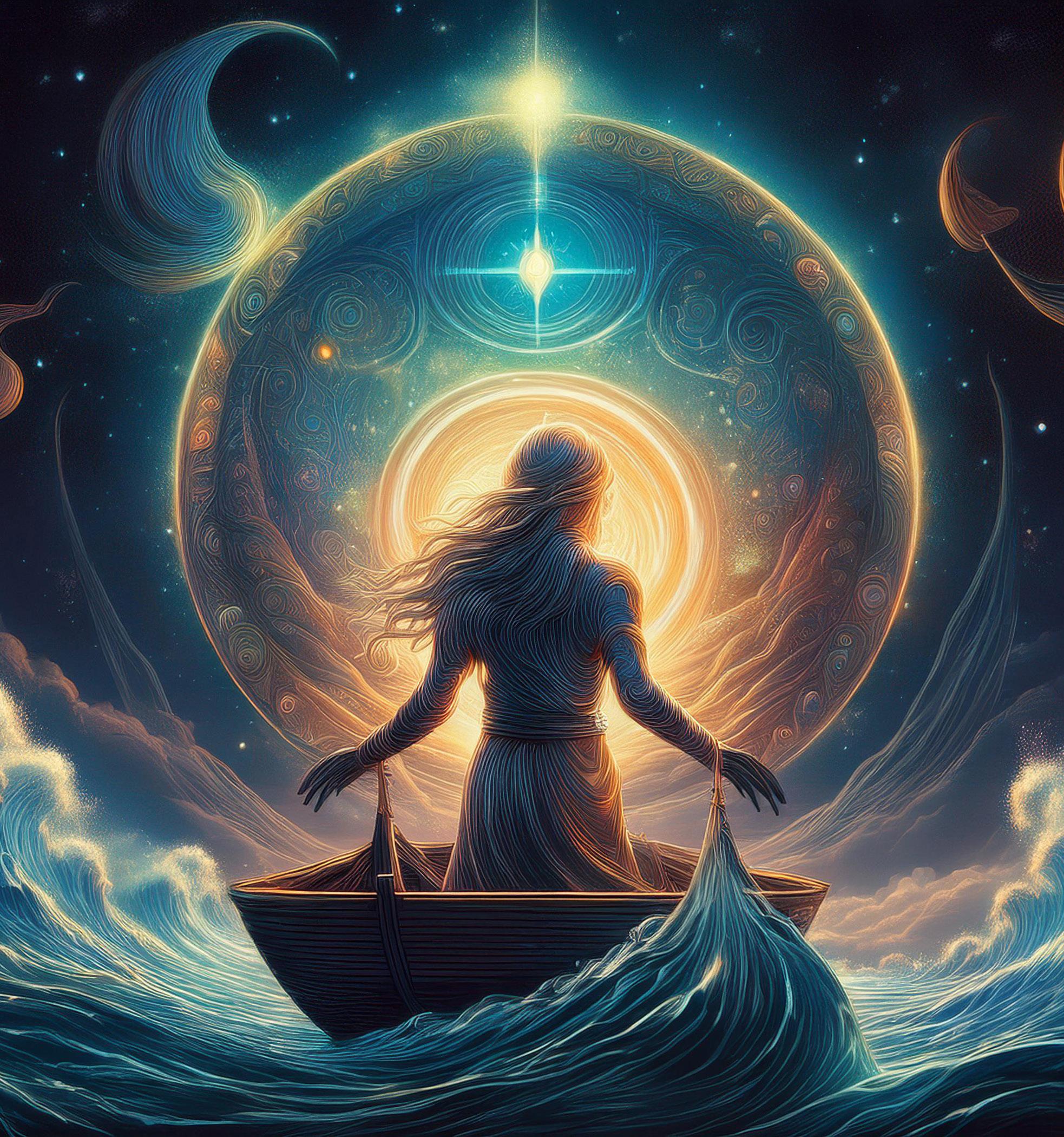
The first time I heard about the Age of Aquarius, I was ten years old, with that wonderful song by the Motown group The 5th Dimension that starts out, “When the moon is in the seventh house, and Jupiter aligns with Mars, then peace will guide the planets, and love will steer the stars. This is the dawning of the Age of Aquarius!”. The lyrics talk about a time of trust, harmony, understanding, liberation of the mind, and opening of the heart. Too good to be true? Wishful thinking? Well, I’ve been researching the topic recently, as I have felt some shifts happening that could be illusions born of my desperate need to see some change in the world or a true transition into a different planetary energy. It is hard to talk about love, trust, heart, and liberation during what feels like a peak of chaos in the world, from political dysfunction in our own country to the terrible war in Ukraine and the horrors of the war between Israel and Gaza to the school mass shootings and the ever-worsening climate events. It feels exhausting to wake up each day to yet another news cycle of the same old.
But even in the midst of this global
mess, there is still a palpable energetic shift that I have been connecting to since I wrote last month’s article on the evolution of consciousness. I went from a strong cerebral faith in the intelligent design of evolution to a deeply felt sense in my body that love is in the air, in a way it hasn’t been for the last couple of decades. The extreme polarization from politics to pandemics to climate change has felt overwhelming and destabilizing, at least for me, as if humanity were at a critical crossroads and every major political and social decision carries an exponential weight. But along with the forces that want to take the world back to a darker time, there is also an increasingly strong force of light, hope, love, rebellion, and social justice to confront what many or even most of us know is no longer sustainable. We are seeing the individual lights of self-serving interest and self-absorption dimming and the light of community and connection shining a little stronger. Is this an ordinary transition, such as the seasonal shift from late summer into early fall, or is it larger than that? For me, it feels much larger than the fresh air of the fall mornings coming through; it feels consequential, as if we were being reborn into something that the heart has been yearning for. Could it be that love is in the air?
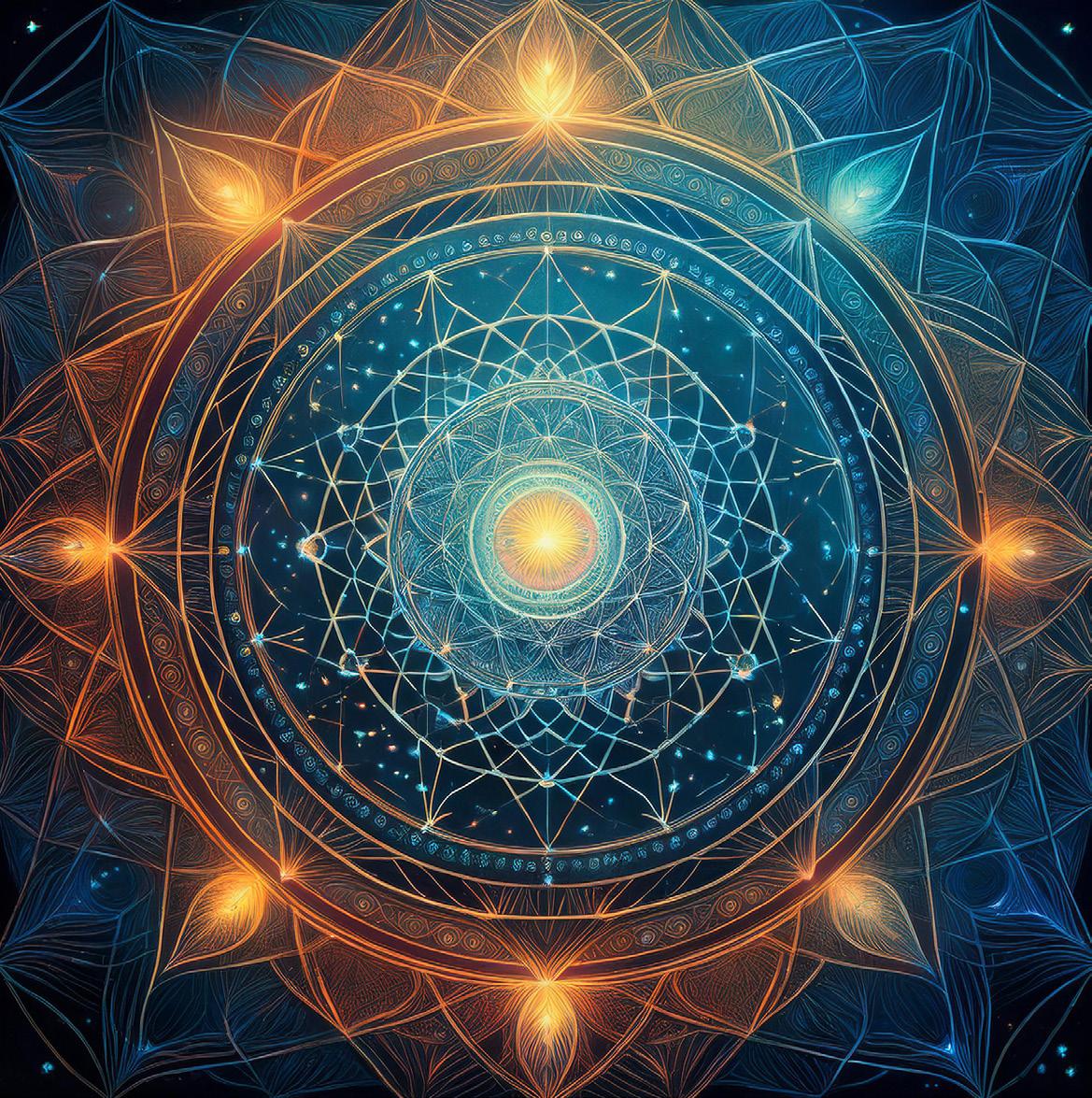
Coupled with the evolutionary impulse that I talked about last month, could there be an astrological phenomenon that is pushing us forward with a new momentum, a new vibe? Could it be that we are really transitioning into the Age of Aquarius, a new era for humanity? An era of greater compassion, consciousness, and enlightenment? Let’s unpack this a bit by talking about what an astrological age means. According to 3HO International, an astrological age is a period of time-based on the orientation of the Earth’s rotational axis in relation to various constellations. They say, “The durations are long, with each age lasting approximately 2,160 years. Beyond the relationship between the Earth and the stars, these ages are important because they point to cultural influences and values, giving us clues about what to expect for future generations. The twelve astrological ages flow backward through the signs of the zodiac, meaning that we are leaving the Piscean Age and entering the Age of Aquarius. While there is debate about when exactly the Age of Pisces ends, and the Age of Aquarius begins, it is widely accepted by the astrological community that we are living through the transition” (https://www.3ho.org/blog-new/ the-age-of-aquarius-what-it-is-and-whyyou-should-care/).
According to astrological interpretation, the Piscean Age is characterized by war, machinery, and the idea that information is power. If we have been at this for the last 2,000+ years, then we can certainly see correlations to the many, many wars that have been fought from the Middle Ages to current times; we can see the rise of the machine with the Industrial Revolution; and we can surely see the rise of social media as the extraordinary phenomenon of the last 20 years. The idea of information as power is embodied in the fast-moving technology by many entrepreneurs. The impact on our lives is stunning, especially when you figure out the misuse of information and the use of AI (artificial intelligence). Social media has served two purposes; one is to make us more into a global village, connecting people and communities across the world and bringing awareness of what is happening without suppressing the truth. On the other hand, social media has fueled misinformation and outright lies to influence our politics, getting the “war of cultures and politics” into our cyberspace. As with most things in life, there are usually two sides to every coin, and they both serve a common purpose -to raise awareness that light and dark are always present and that it is up to each one of us to calibrate the imbalances.
Could it be that we are really transitioning into the Age of Aquarius, a new era for humanity? An era of greater compassion, consciousness, and enlightenment?
So, as the song goes, have Jupiter and Mars aligned yet? Yes, they did on June 3, 2024, known as the Great Alignment. According to astrologers, the transition into a new age is not a smooth, incremental thing; rather, it feels abrupt and jarring as the [Piscean] energies peak in order to give way to a new [Aquarian] energy field. It is not a comfortable time, but one that may feel like the painful process of birthing a child. And what does this newborn look like? Most astrologers argue that it is an age when we transition from “me” to “we” and an understanding that we’re all in this together and that the fate of one is intertwined with the fate of all. I see an image in my mind as I’m writing this: we’re all being pulled into Indra’s Web by Mother Spider and woven back into the fabric of our collective humanity. The second characteristic of the Age of Aquarius is transparency; when the unknown becomes known, it will not be as easy for the powerful who manipulated information to hide from public scrutiny, and the truth will come forth unhindered. The third aspect is massive changes in technology, science/medicine, and social shifts. We can already see this with the acceleration of AI (artificial intelligence), innovations in pharmaceuticals and medical procedures (such as robotics for surgery), and the deep social transformation on issues of identity
(LGTBQ movement). And if we reflect deeply on the current state of our politics, it is almost inevitable to see the Piscean and Aquarian transition playing out. Regardless of the outcome, a process has been set in motion.
I don’t want to ignore the song lyrics that talk about the Moon being in the seventh astrological house. This is not a one-time event, as the Moon is in our seventh house for 2.5 days each month. But what it represents is harmony, stability, peace, and a sense of more intimacy and interconnectedness with others. The alignment of Jupiter and Mars will now support and enhance this monthly movement, hopefully bringing forth that sense of harmony with more vigor and vibrancy…. it will be bumping up against something that exalts it rather than working against it.
All in all, this year feels like a time of profound changes and a sense of renewed hope as we step into Fall and Winter when we can harvest and nurture what the Age of Aquarius demands. Regardless of the turmoil around us, we can always “hunt the good and the light”, and if we are persistent, we will always find it. I long for the good and the light to be so present that the search will slow down. Dear reader, I think that love is in the air!
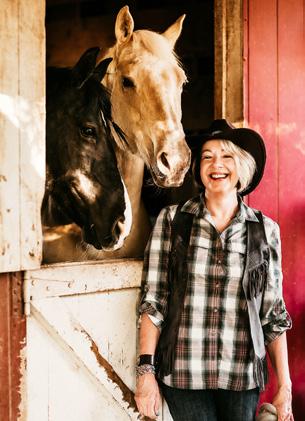
Dulce García-Morman, Ph.D. is founder of Life-Is-Art Equine Assisted Learning & Coaching. She has facilitated learning and therapeutic experiences through the horse-human connection for the past 17 years. Dulce’s practice draws from different wisdom traditions and is strongly oriented toward a Jungian approach to the restoration of the authentic Self.For more information, visit https://life-is-art.us/
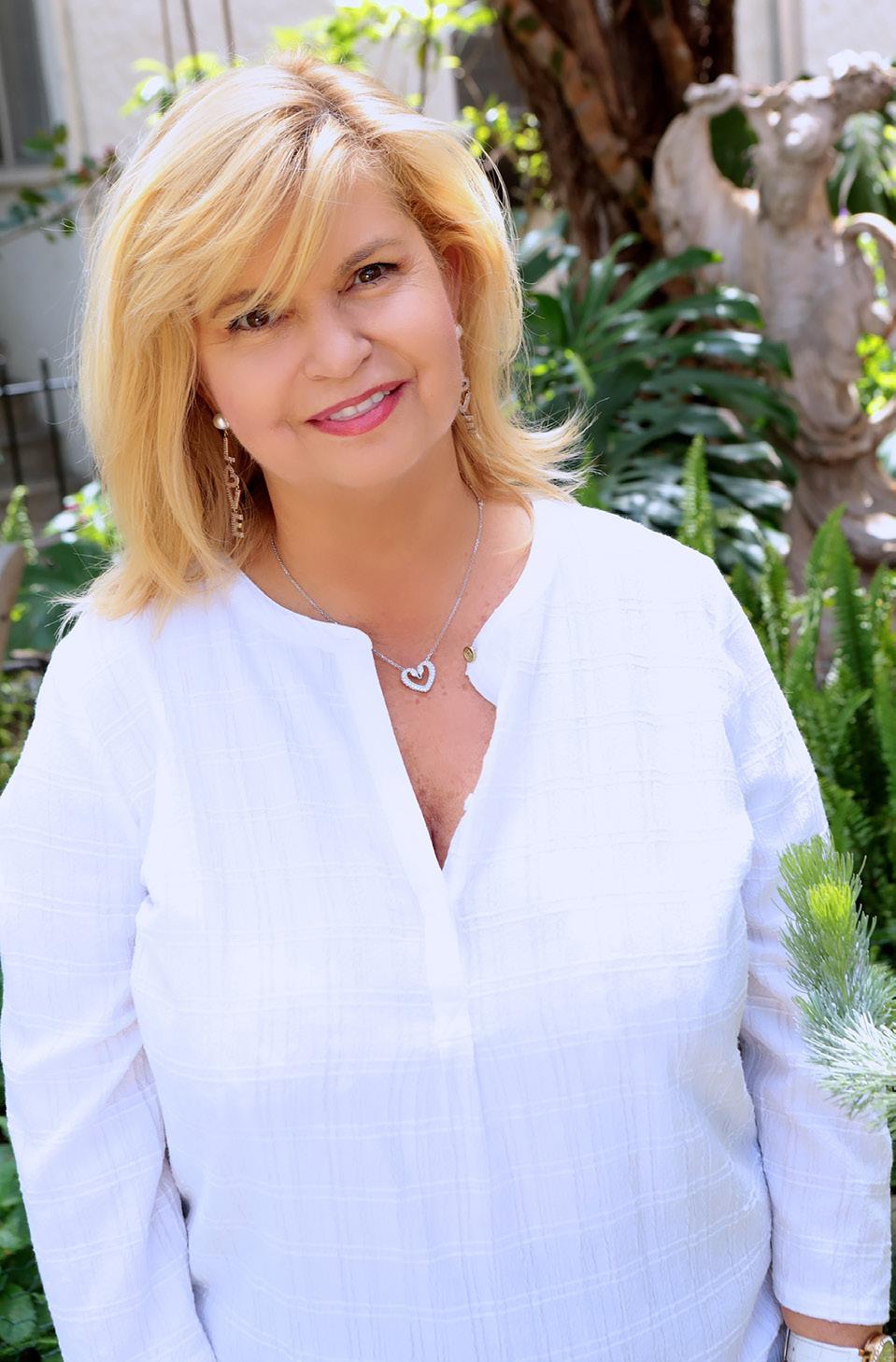
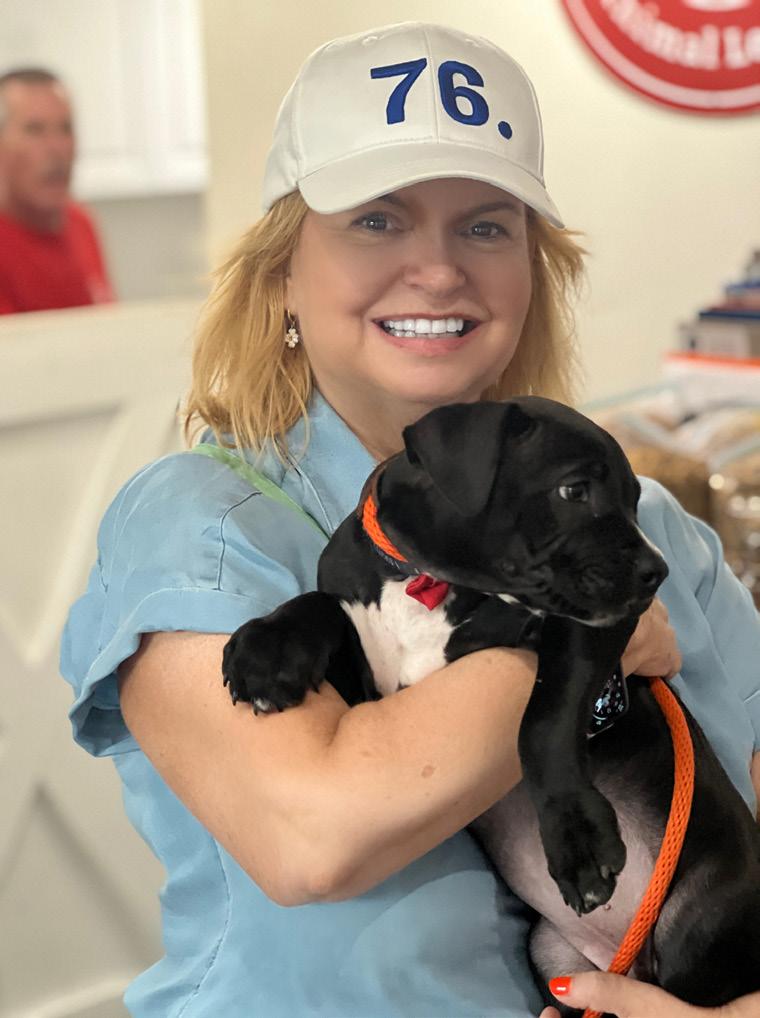
What was your impetus to write your book, An Insider’s Secrets: Mastering The Hollywood Path? The impetus came from attending many Film and TV Conventions and seeing artists struggle to sell themselves and their projects. Most schools are focused on teaching techniques for creating film and television projects. Still, they do not tell you where to go from there, how the Entertainment Industry works, how to promote yourself and your vision, and much of that is based on self-confidence and presentation skills. My book is a very simple summary of observations and successful steps from my experience to help the readers become more empowered and informed.
When did you realize that working in Hollywood as a Producer was your life’s calling? One of my mantras has been that
emotion and entertainment are closely connected. Some powerful stories out there never see the light of day. I wanted to be the conduit for what I call “conscious” storytellers to make films and television shows that can impact humanity as a whole and make us connect to ourselves and one another.
You certainly paid your dues in Hollywood. What advice would you give those starting in the business who don’t think paying their dues is necessary? And what is so valuable and stays with you when you pay your dues?
I got hired at the age of 19 years to work for a production company. My job was allegedly VP of Sales (I speak six languages fluently) My job involved making coffee, vacuuming, taking notes
I learned something from every guest on the Show. The common denominator is that we are not as different as we think. We all want peace, love, connection, and inspiration, and we want to feel that our lives do not go to waste
for my boss, and running errands. The bonus was attending my first-ever Cannes Film Festival. I did not complain. I learned so much in that environment, including improving people skills and the process of filmmaking from inception all the way to its distribution around the world.
Although your book is geared toward those who want to work in Hollywood, much of what you discuss is just as vital to many in other fields. Do you care to comment?
I wrote it as a convergence between art, business, and mindset. I think we need this trifecta in any area. To be a successful entrepreneur or to achieve any dream, you need to work with your imagination as well as your mindset. I got the most compliments on my chapters on time management, writing thank you notes, and being able to self-assess our state of mind.
You are as passionate about your film career as you are about animals and rescuing them. And now you get to do both with Rescue The Rescue. I watched the promo trailer and cried. I can’t sit through one episode without a tissue box next to me. How can
you stay strong when working to help rescues find a home?
I had the honor and pleasure to work alongside The Eden Magazine on saving many fur babies’ lives. That’s why I love this publication. It is very heart-centered.
It is hard not to despair when you see so many animals in distress, abandoned, hurt, and sick. But if you don’t help the people who support them, the problem will just continue. I also need to focus on the positive and the success stories. The most powerful medium to get to the hearts of people is entertainment. With this Show, I will show you the work it takes to save an animal and how rewarding it can be.
How did the project Rescue The Rescue come about? What is your involvement?
TV Personality Allyson Spellman came to me with this idea. She is a huge animal advocate; it was an instant YES for me. She asked me to be her producer and help her raise the money to make the Show by finding sponsors and overseeing its production and distribution so we can do the show our way without being restricted by rules often imposed by a broadcaster or a streaming platform.
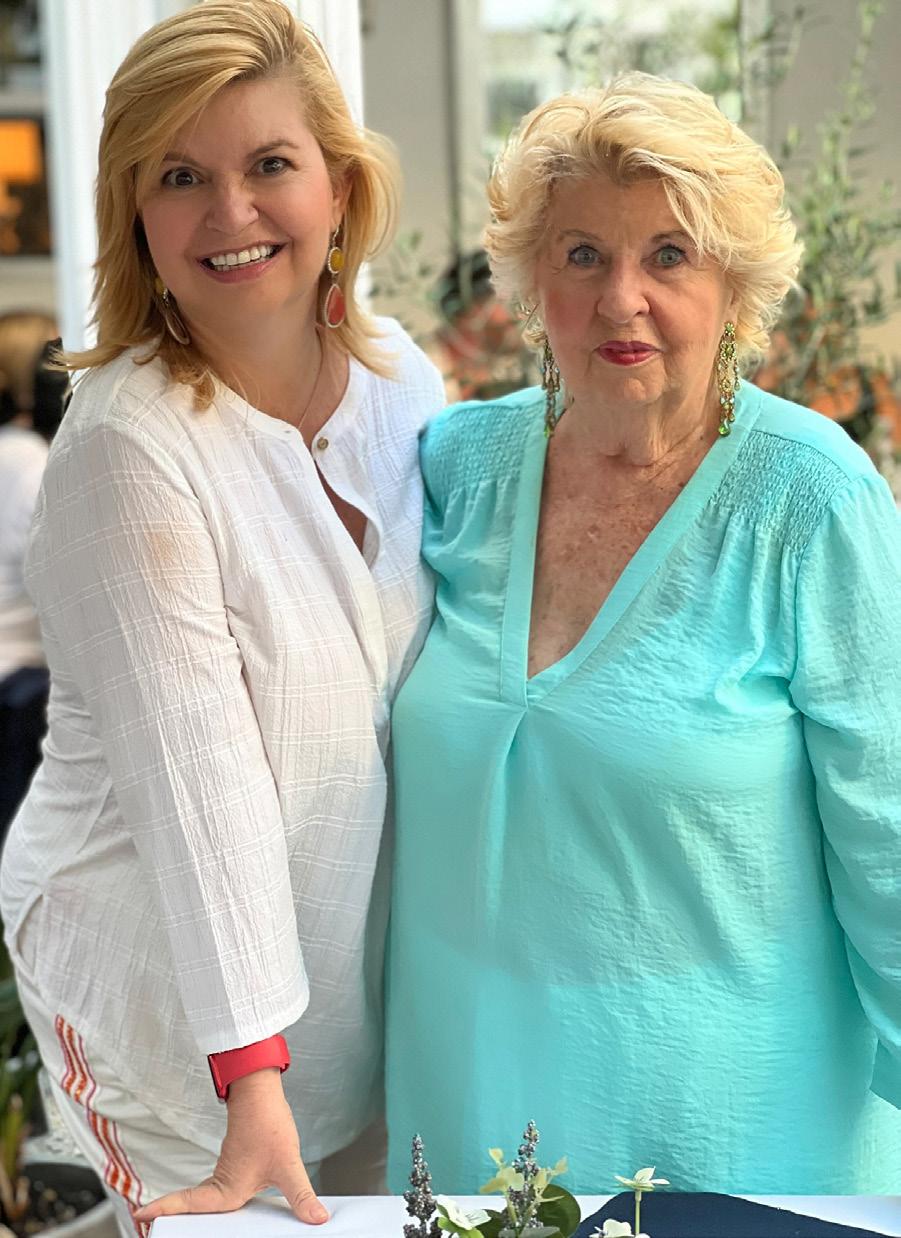
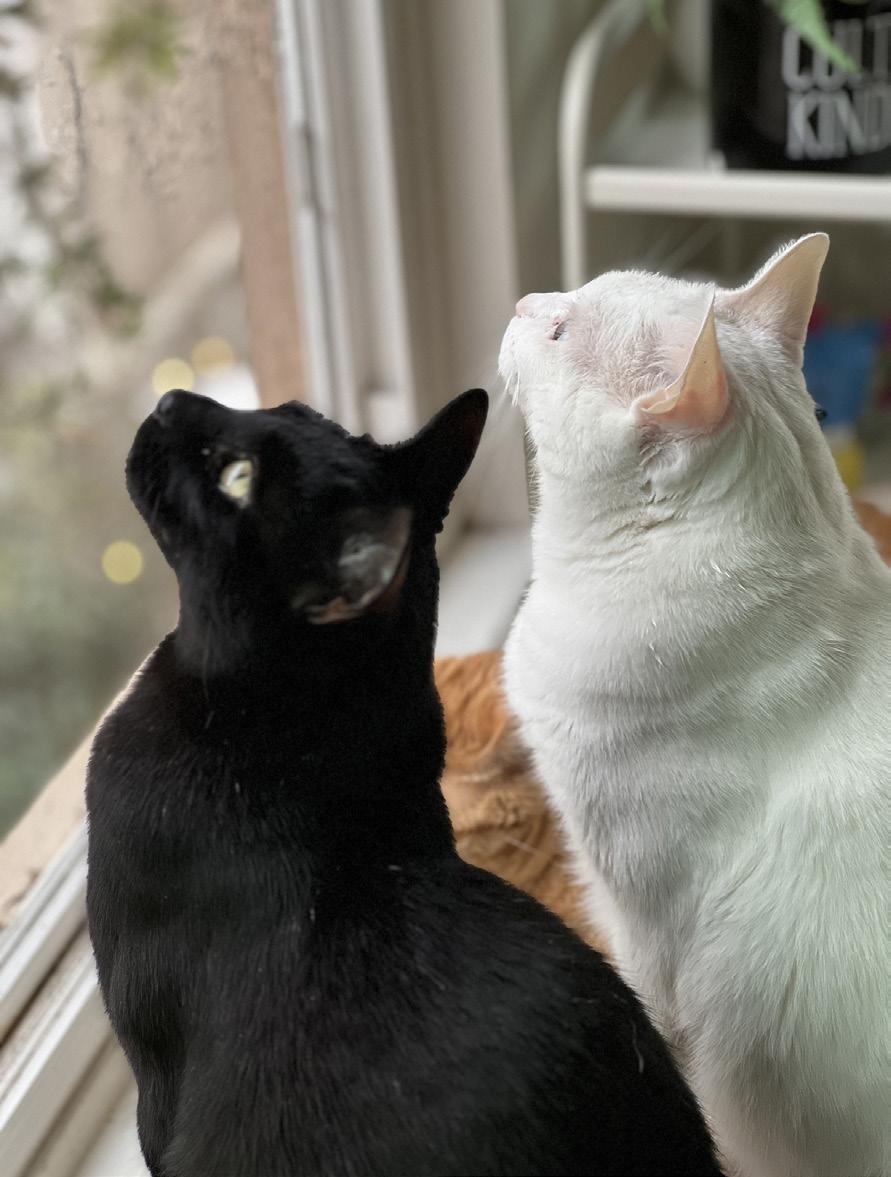

When do you hope to see its completion? Where can people watch it? When will it launch?
Because we are financing it solely with sponsors and donors, we are shooting one episode at a time. We hope to be finished by Spring 2025, but we will have a big reveal party in early January 2025 to show our pilot episode. We have yet to decide where it will be seen. We have many offers, and we want to make sure we find the right home for it so we can impact as many people as possible (and hopefully increase fostering and adoptions worldwide).
How can viewers help support and fund Rescue The Rescue?
We have a website https://www.rescuetherescue.com, where viewers can donate money to the featured rescue organizations, nominate a rescue for an upcoming episode, or contact us to fund a future episode.
You also have a podcast called The Heart of Showbusiness. What have you learned about yourself through your podcast?
My podcast was created during the pandemic to inspire artists never to give up. We often hear the success stories of big celebrities but not the ones of those who work consistently in front and behind the camera. My focus was on personal journeys of overcoming obstacles and finding purpose. I learned something from every guest on the Show. The common denominator is that we are not as different as we think. We all want peace, love, connection, and inspiration, and we want to feel that our lives do not go to waste. Talking to these amazing humans validated all that. Together, we are stronger.
You have been in the business a long time. Do you have one story you’d like to share that changed your career trajectory?
When I made my first movie as a Producer in 2004, I discovered that you need to become a conscious leader to get anything done. I knew
I had it in me, but because I changed from selling movies to producing them, I had doubts that I would not be taken seriously. Then I reminded myself I made my first million dollars at the age of 20 because I could sell anything in the room. If I could use that power to unite a team of creators and my business sense to make everyone on a set feel safe, validated, and valued, I would be okay. When we screened the film, I cried, and I knew this was my path.
How do you juggle your career and your love of animals and animal rescue?
I am a master juggler because I know that success and financial freedom will allow me to give more and help the world. And I apply my own book chapters to my life. After all, my big dream is to buy land for many animal sanctuaries. I might even live in one when I retire.
Name one thing you can’t live without.
My three cats. Best de-stressor and therapy in the world.
Name one person, famous or not, who inspires you to continue being the strong woman that you are.
My mother. She brought us to America with nothing when I was a teenager. She believed in pursuing excellence, living with integrity, being kind to everyone, and never dreaming big.
Please share with us any upcoming projects you are working on. I am working on a series based on my mother’s life, who attended a top finishing school in England in the 70s. It’s my way of honoring her legacy. Also, I am working on a thriller that brings up the effects of PTSD on Veterans and a big adventure film with lots of underwater that will create awareness on saving our oceans and doing something about climate change.
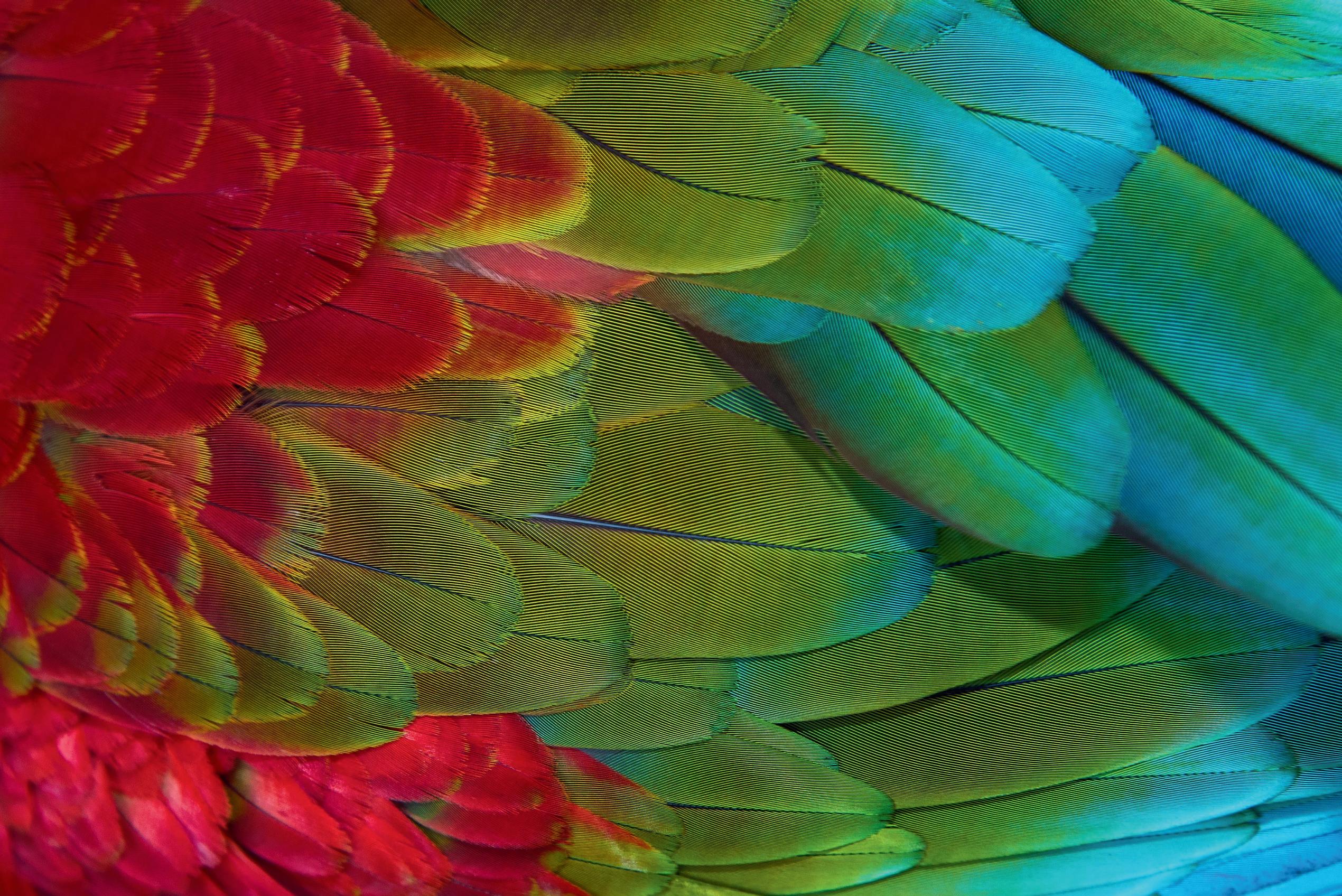





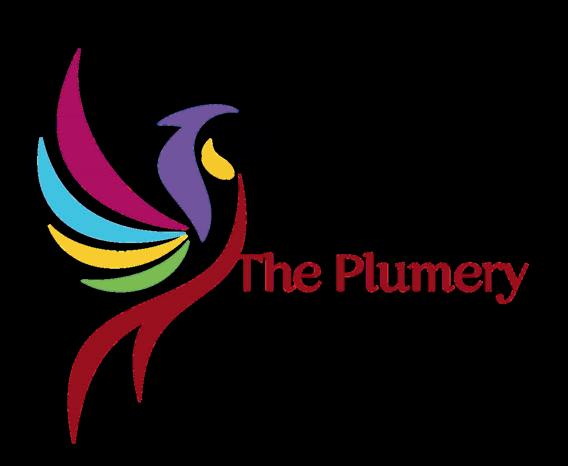
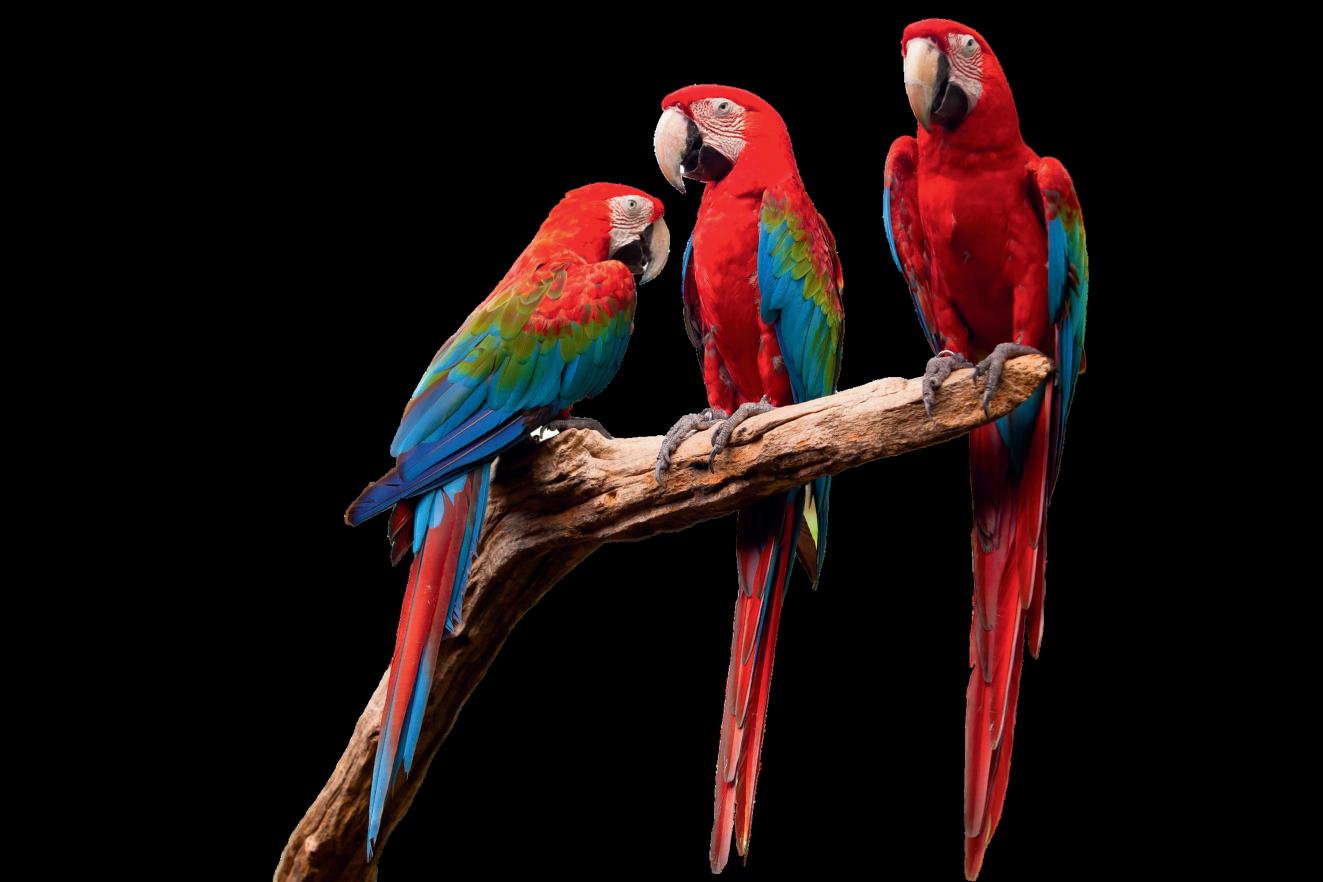
by Carl G. Schowengerdt

We live in a cocoon on a planet that is unique in the universe, providing an environment that has produced our particular form of life. So far, we have found no planet exactly like ours, anywhere in our universe, providing this environment that has allowed our particular form of life to develop and survive.
Earth has a rotating molten iron core, which produces an electromagnetic shield that surrounds it. That magnetic shield protects us from the searing radiation blasts of a constant massive nuclear bomb going off 93 million miles away. It’s just the right strength to keep us from being reduced to ashes from that nuclear blast while at the same time allowing enough energy to filter through it to sustain life. Our planet is just the right distance away from that constant nuclear bomb, protected by our electromagnetic shield of just the right strength so that we can maintain a thick blanket of atmosphere around our planet, allowing us to breathe the oxygen it contains. We need that oxygen to produce energy with our own internal combustion processes and develop it in the form we have assumed. Our planet is just the right distance away from that constant nuclear blast, protected by our shield, to have water, which is necessary for all life.
But look at where we are right now. We are a gasoline-dependent civilization. Every gallon of gasoline weighs six pounds. Ninety per-

cent of that gallon is carbon, all used in the combustion process. Since an oxygen molecule weighs 1.33 times as much as a carbon molecule, every five pounds of carbon in a gallon of gasoline is combined with fourteen pounds of oxygen to produce nineteen pounds of carbon dioxide.
Now consider this: the average vehicle in the U.S. gets 22 miles per gallon and travels 11,000 miles during the year. That means each of us is putting about 10,000 pounds of carbon dioxide into the atmosphere of our planet each year. Now add in heating and cooling our homes and workplaces, lawnmowers, and leaf blowers. Each of us is pumping metric tons of carbon dioxide into our atmosphere every year.
Meanwhile, our forests — those factories that absorb our carbon dioxide and produce oxygen for us to breathe, are being slashed, burned, deforested, and eliminated. Large sections of our great lakes are now filled with toxic algae blooms, poisonous to humans. In some communities our children have high lead levels in their brains, dragging down their intelligence and ability to cope for their entire lives. Harsh chemicals discharged from our mines and manufacturing plants are causing large fish kills in our rivers. The largest predator fish in our oceans carry high levels of mercury and other toxic heavy metals. Our oceans, the major source of our oxygen supply, have become massive garbage dumps for plastic trash.
Further, we are still working from such basic instincts, as human animals, that many of our actions are based on fear and greed — which becomes expressed as violence. We take what we want, and to justify this internecine, antisocial warfare, we use differences in appearance, customs, color, and ancestry to commit ethnic cleansing and genocide. We also use our religions as convenient scapegoats to commit violence against other humans.
When all this pollution is added together on our only home, it’s not a pretty picture. If we do not change our ways quickly, our planet will rapidly become polluted and consumed to the point it will no longer sustain us easily. At this rate, our species will soon struggle to survive or cease to exist.
The folly of switching planets
There are many who say all this pollution and destruction of our resources is okay and that when (not if) this planet becomes unlivable, we can simply establish human colonies on another life-sustaining planet or moon. My immediate thought is that they’re insane, but I know there’s more to it: they’re simply ignorant of the facts of life. There’s only one home where our particular life form can survive in any great number: Earth.
It may be nearly certain that other places in the universe have life, but they also certainly have different energy sources, substrates, and probably other forms of water. The life they sustain will be totally different from ours; their habitat will be inhospitable for humans. None will offer the same circumstances that we have on planet Earth. We can’t live there, and we can’t get there.
As an individual, I can’t force other people to be kind to all other life, give up religious mythologies as an excuse to kill, love their neighbors all over the world, or use their resources wisely. But I can do two things. I can express myself by writing letters and Op-Eds and writing books on morals, ethics, and religions — with the hope that they will provide some guidance for readers on better managing their own
lives. I have written our governor, senators, and congressman, pleading with them to pass reasonable gun control laws, barring assault weapons for public use.
I can also conserve planet resources as much as possible and pollute as little as possible. I’ve planted over 100 trees and bushes in my yard, surrounding me with other life, furnishing oxygen, and absorbing carbon dioxide. In our house, we wash, dry, recycle, and reuse all saran wrap and plastic bags 100 times or more, and when they are no longer useable to preserve food, they go in the recycling bin. We’re diligent about organizing our recycling.
We save energy by using double-pane windows with storm covers. We have a 30-panel solar system on the roof, which sends electricity down to a converter in the basement — the power generated means our electric meter goes forward or backward, depending on our needs and the grid’s needs. We have geothermal heating and cooling attached to 750 feet of buried pipe in the backyard that circulates water with methanol, taking cool from the ground in the summer and warmth in the winter. We use an attic fan to cool the house efficiently, rather than using the geothermal unit on moderate days. We have a 240-volt line to charge a plug-in hybrid car, usually twice a week for two hours. Over the last six years that same car has averaged 134 mpg.
Considering the initial cost of all those items, as opposed to the several hundred dollars in utility bills saved per month, there is probably no financial advantage to their presence, but there is a huge environmental advantage. I have children, and my children are now having children. I want the children of my children and your children to have a home — the only home they will ever have — planet Earth. I want to do everything I can to ensure it’s a decent place to live, not a trash heap where they have to scavenge to survive. Imagine what would happen if everyone got to make those changes — and instead of fantasizing about colonizing a faraway planet, we all got to work on our own.
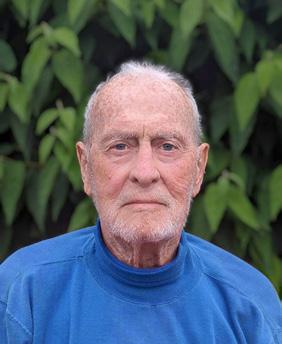
Carl G. Schowengerdt is a retired surgeon who grew up in a family of daily religious and ethical discussions. His father was a Methodist minister, and his brother was a Methodist bishop. Schowengerdt instead studied medicine, became a physician, and practiced surgery for 40 years, specializing in lung and esophageal cancer and family practice. He chaired the Ethics Committee for Genesis Health Systems, was medical director of the Genesis/James cancer unit and Rambo Memorial Respiratory Health Clinic of Muskingum County, and was president of the nonprofit Appalachian Primary Care. His new book is Human Ethics.
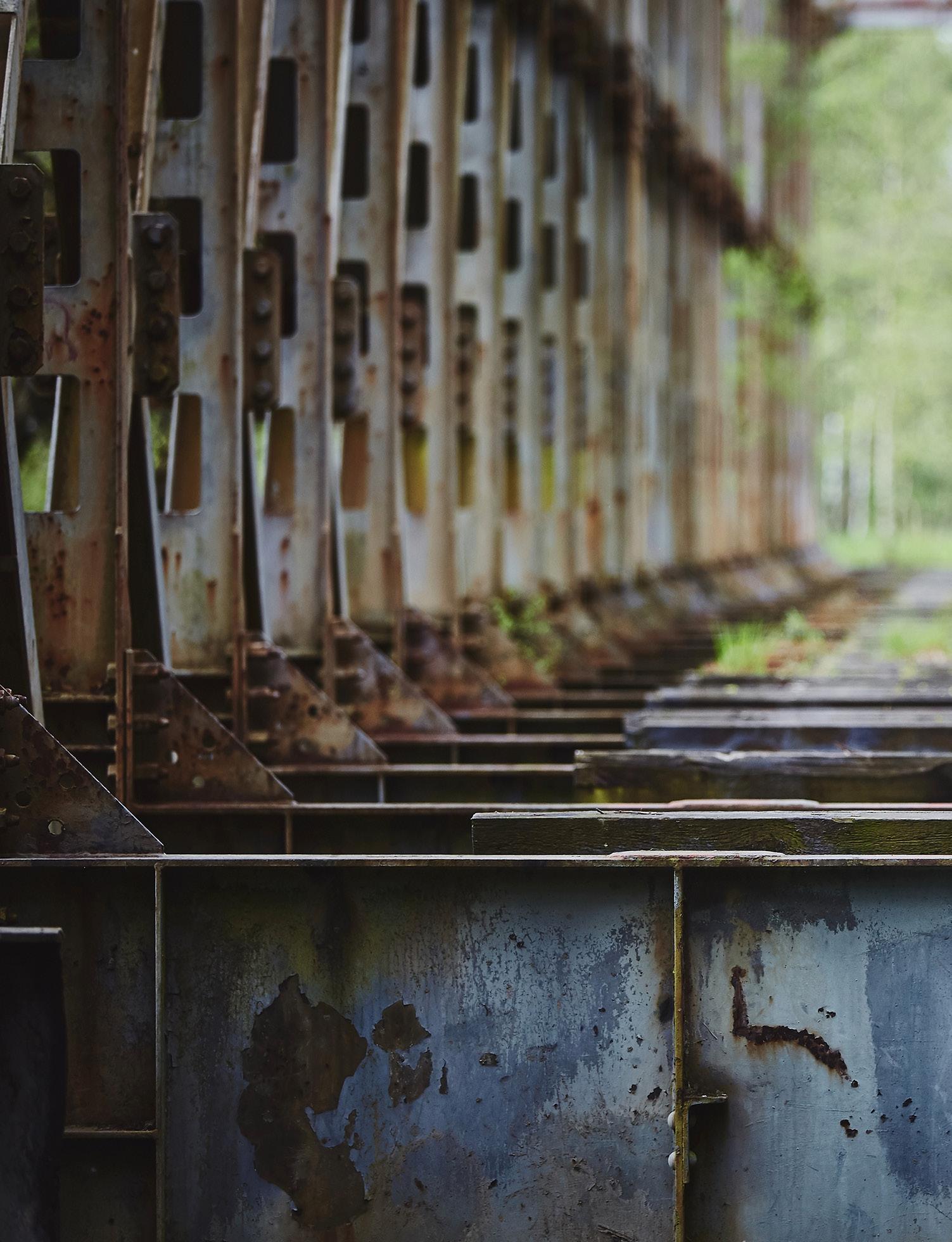

by Shari Leid
Connection and companionship are the essential elements that bind our lives together. However, recent findings from the May 2021 American Perspectives Survey reveal an unsettling disintegration of these bonds. Americans now confess to fewer intimate friendships, reduced dialogue with companions, and a diminished reliance on their social circles for personal solace. Concurrently, the CDC’s harrowing statistics, spanning from 2007 to 2021, disclose a distressing surge of 62 percent in suicide rates among young Americans aged 10 to 24, echoing the silent cries of Loneliness and desperation. Then, in May 2023, the resonant voice of U.S. Surgeon General Dr. Vivek Murthy resounded through his report, shining a piercing light on an epidemic gripping one in every two American adults—the epidemic of Loneliness. Like a whispered secret echoing through the corridors of society, Loneliness emerges as a silent adversary, demanding our attention and collective resolve.
As someone deeply immersed in the realm of friendships, I feel a profound sense of urgency to equip individuals with the necessary tools to combat the pervasive epidemic of Loneliness that is silently corroding the fabric of our soci-
ety. With the landscape of social dynamics shifting, particularly with the rise of remote work and the transitional phases after leaving school, intentional actions are imperative in maintaining and fostering connections. Yet, the challenge lies in the lack of guidance and instruction on how to navigate these waters. Hence, I begin with a story of a friend who has moved several times in recent years and who is able to find community everywhere he goes – sharing his strategy and eight more suggested strategies, each a potential avenue to explore in the pursuit of forging new friendships and alleviating Loneliness. Recognizing that the journey to finding companionship is nuanced and multifaceted, it’s crucial to acknowledge that it’s not a one-size-fits-all endeavor. Rather, it’s a numbers and action game where persistence and effort are paramount. Some friendships may flourish effortlessly, while others may require more deliberate cultivation. Embrace the process, try different approaches, and with each attempt, you’ll inch closer to discovering your own unique formula for meaningful connections. Also, while attempts could feel awkward at first, especially for those of us who identify as introverts – repetitive baby steps are the key to moving forward and will, over time, start to feel more natural, and the payoffs are immeasurable.

Instead of striving for perfection or expecting constant validation, embrace the authenticity of each unique friendship.
On a recent trip to Portland, Oregon, I caught up with my friend, who has lived in three different cities during our seven-year friendship, moving each time for work. Yet, amidst his adventures, he never grapples with solitude or a drought of friends. He possesses a remarkable knack for embedding himself into the very heart of any community.
Hailing from Memphis, my friend shared his recipe for effortlessly settling into new surroundings. His parents had imparted golden advice, which is so fabulous that it makes the top spot in my list of strategies to fight Loneliness:
1. “Whenever you start anew, tether yourself to a medical association – typically, a non-profit, a health club, and an arts-focused organization. These hubs are vibrant with diverse souls.” And indeed, it proves fruitful!
Action step: Get involved in your local community by joining a nearby gym or fitness center. Additionally, consider volunteering or attending events hosted by the non-profit arm of a medical center. Lastly, explore local art-related events or join committees or boards of organizations, such as museums, fashion events, or shows.
2. Similarly, charting a course to combat Loneliness entails a pragmatic approach. Imagine committing to attend a local book club or hobby gathering at least once a week. This regular engagement not only establishes a rhythm but also increases the chances of forming lasting friendships.
Action step: Join a book club at your local library or bookstore. Attend their monthly meetings and participate actively in discussions. After the sessions, linger for a while
and initiate conversations with other members. You might discover new literary companions who share your passion for reading.
3. Amid mundane interactions, a simple gesture can bridge souls: the smile. Imagine brightening your day with a playful quest—how many smiles can you gather? Each smile holds the potential to spread joy and connection, easing both your own Loneliness and that of others.
Action step: As you go about your day, make it a habit to smile at strangers you encounter, whether at the grocery store, on public transportation, or while walking in the park. You’ll notice that typically, people smile back – smiles are as contagious as yawns!
4. Call someone new. In a world dominated by digital communication, genuine phone conversations hold a unique charm in dispelling Loneliness. Unlike texts, phone calls allow emotions to flow through tones and pauses, offering a more rapid feel of connectivity than a text message or email.
Action step: Instead of sending a text message to start a conversation with someone new, pick up the phone. Engage in conversationhearing each other’s voices can trigger feelings of closeness and trust and it is a sharing of time, which is one of the greatest gifts you can give, providing the perfect foundation for a new friendship.
5. Phone calls can also deepen existing friendships. Imagine someone living alone, eagerly awaiting a weekly call from a friend. It’s more than just catching up; it’s a lifeline, reassuring them they’re not alone. The sound of a familiar voice can elevate spirits and provide comfort, bridging the gap of solitude.
Action step: Schedule regular phone calls with a close friend or relative who lives far away. Set aside a specific weekly time to catch up and share updates about your lives. Knowing that you have a standing appointment for meaningful conversation can alleviate feelings of isolation and strengthen your bond.
6. Participating in group gatherings, such as Meetup events, provides structured opportunities to bond over shared interests. These gatherings cater to a wide range of hobbies and activities, fostering a sense of belonging and community.
Action step: Explore Meetup groups in your area that align with your interests, whether it’s hiking, photography, cooking, or meditation. Attend their organized events and activities, mingling with like-minded individuals who share your passion. You can expand your social network and cultivate new friendships by engaging in group settings.
7. Redefining friendship as simple bonds of affection and esteem can relieve the pressure on relationships. At its core, friendship is about caring for and respecting one another rather than meeting unrealistic expectations. Focusing on these fundamental aspects of friendship can alleviate the strain of trying to be the perfect friend and instead focus on genuine connections and shared moments of joy and support.
Action step: Reflect on your existing friendships and appreciate the unique qualities and strengths that each friend brings to your life. Understand that each friend won’t be that close ride-or-die type of friend, and there is value to casual friendships. In other words, instead of striving for perfection or expecting constant validation,
embrace the authenticity of each unique friendship.
8. Live with curiosity. If you feel nervous about what to say when approaching new people to strike up conversation, remember that approaching life with curiosity opens doors to new experiences and connections. Curiosity drives us to explore, ask questions, and seek understanding, fostering connections with others and the world around us. When we approach people with genuine curiosity to get to know their story, it naturally takes the manufactured pressure that we may put on ourselves and instead puts the focus on where it should be, getting to know our new friend.
Action step: Engaging in activities that pique our curiosity can lead to new friendships and personal growth. By embracing curiosity, we become more open to new experiences and relationships, enriching our lives and reducing feelings of Loneliness.
9. Join an online community. This may be the easiest first step for some people. Online communities can unite individuals with shared interests, transcending geographical barriers to foster connections and friendships.
Action step: Join an online community with active engagement and opportunities for in-person events. Attend an in-person event within one month of joining the community. Your initial online involvement will make the first in-person event feel more welcoming, offering a more comfortable experience than attending without prior interaction.
In conclusion, combating Loneliness involves embracing opportunities for connection, fostering genuine relationships, and approaching life with curiosity.
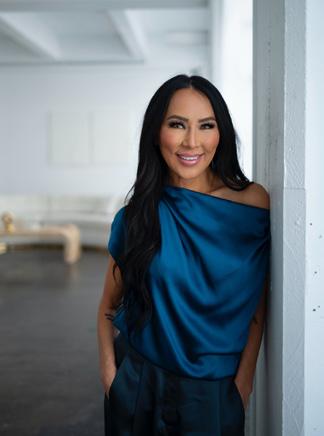
Shari Leid specializes in guiding clients who feel trapped in stagnation, empowering them to sculpt the life of their dreams. Renowned as a friendship expert and national speaker, Shari’s insights go far beyond individual coaching sessions. She’s been interviewed on major networks, including ABC, NBC, CBS, FOX, and CTV, and was profiled on the TODAY show.
She’s written for and shared her expertise with HuffPost, Real Simple, PureWow, AARP, Woman’s World, Toronto Sun, and Shondaland.
She’s the author of The Friendship Series, and her fourth book, Table for 51, will be published in February 2025.
